| Traversing the Chilean/Argentine Puna, Part II |
This post covers the second part of our Ruta de los Seis Miles odyssey. Where the northern half was 18 days riding for us, the 526km southern leg from Fiambalá to Guandacol was a much shorter 9 days.
While the highlights of the southern section are no less spectacular than those of the north, overall it’s an easier ride on better surfaces, but still with the omnipresent challenge of high altitude passes, exposed country and windy afternoons.
For a summary of our thoughts about preparation and equipment for Seis Miles, see our previous post.
Days 1–3, Fiambalá to Balcon de Pissis
After eight days of rest, eating, Christmas, gear maintenance and blogging in Fiambalá we set out on the morning of Dec 27th with ten days food, anticipating that the ride might take 9 days. In the end we were slightly faster than expected and reached Guandacol, at the end of the route, at midday on day 9.
The whole of day one was paved, but very hot. While the break in Fiambalá had rested our minds, not so our bodies. Whether it was the relentless heat while we were in Fiambalá or the fact that we had not recovered from our sustained 18-day effort, our legs felt terrible for the first two days back on the road and after day one we all had quite sore legs.
We spent the first night at Refugio #1 on the Paso San Francisco Highway. These A-frame refugios have space to sleep 3-4 people on the floor, or are useful as cooking shelters out of the wind. The route passes two on the Paso San Francisco highway and then a further two on what would be day three for most people on the route. Once the route reaches the Paso Pircas Negras highway a few days later, there are two more historic stone refugios built in the late 1800s. There is water available from the stream approx 200m west of the refugio.
Day two saw us climb further on the pavement and then turn onto the dirt road that felt as if it signified the start of Seis Miles Sur proper, but on this day, with sore legs and our energy low from the hot start the previous day we climbed only to the marked water source at 3810m and called it a day. By that time an intense thunderstorm was rolling down the valley from above, bringing hail and snow so we were happy to throw up the tents and hide inside while it passed over.
On the morning of day three there was no warm-up as we continued the climb on a good road towards the first pass of the route at 4540m. By now our legs were feeling better and the riding was enjoyable. From the pass we dropped down to the refugio for lunch and then continued all the way to Balcon de Pissis for the night. We put in a long day to reach this amazing place so as to be well positioned for photography in early morning light.
The balcon is a very exposed place with relentless afternoon wind. We arrived about 7pm hoping to find shelter but there is nothing prominent to hide behind. After some searching we finally headed to a low sloping boulder (the biggest thing around) and used that as the base to build a rock wall that we could sit behind to cook dinner. The wind dropped enough around 9.30pm to pitch tents and in the end we had a good sleep.
Days 4–6, Balcon de Pissis to Pircas Negras Border Post
We rose early at Balcon de Pissis to catch the pre-dawn light for photography, but the best light was actually a little later (between 6.15–6.45am) once the sun rose enough to hit the expansive basin below Volcan Pissis and brought the landscape to life with warm light and hard shadows.
This view and the following section was in our opinon the best part of Seis Miles Sur as the descent from Balcon de Pissis leads you down into a hard-to-comprehend landscape that’s remarkable in its scale, colour and features. The road through to the turnoff to Laguna Verde was not as sandy as we expected and was a straight forward ride (the road appears to have been graded). We decided not to detour to the lake (it would have been a strong headwind for the return ride), but ate lunch at the turnoff. But were we to do the ride again, it might be worth a short day from Balcon de Pissis to camp at the lake, as it does look like a very unique place.
Past the turnoff we continued up the spectacular canyon, where there was a temporary mining camp. We stopped to say hello and were offered a coffee and some crackers. The exploratory camp is there for the 19/20 summer but will be taken out for the winter.
We continued to the POI ‘Old Mining Project Camp’ hoping for wind shelter but there is nothing there except the flat spots where the camp was based. It was very windy and we were tired, so we detoured roughly 1km on the road that heads uphill to the SE and stopped to cook dinner in a gravel scoop by the road side. When the wind dropped at about 9pm we pitched camp at a site nearby with stunning views over the puna to peaks in the distance.
The following day was a classic Triple Pass ride, with the latter two passes both being just a tad under 5000m. The road surfaces were better than we expected and we were able to ride all of the passes. There were penitentes on the south side of the second pass but their melt water was insufficient to make the rivulets (POI) downslope flow enough to fill bottles. You could scoop snow off the penitentes if you were desperate for water. A long descent led down to the broad alluvial flats that descend gently to the camp on the ‘Camping next to a spring on a green grassy spot’ POI where there is a nearby spring. The pool was quite slimy but deep enough to fill bottles and the water tasted ok.
We were stoked to have somewhere that wasn’t a dust bowl to sit down and relax and it was New Years Eve, so we sat outside in our sleeping bags eating dinner and sipping whisky and café al coñac until the late hour of 8.30pm when the cold drove us into the tents and we went to sleep. Not long after we fell asleep we were disturbed by a loud piercing shriek, like a frightened bird might make, but louder and creepier. Wondering if we might have disturbed a resident puma or some other unknown creature of the altiplano we peered out of the tent door to discover an agitated andean fox (locally zorro culpeo) running in circles around our tents and continuing its screaming howl.
We were riding early the next day, but our anticipated early afternoon arrival at the combined Chilean/Argentine immigration post was thwarted by multiple thorn punctures (12) in Felix’s tyres, which took us two hours and several attempts to find (without water) and patch. Felix’s worn tyres had started to leach sealant quite badly on the Norte, so he’d decided to chance it and put tubes in them for the Sur. The minimal sand on the Sur made this doable because he did not need to run extremely low pressures, but there is a lot of thorny terrain on the southern half of the route. Tubeless is highly recommend for both the Norte and Sur. Once we reached the Pircas Negras highway it was an easy ride on poor quality pavement to reach the border post. The border staff were happy to accommodate us in their ‘hospedaje’ for the night after some paperwork and the open (and fast) internet was a bonus.
Days 7–9, Pircas Negras Border Post – Guandacol
We covered the 40 paved kilometres to Refugio Laguna Brava in good time and ate lunch there before making the long and barren ride to the penultimate pass of the route. The water in the pools just after the refugio tasted swampy but was easy to collect. It’s a straightforward ride but we were battered by strong sidewinds on the climb. By the time we crossed the 4450m pass a thunderstorm was brewing so we got a hustle on to collect water at the western-most of the two POIs and then rode down to the Refugio de Piedra with a ferocious tailwind. The refugio isn’t much – just a small rock cleft with a low ceiling and a stone wall to protect the front. It would be a good cooking shelter in a storm. We camped in front of it with partial protection from a stone wall and watched the thunderstorm throw showers down everywhere but our location.
The morning saw us climb to the final pass of Ruta de los Seis Miles and celebrate with high-fives as we knew the final challenge was now behind us. The rest of the day was spent mostly descending, although the afternoon brought a very strong headwind so it was not without a lot of pedalling. The spring by the side of the river at KM265 seemed to have been inundated by a river (salty) flood and we did not find water there. Late in the afternoon we arrived at the ‘Camping on the Yard of a Nice Family’ POI and asked to rest there for the night. The family were very accommodating, even offering us a room inside when it looked like it might rain. We camped under trees and revelled in the contrast to the puna: shade, birdsong, people, pets and grass to sit on. It was a very nice final night on the route. The family also gave us eggs and bread.
From there it was a very pleasant ride out to Guandacol on a route that is quite a classic ride in its own right, as the road weaves, climbs and descends through canyons and hoodoos towards the final straight gravel bash to town.
In Guandacol our Colombian friends were already checked into Las Jarillas de Guandacol, so we followed suit and, after ham sandwiches and beer in the plaza, checked in too. This travellers’ haven on the edge of town is perfect: with a pool, hammocks, kitchen and comfortable but affordable rooms and it’s run by a very affable couple who make their own fantastic wine. We celebrated that evening with copious amounts of beer and a fantastic asado put on by the Colombians.
The entire Seis Miles experience has been, by far, one of the most powerful of our three and a half years on the road. It’s been a fresh challenge, opened our eyes to an otherworldly landscape and region seen by few people and redefined remote riding for us.
Thanks to Taneli Roininen for documenting and contributing this remarkable route.
Do you enjoy our blog content? Find it useful?
Creating content for this site – as much as we love it – adds to travel costs. Every small donation helps, and your contributions motivate us to work on more bicycle travel-related content.
Thanks to Otso Cycles, Big Agnes, Revelate Designs, Kathmandu, Hope Technology, Biomaxa and Pureflow.

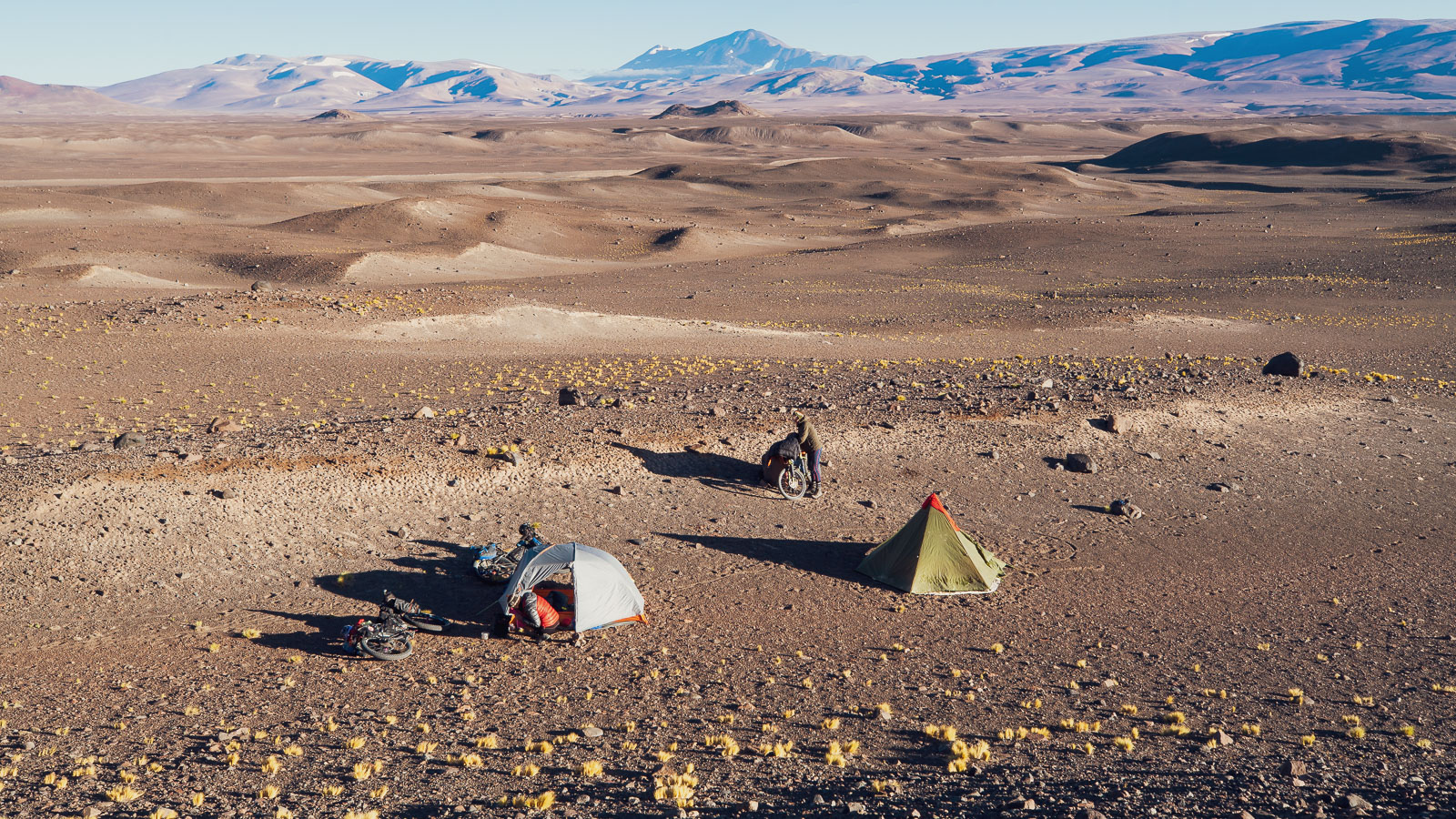
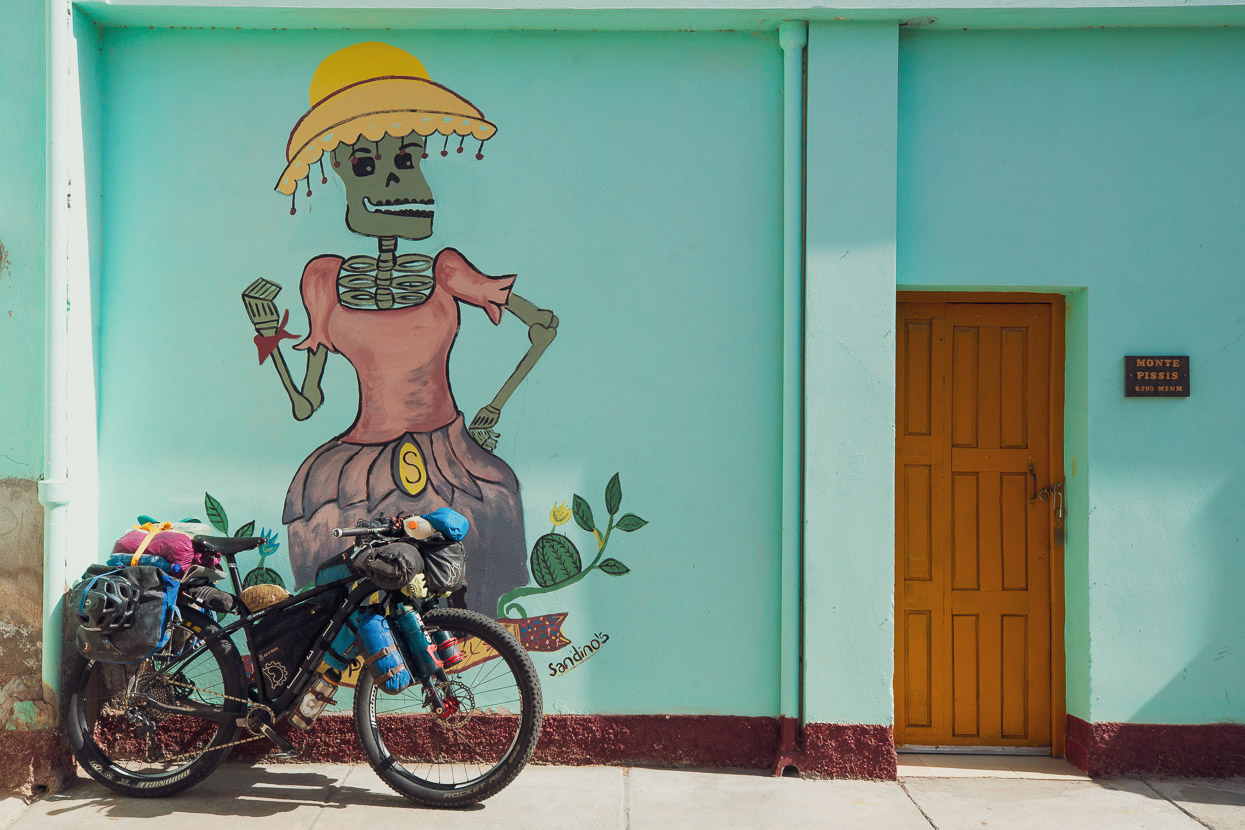
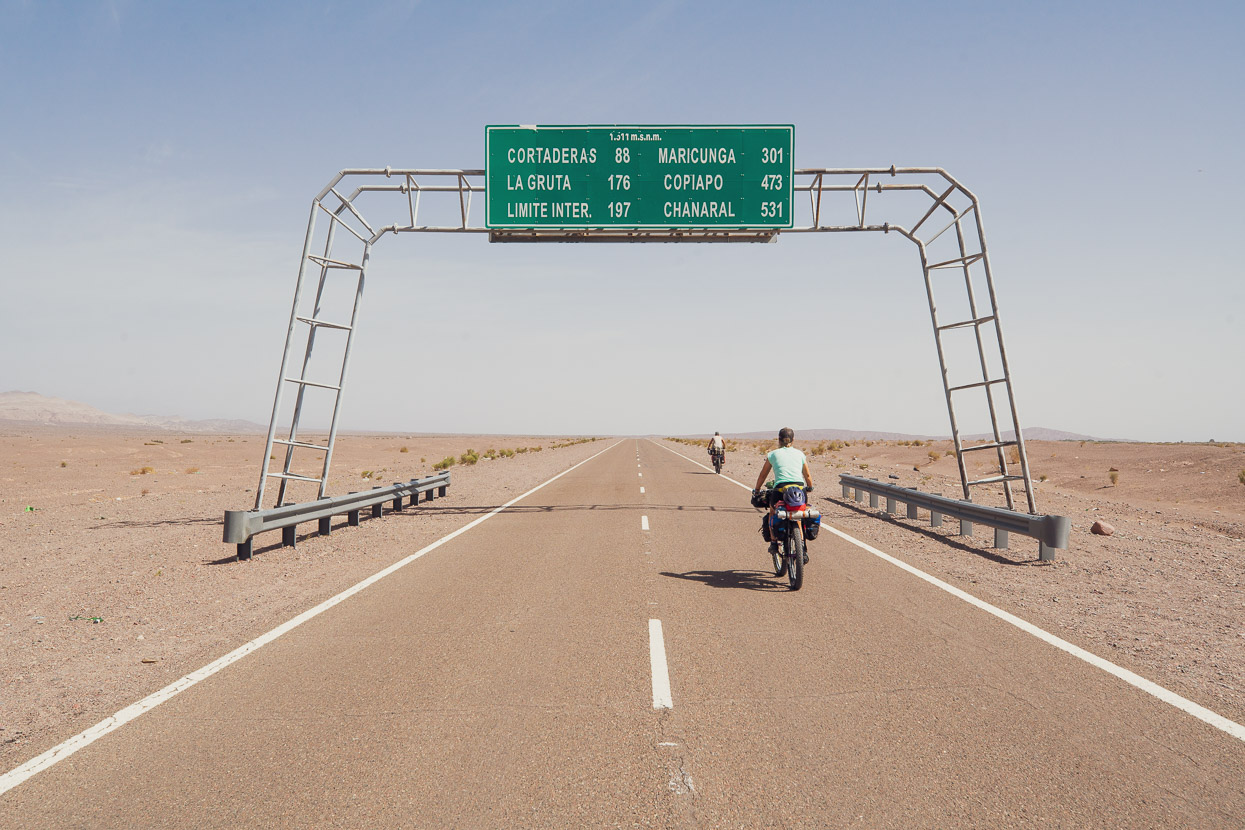
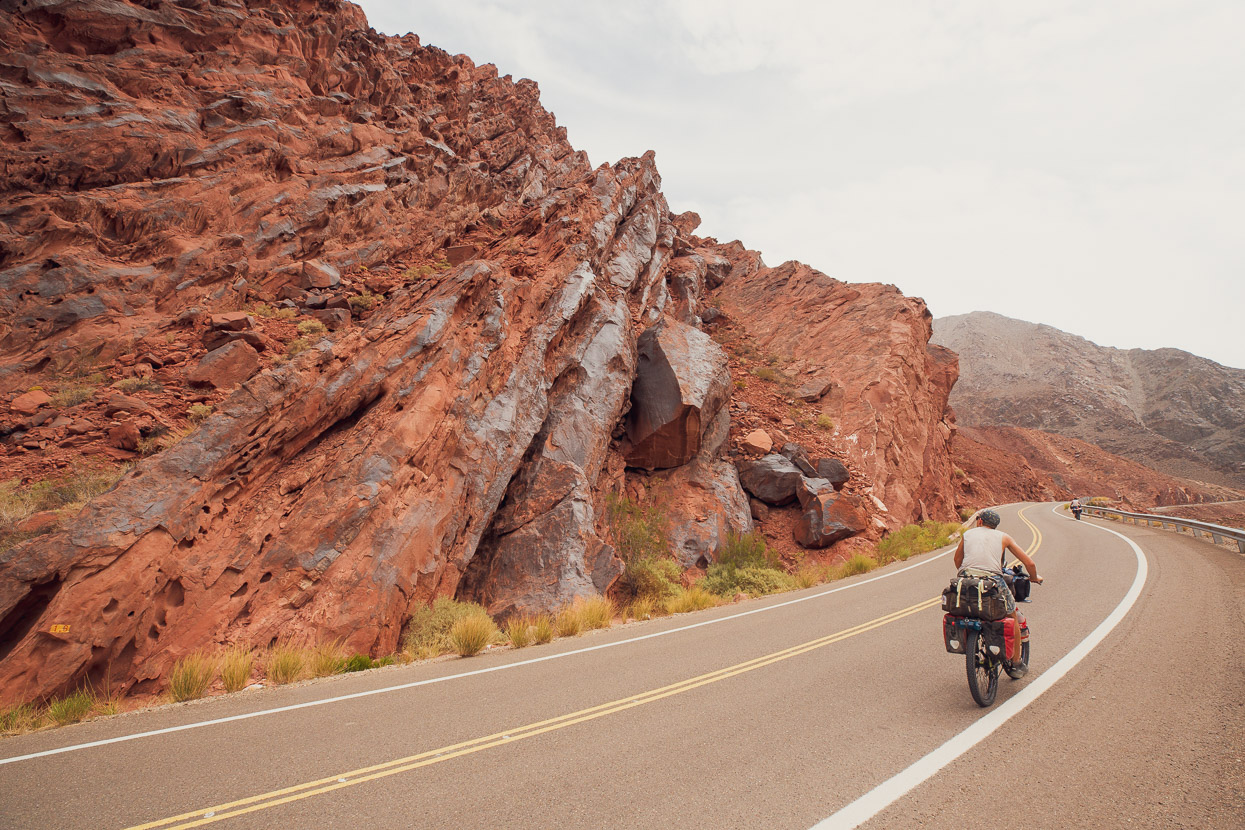
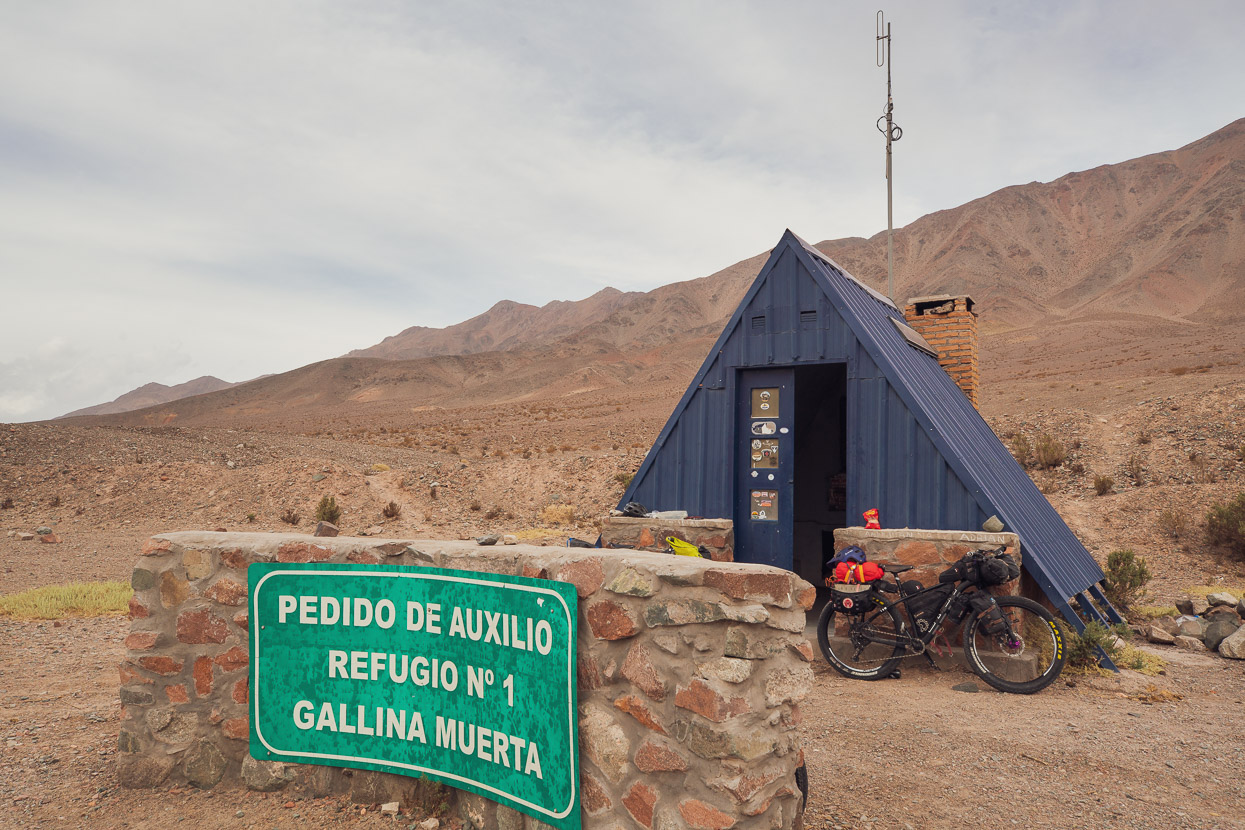
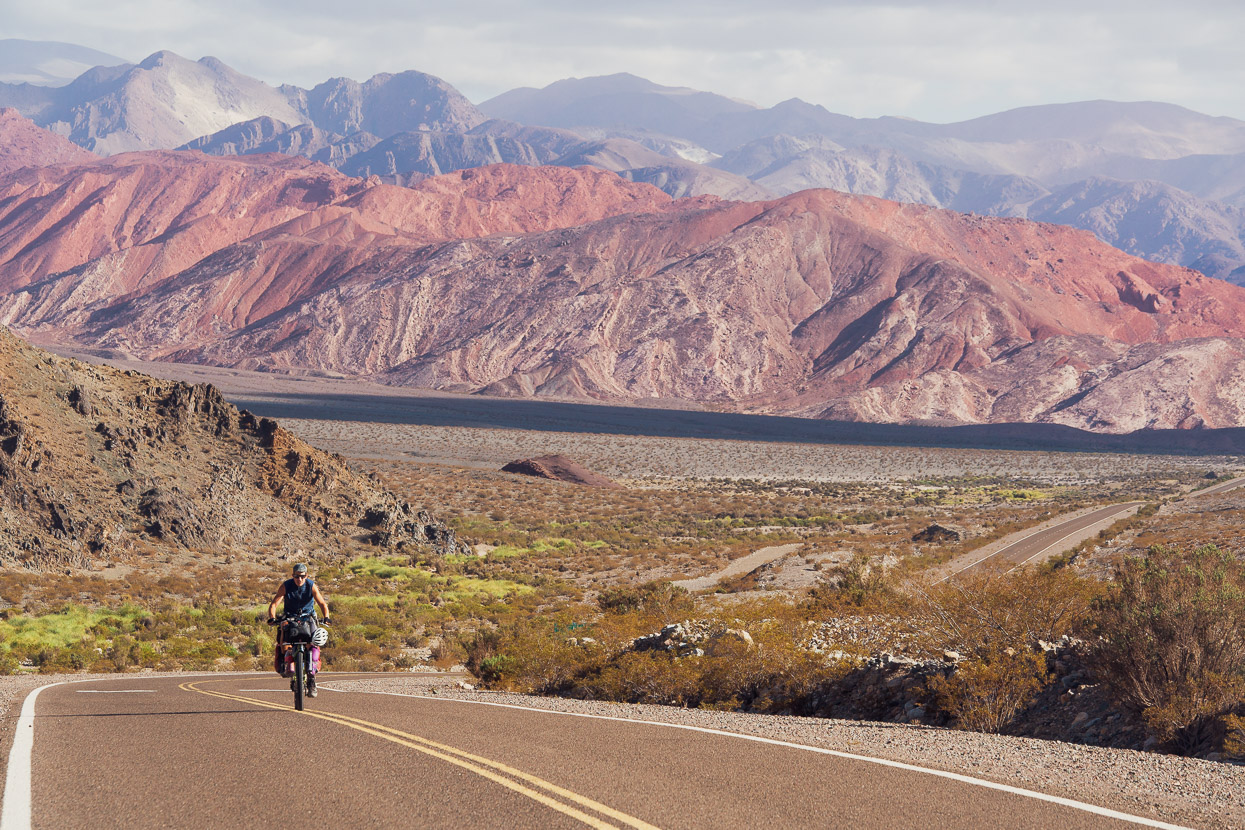
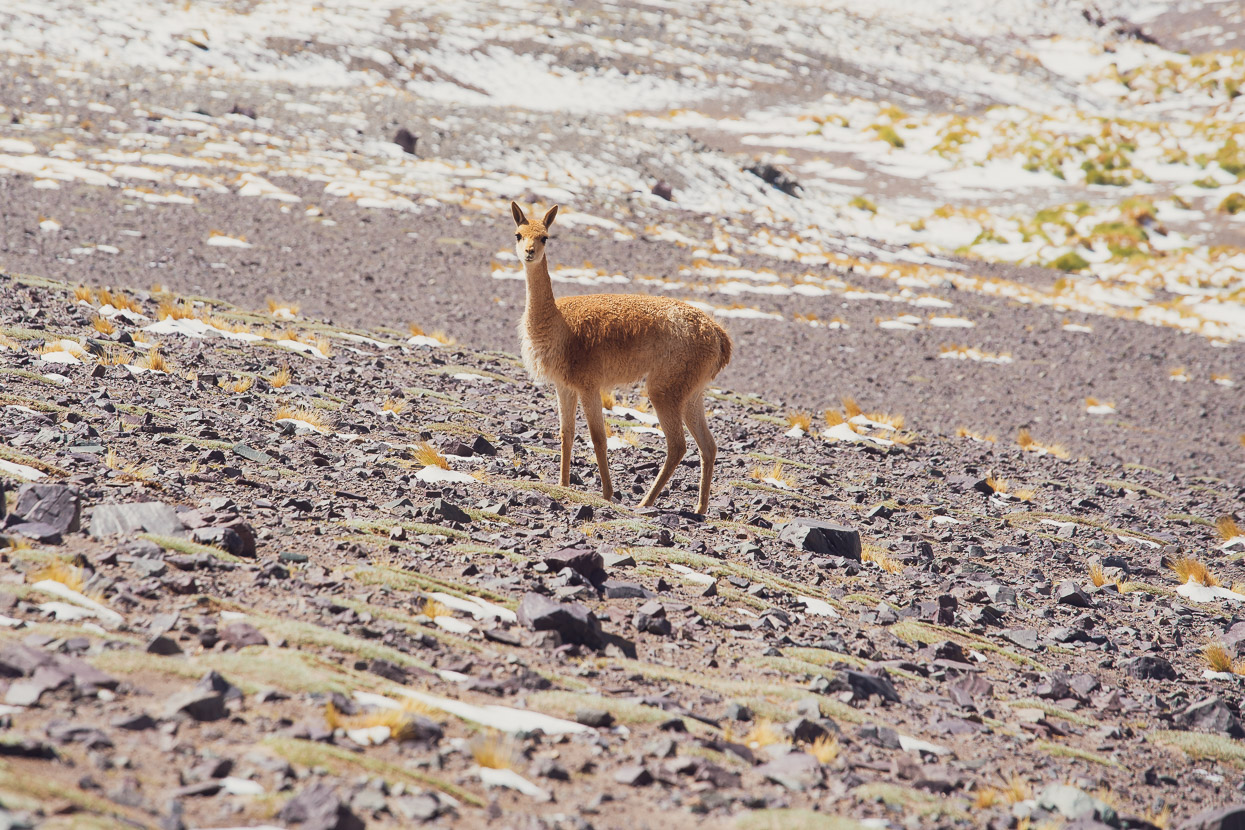
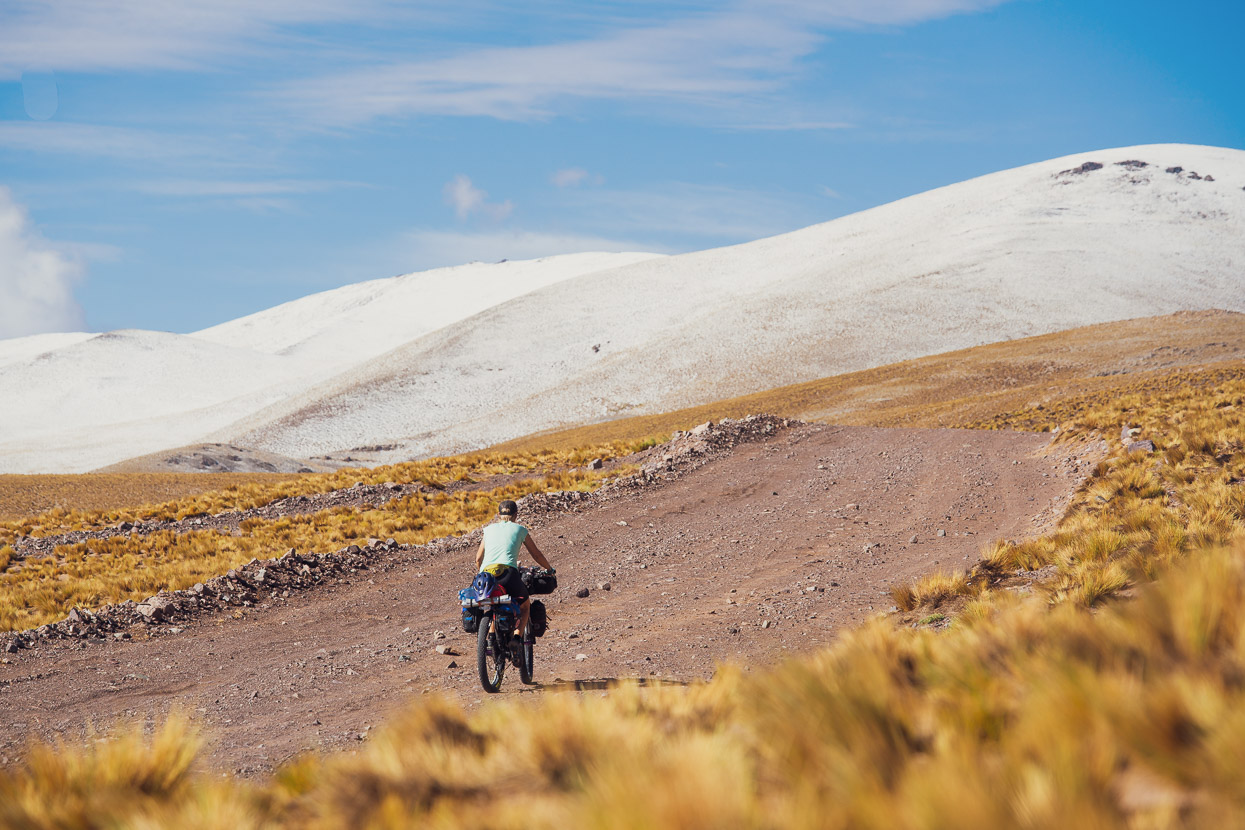
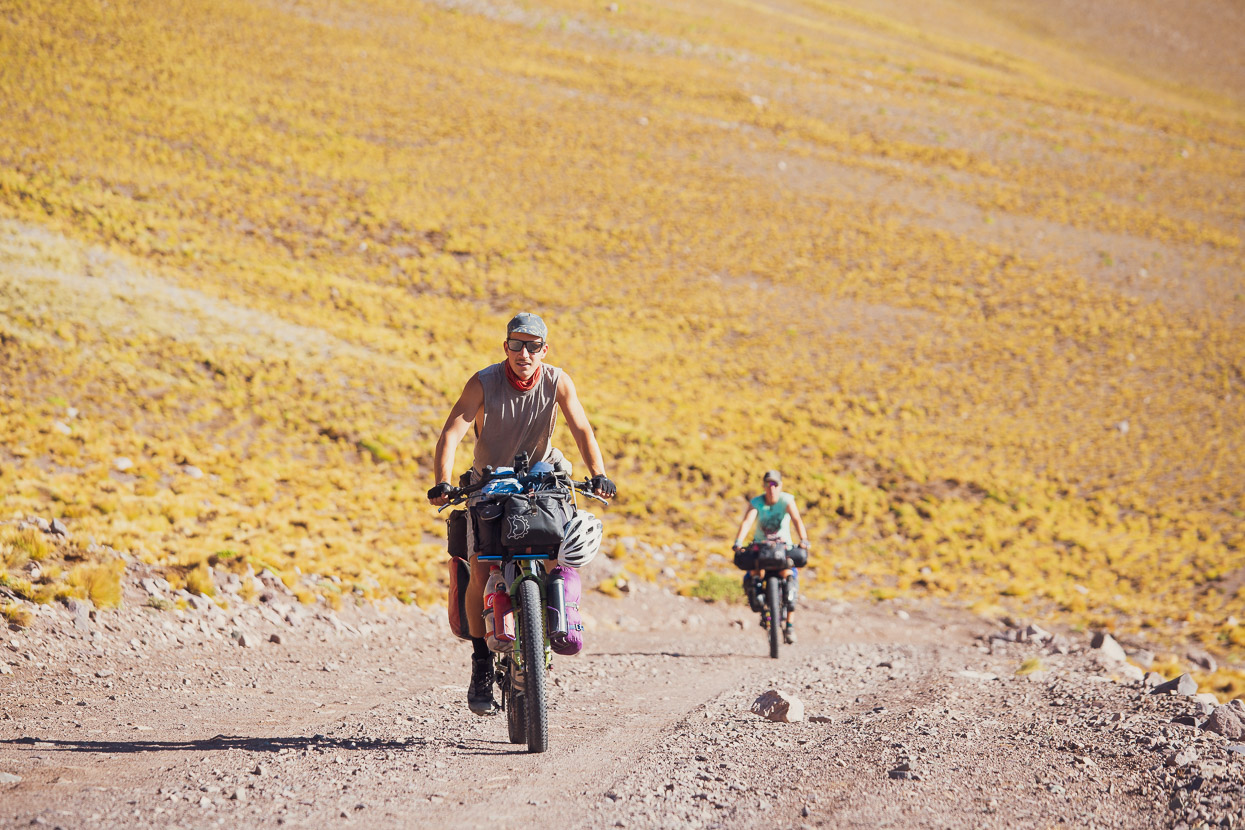
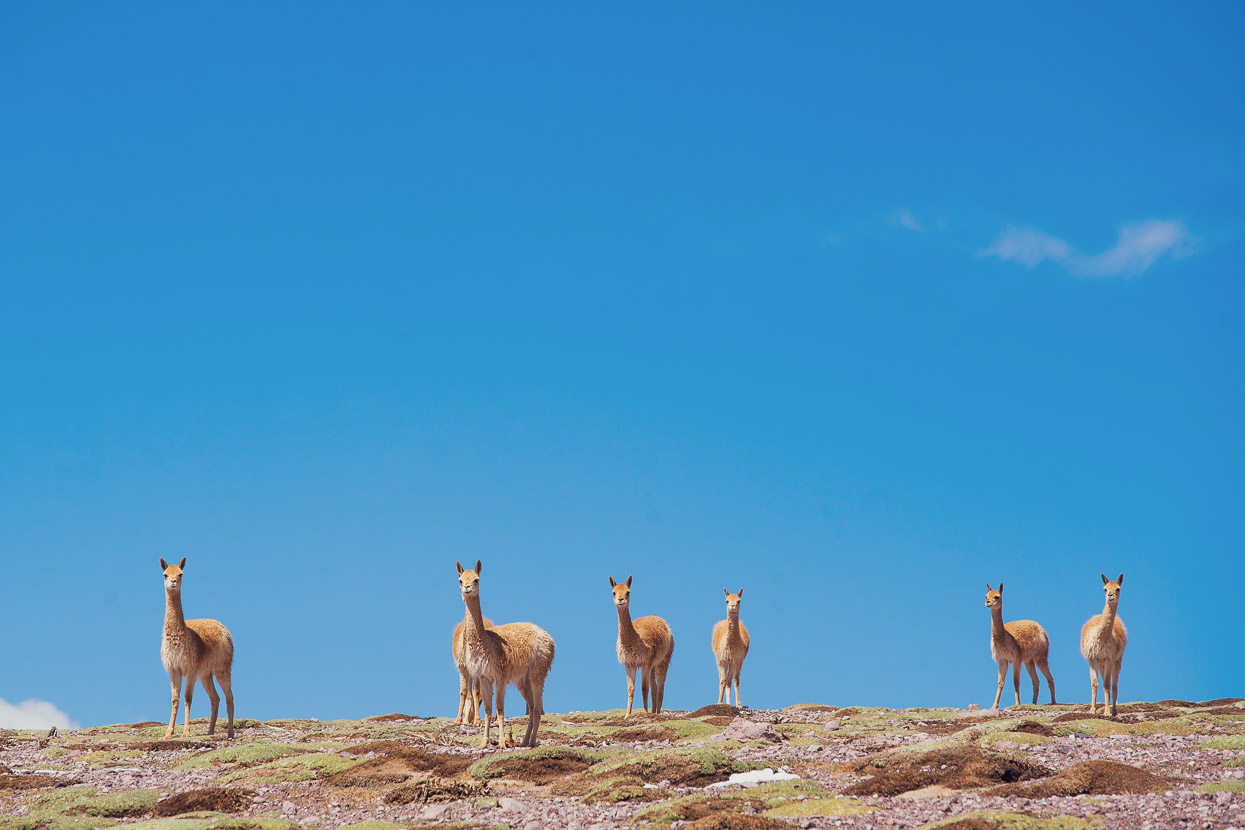
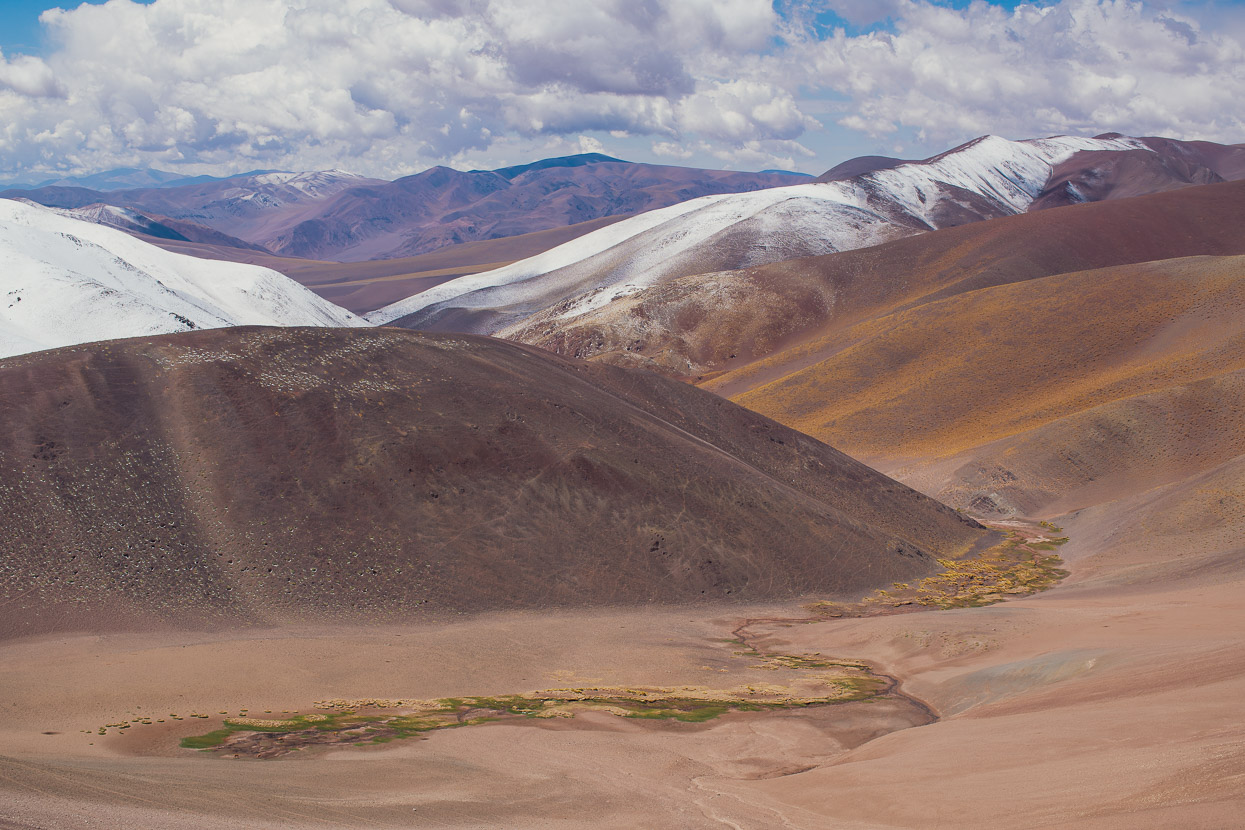
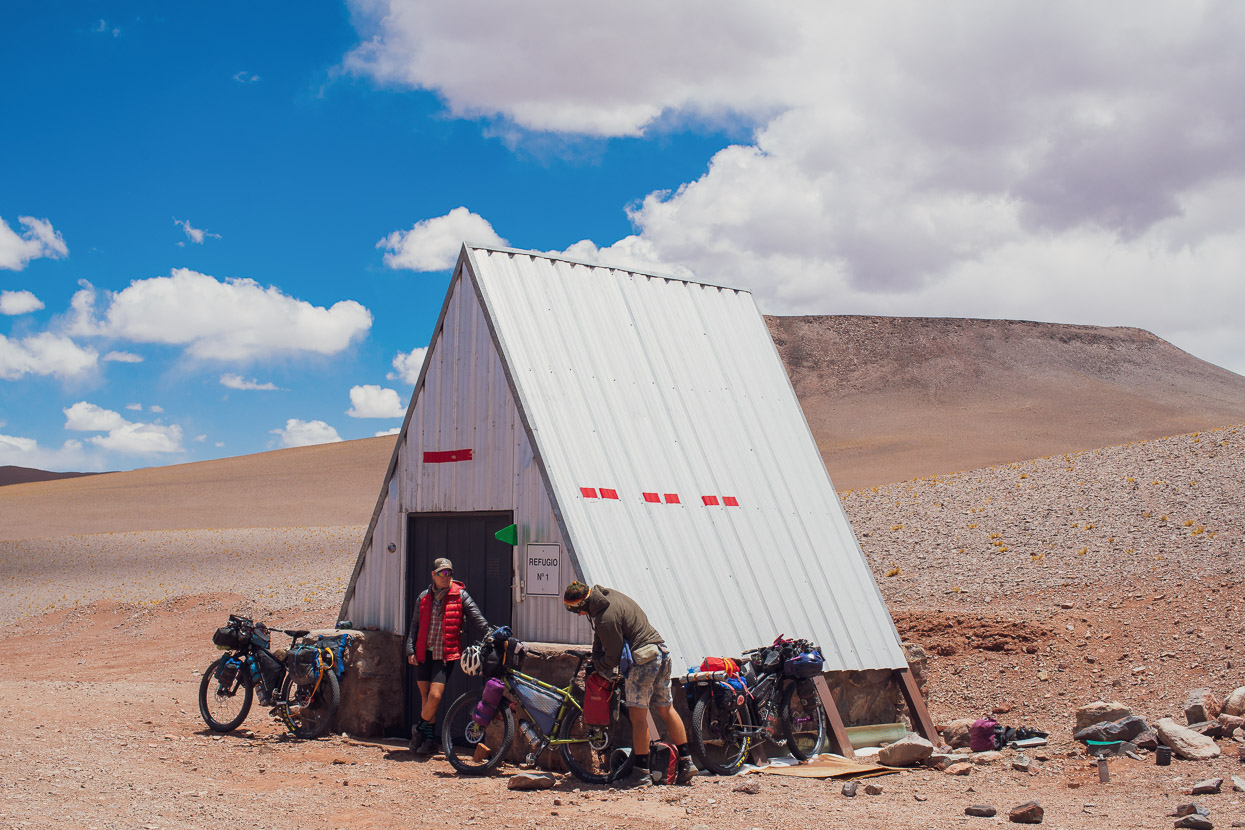
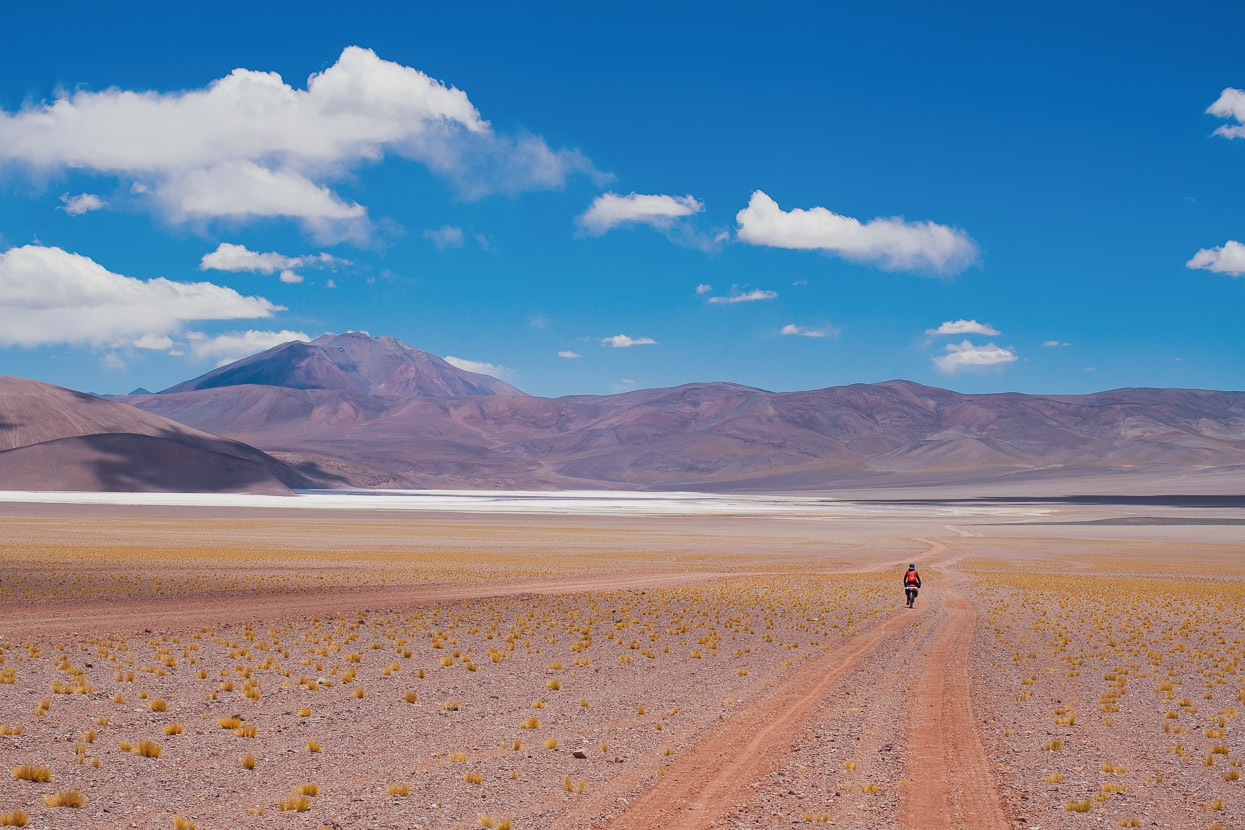
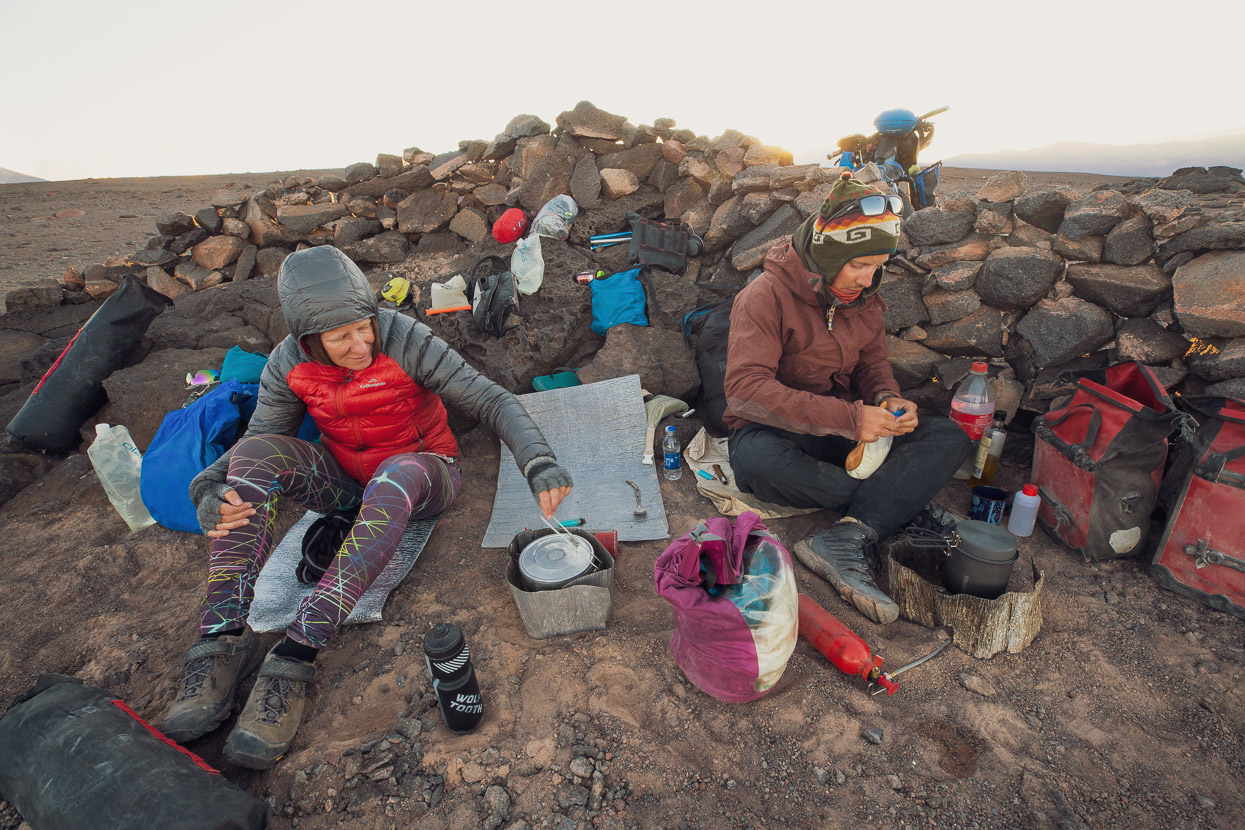
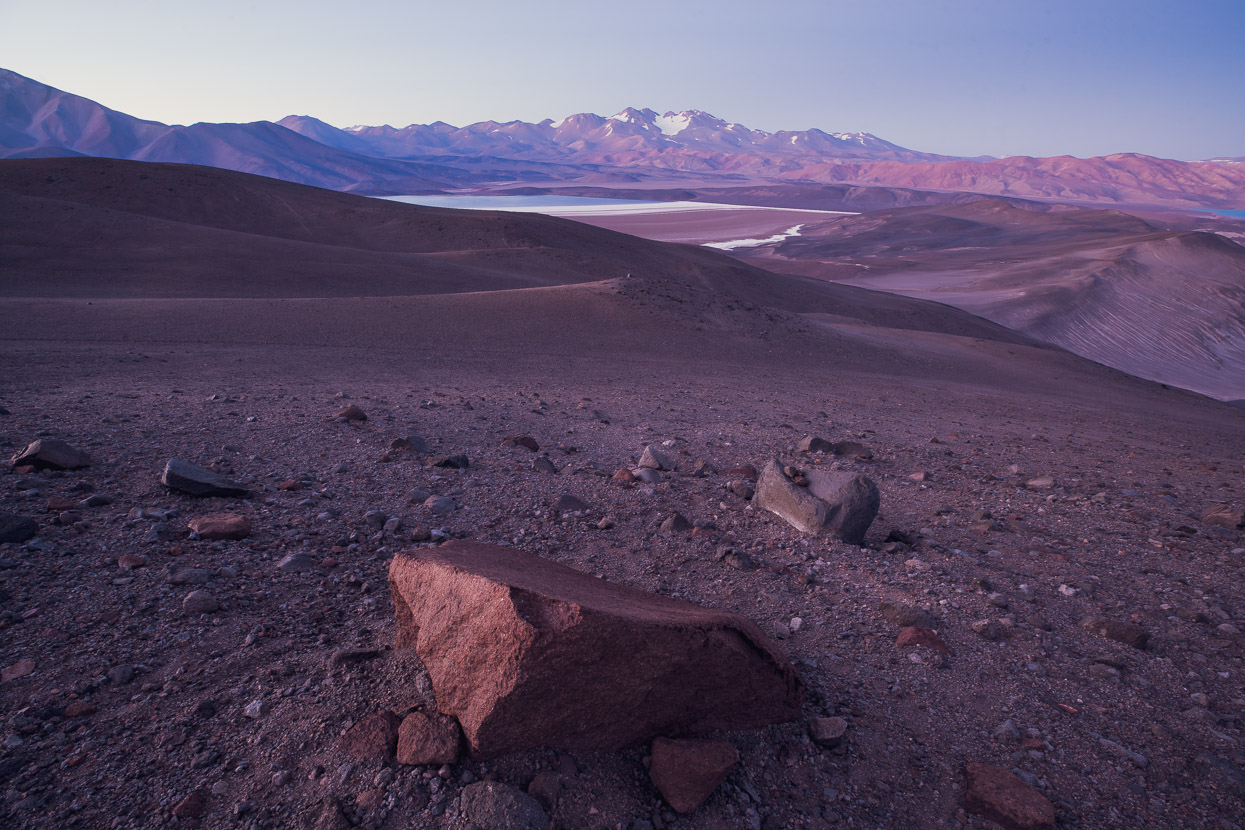
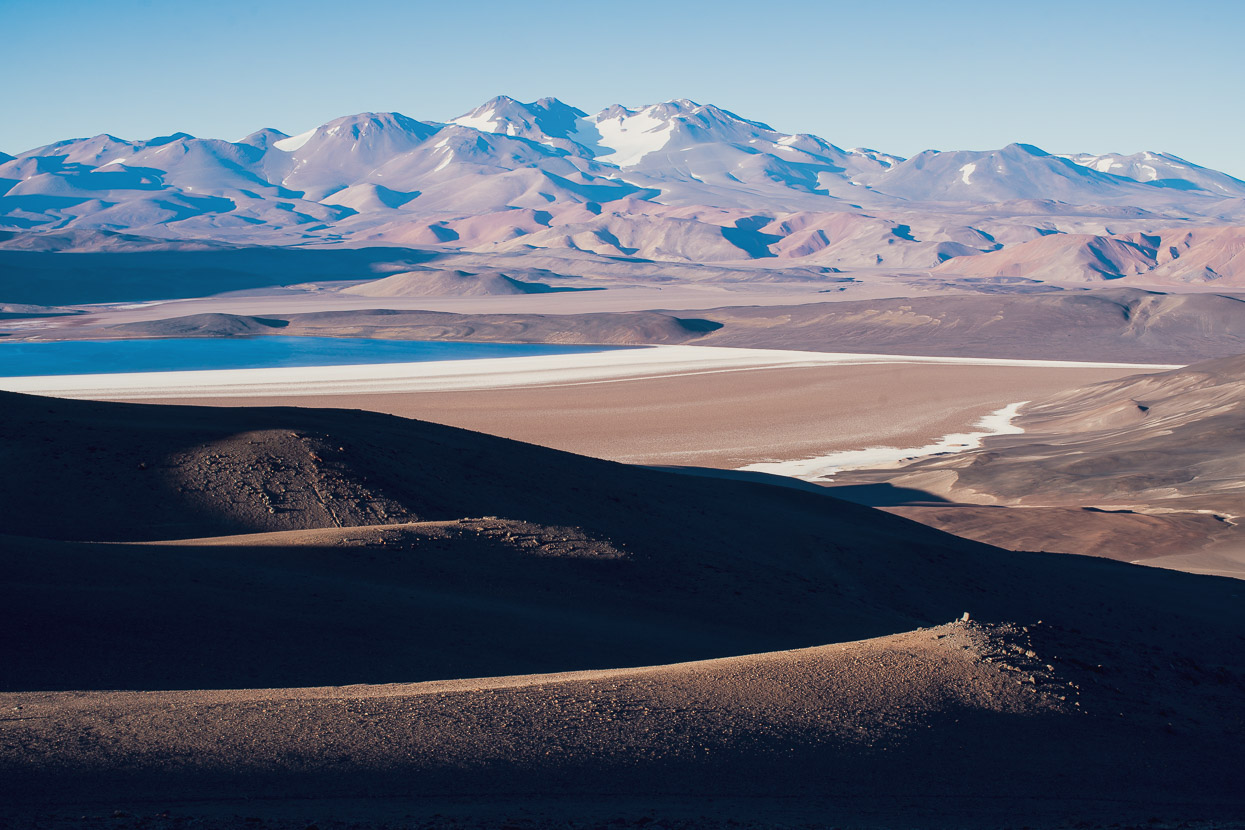
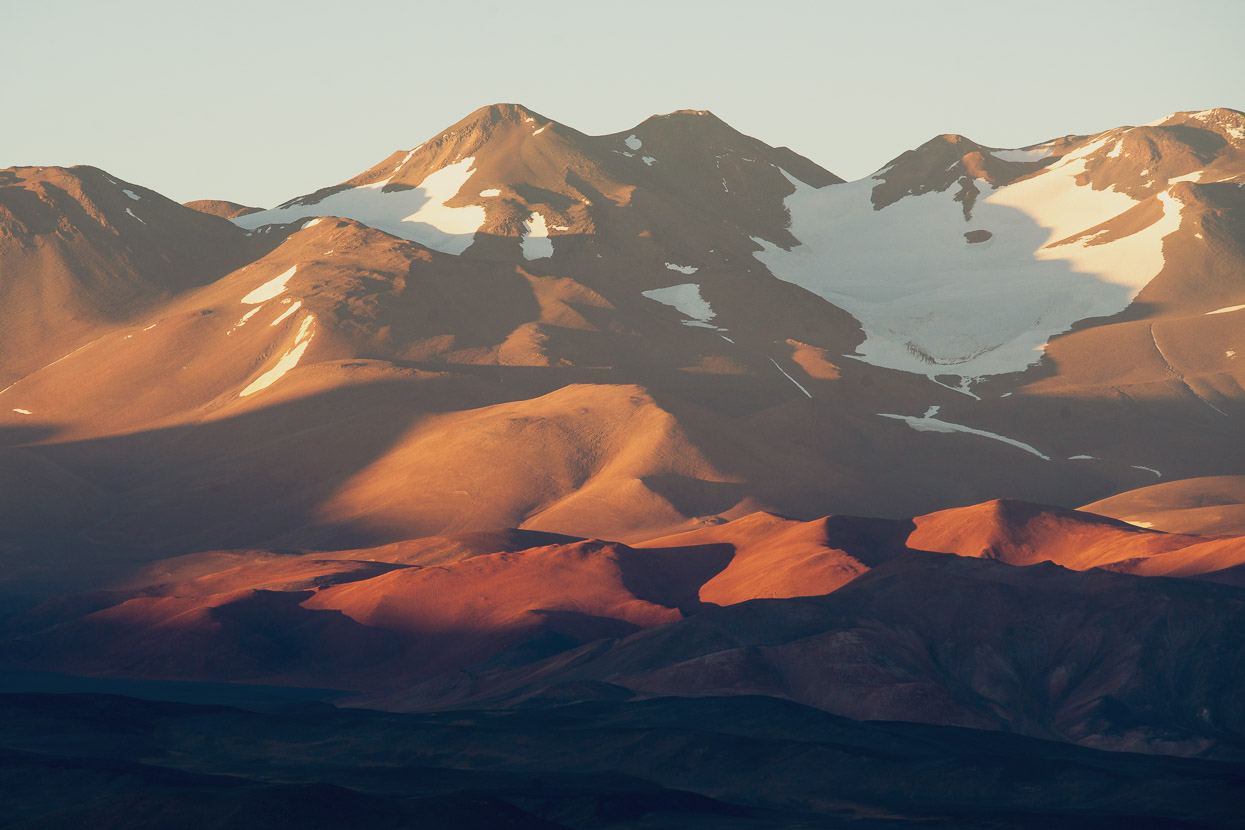
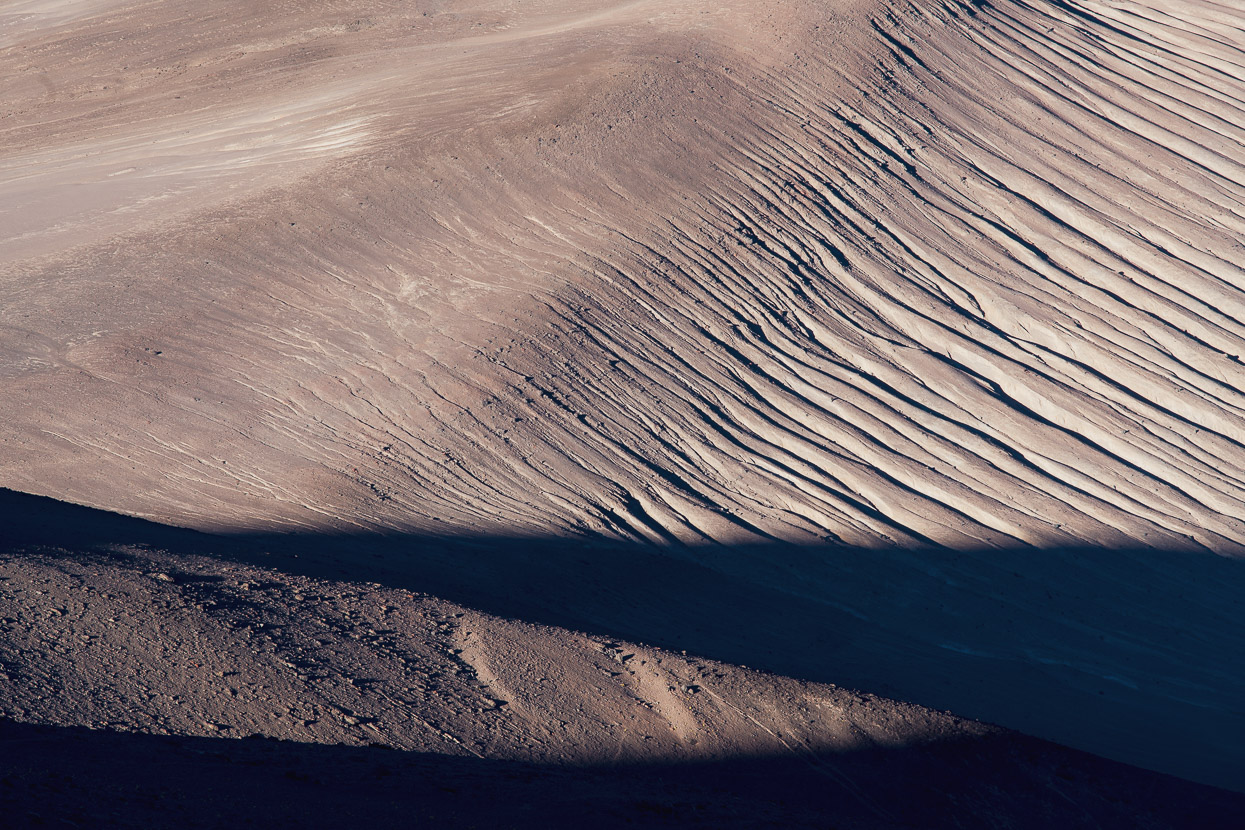
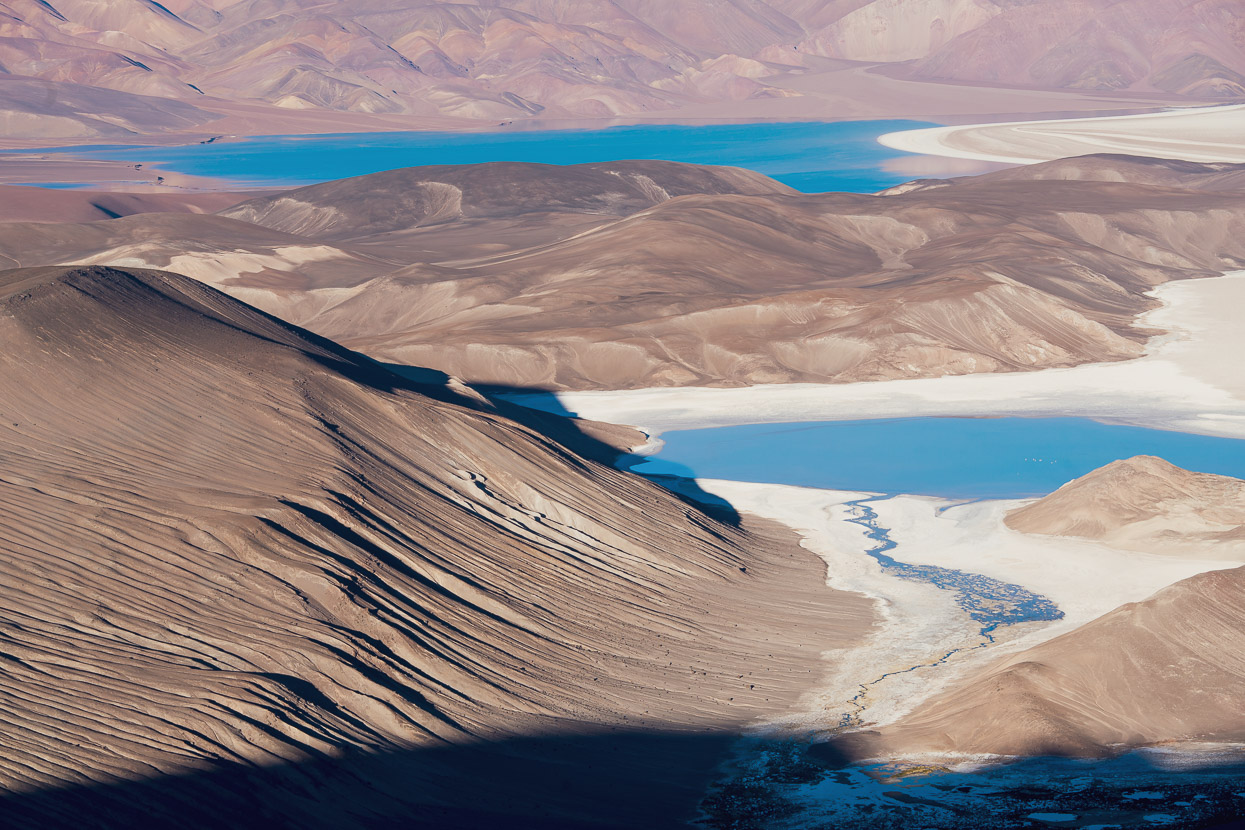
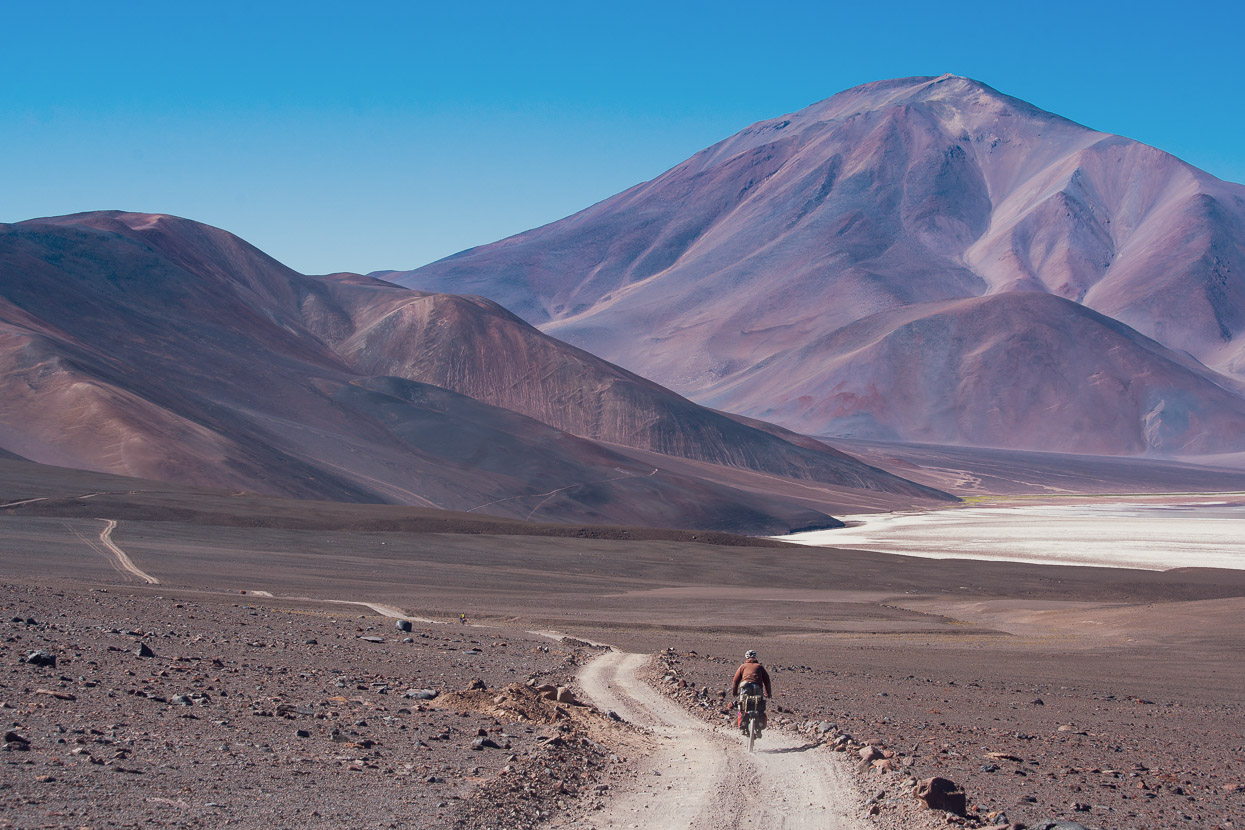
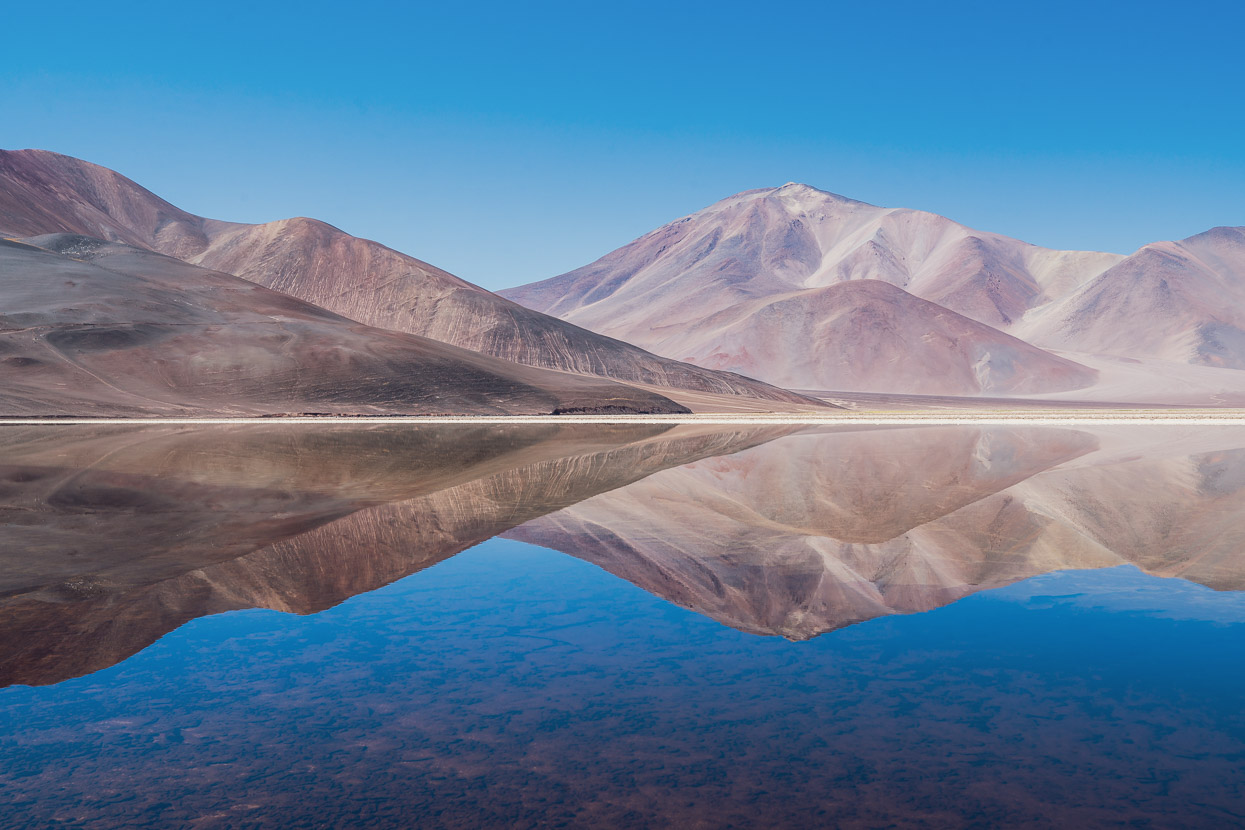
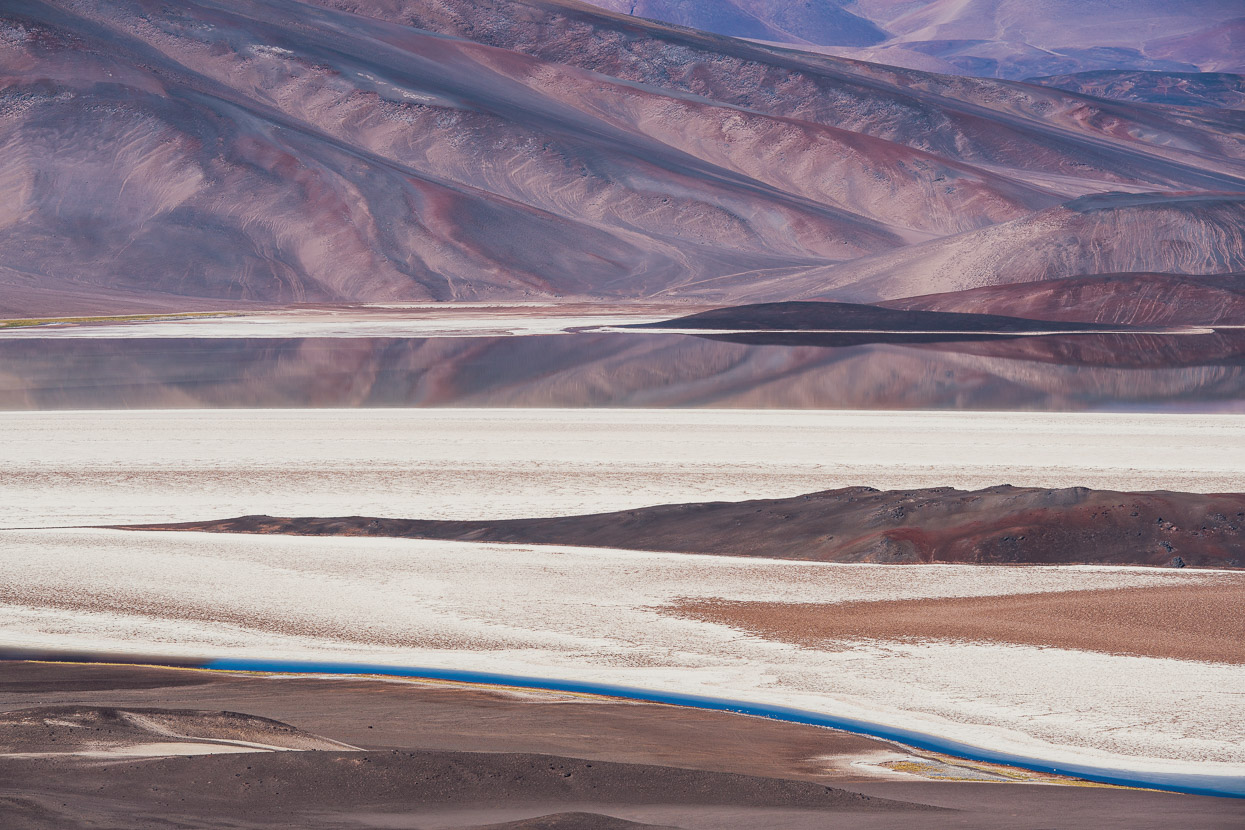
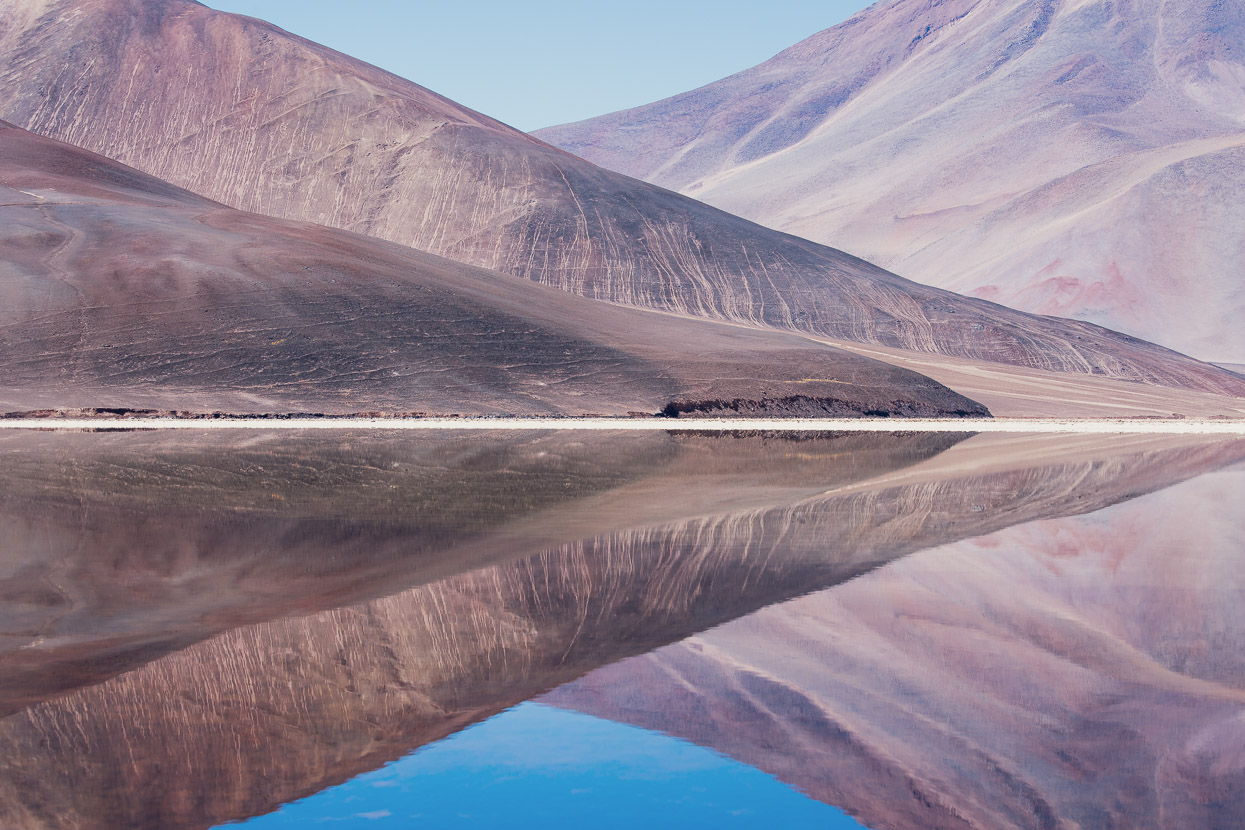
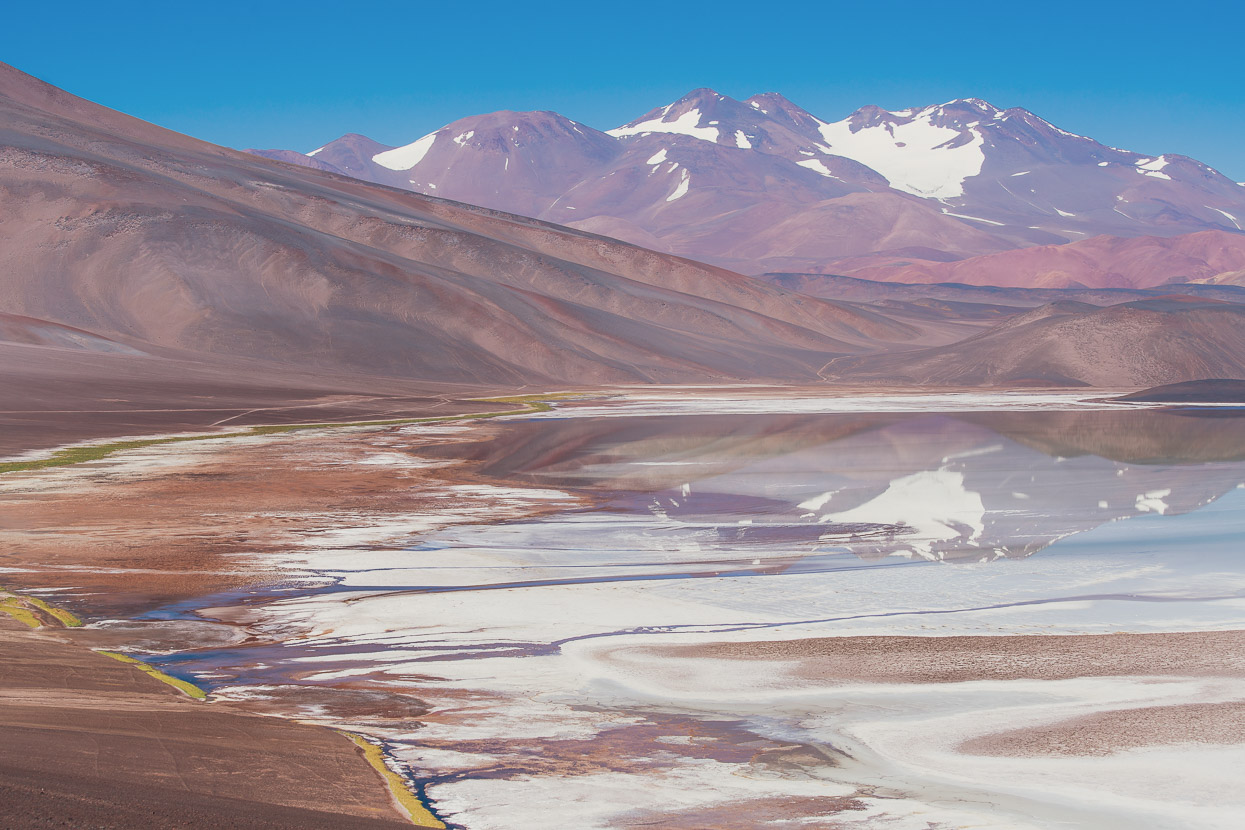
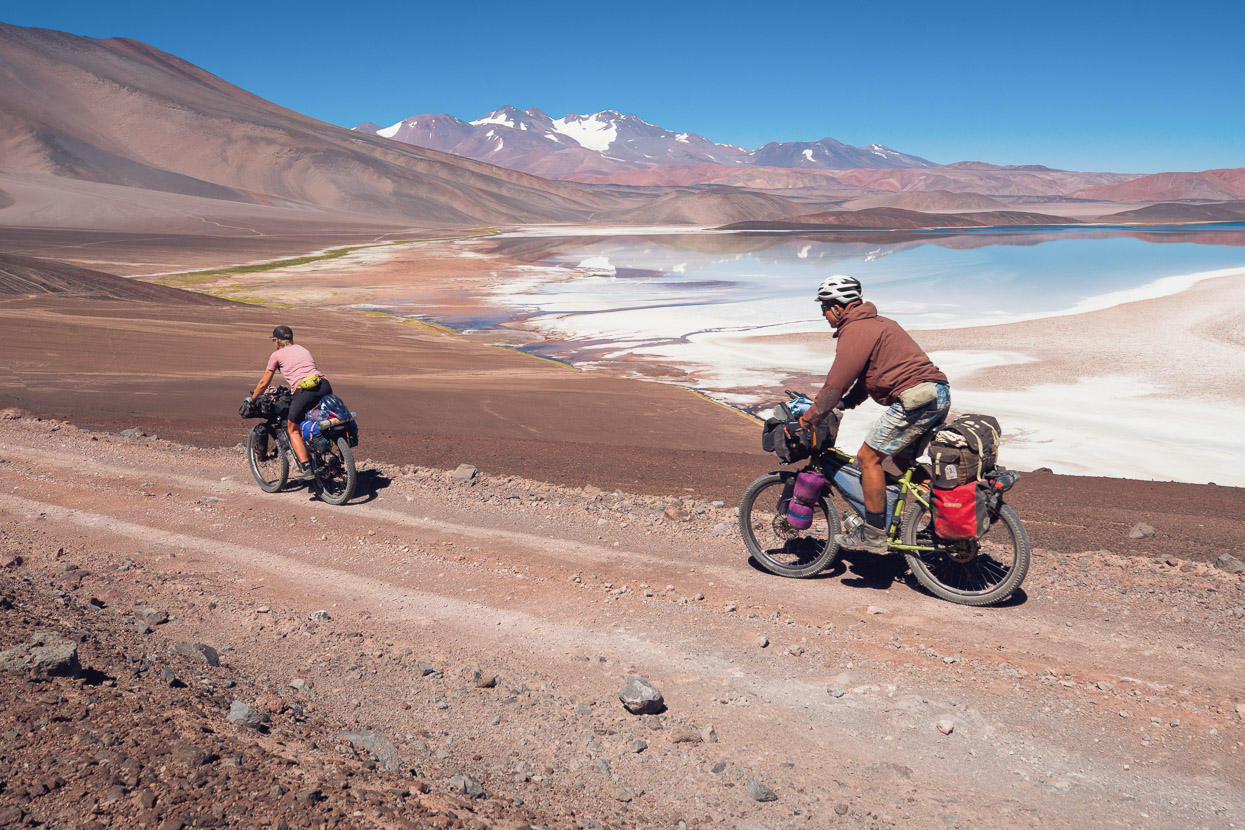
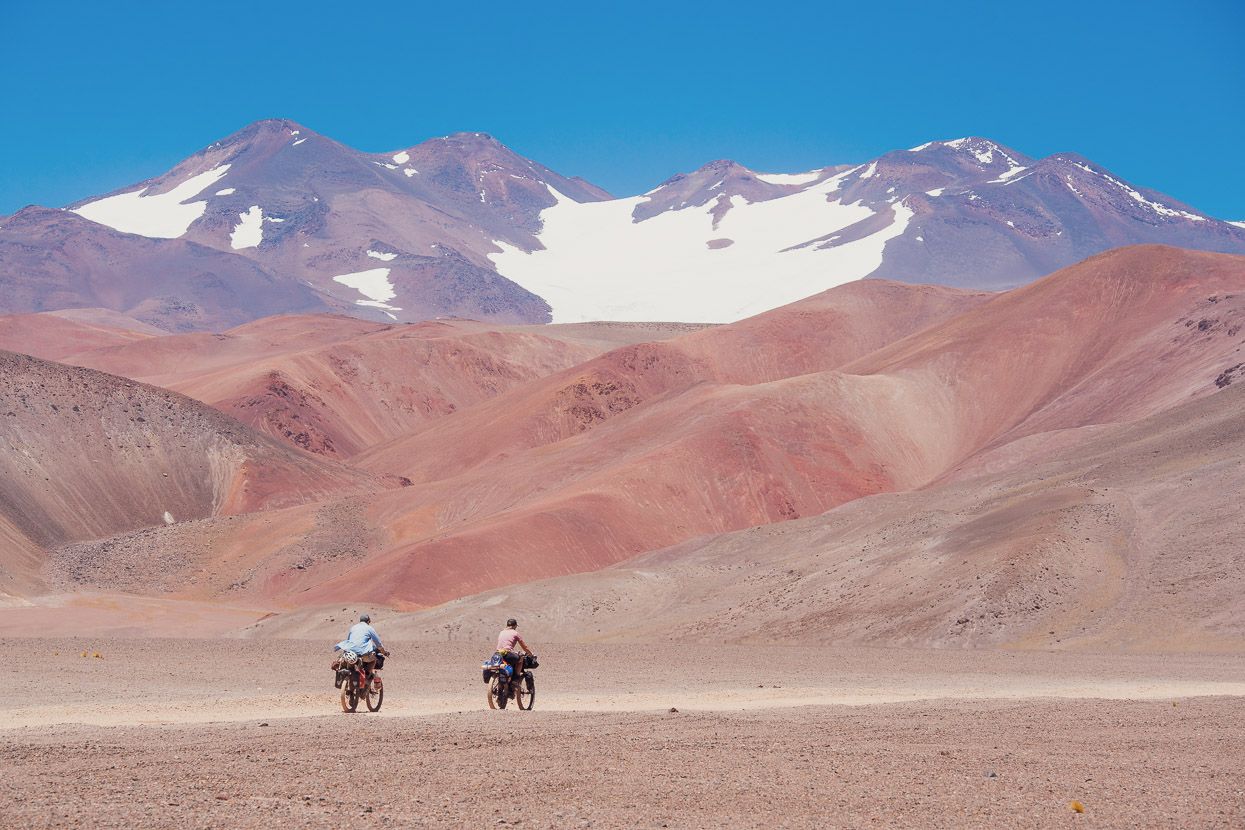
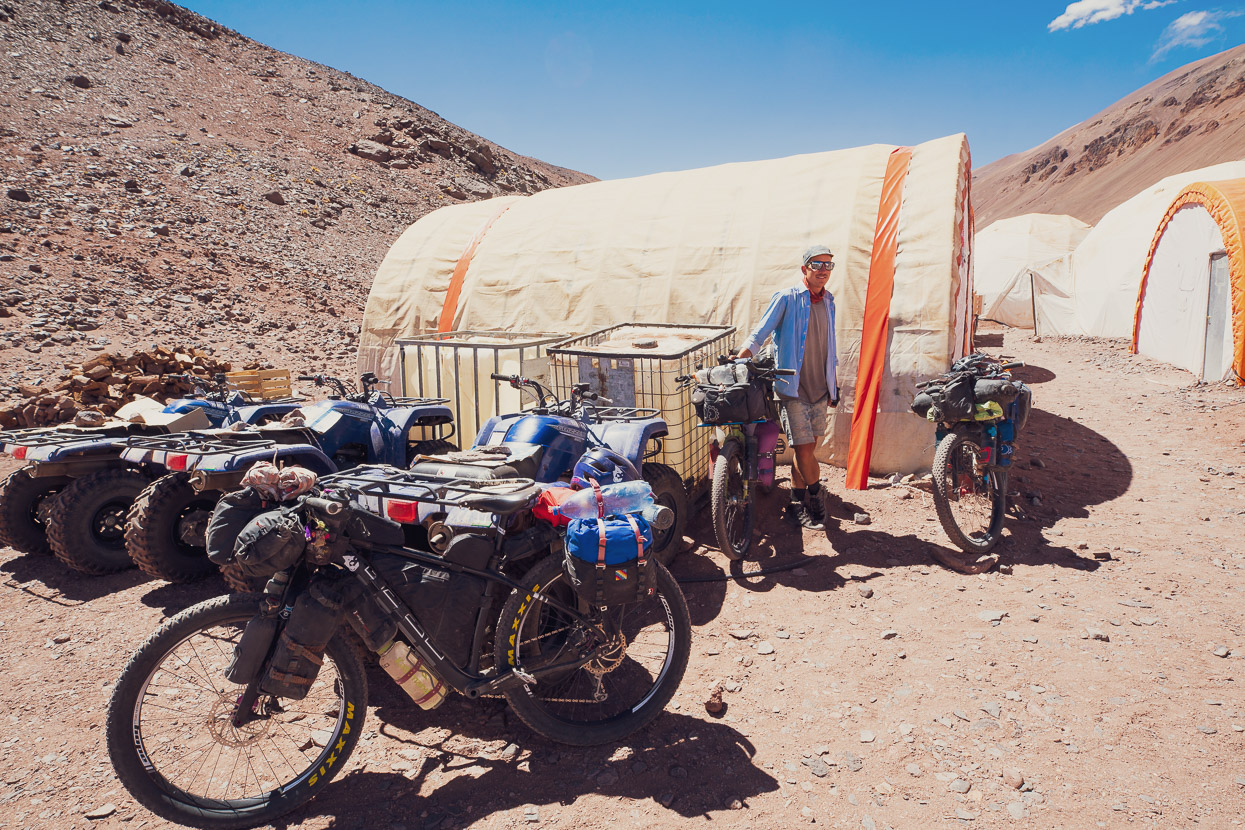
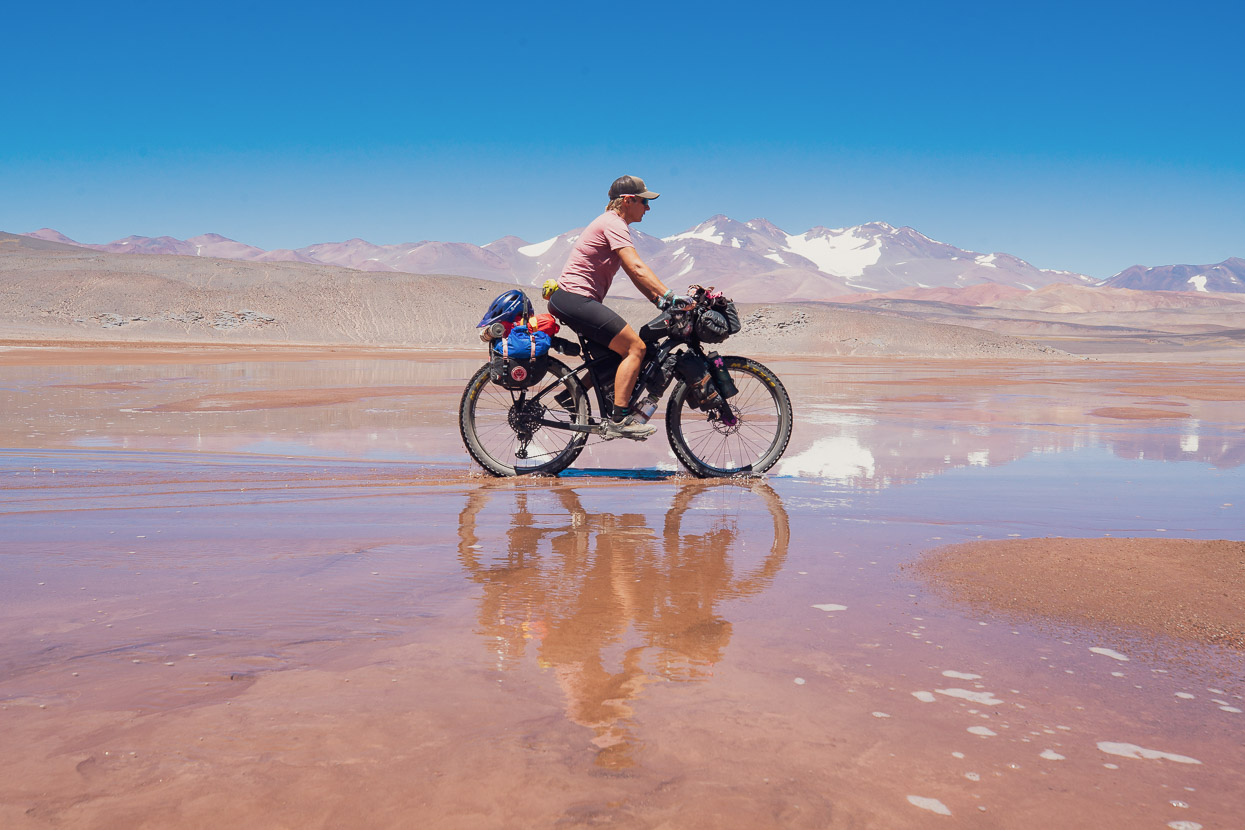
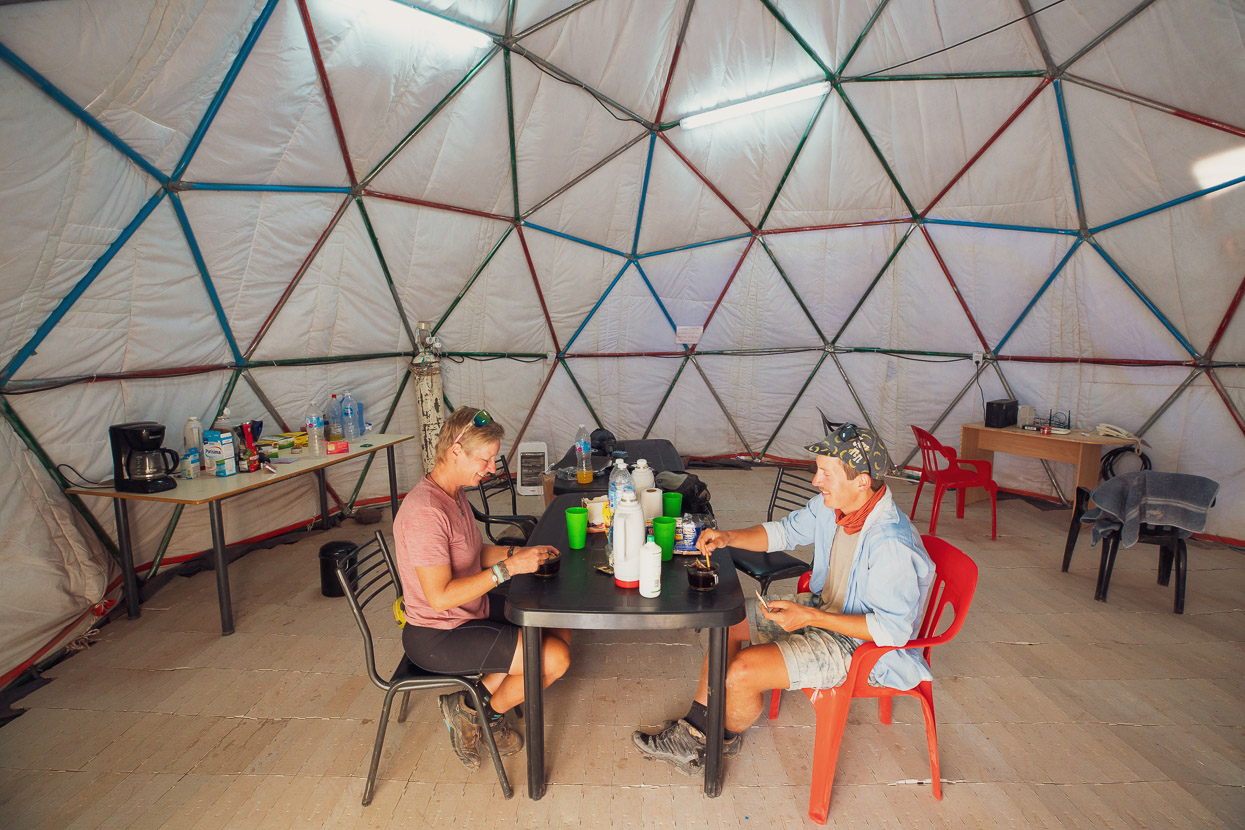
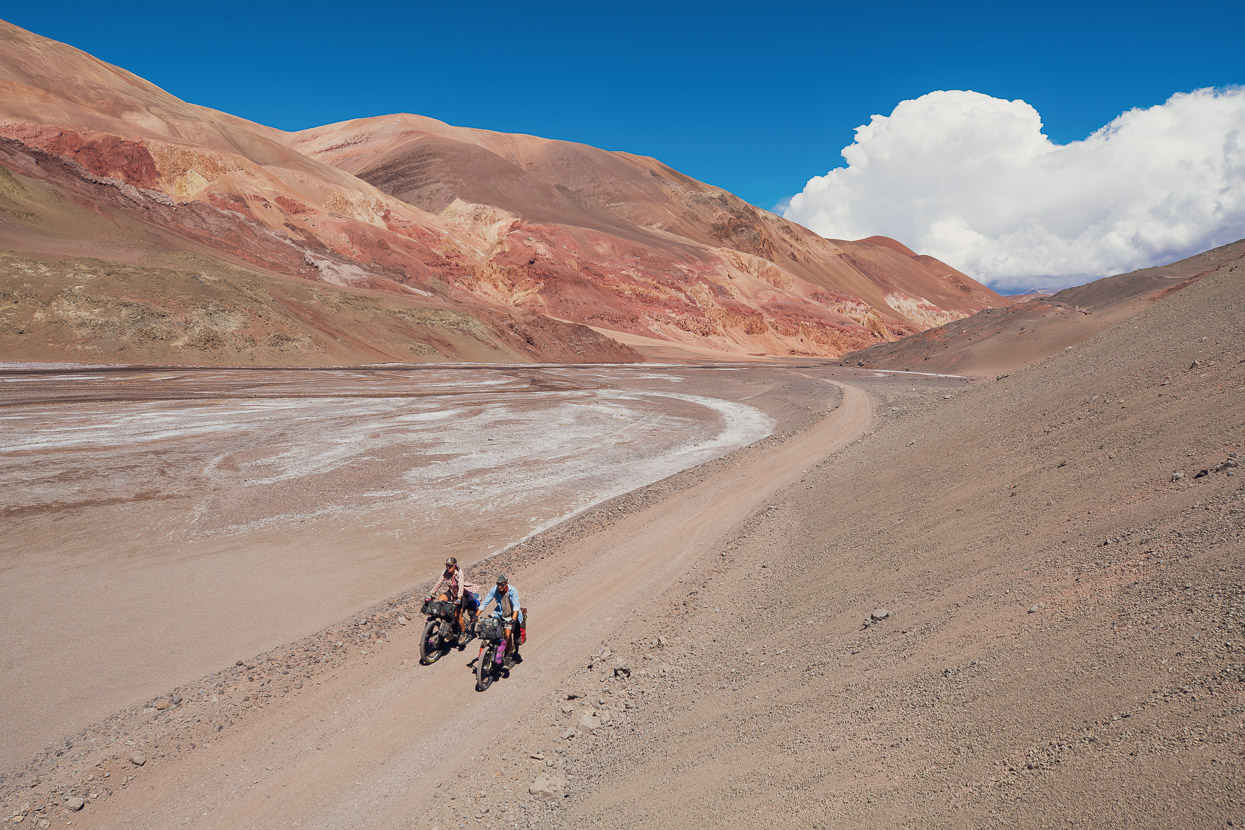
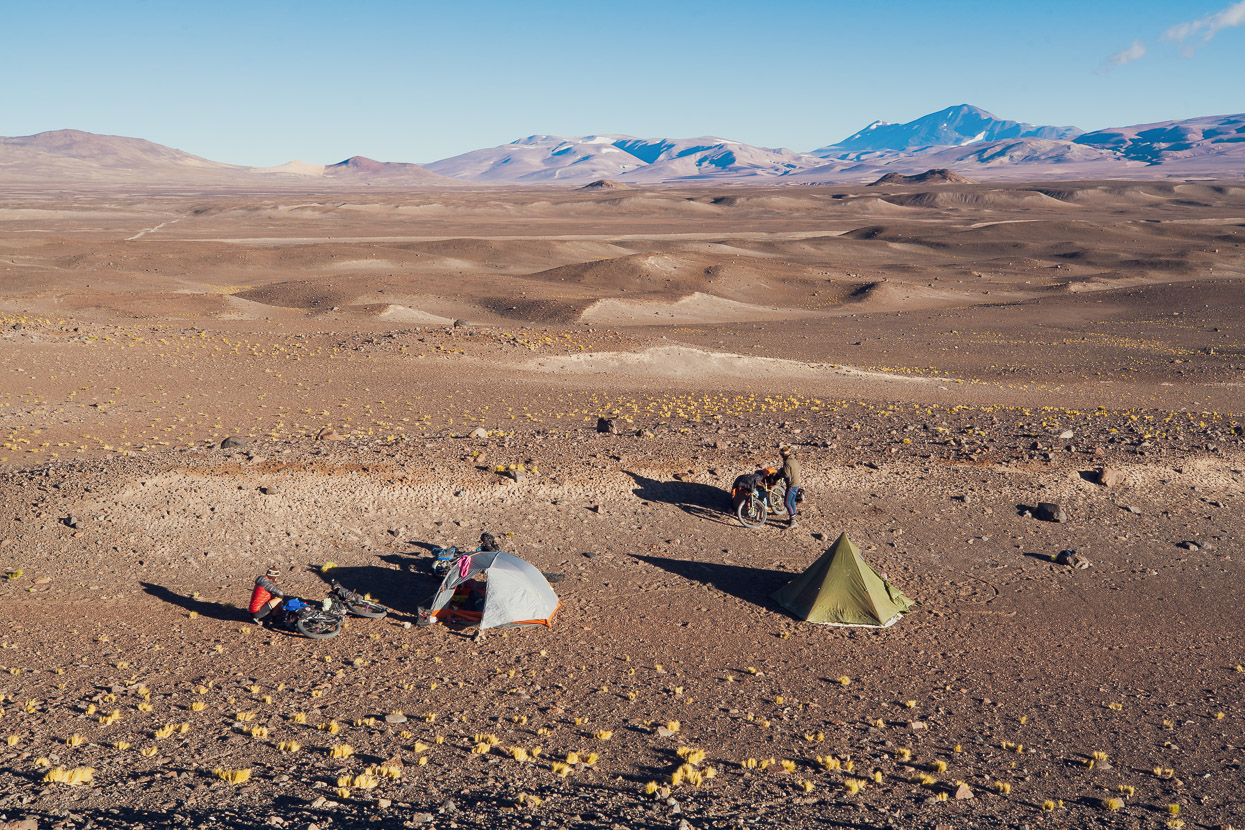
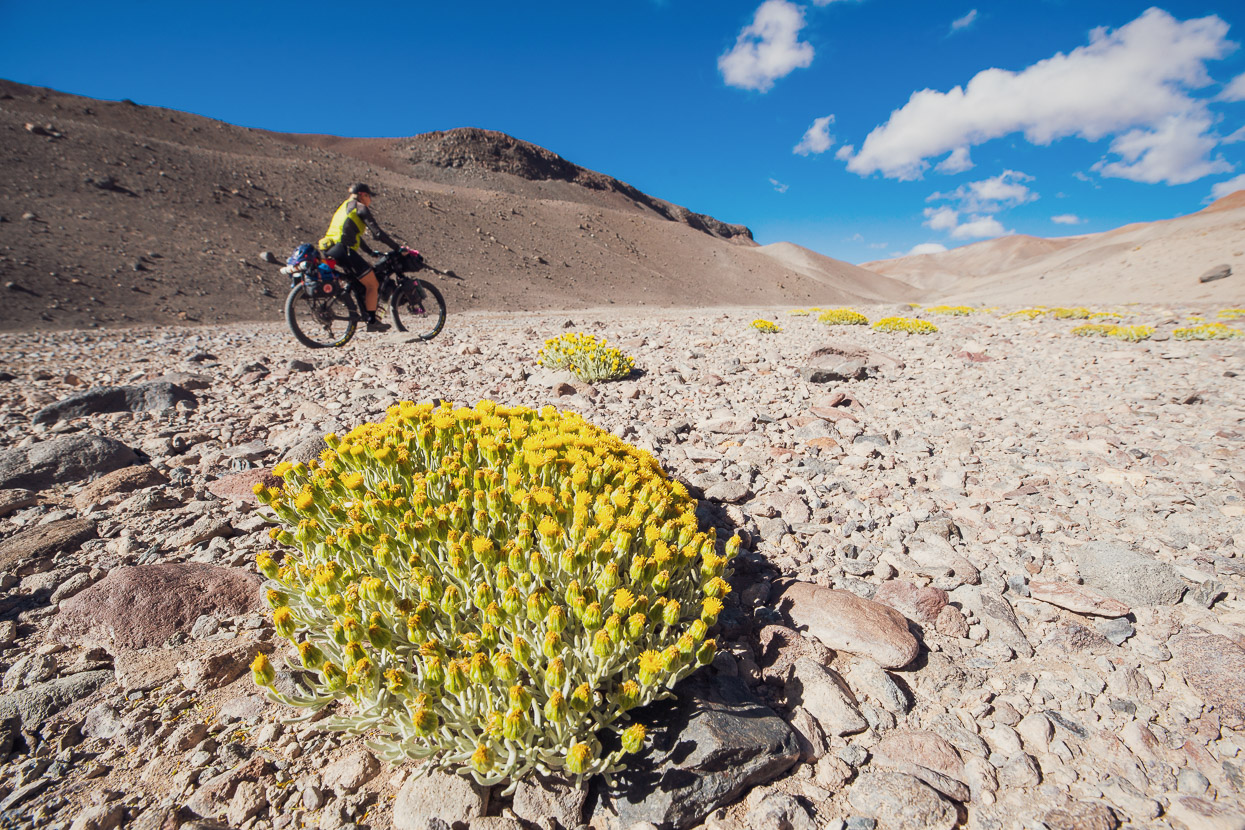
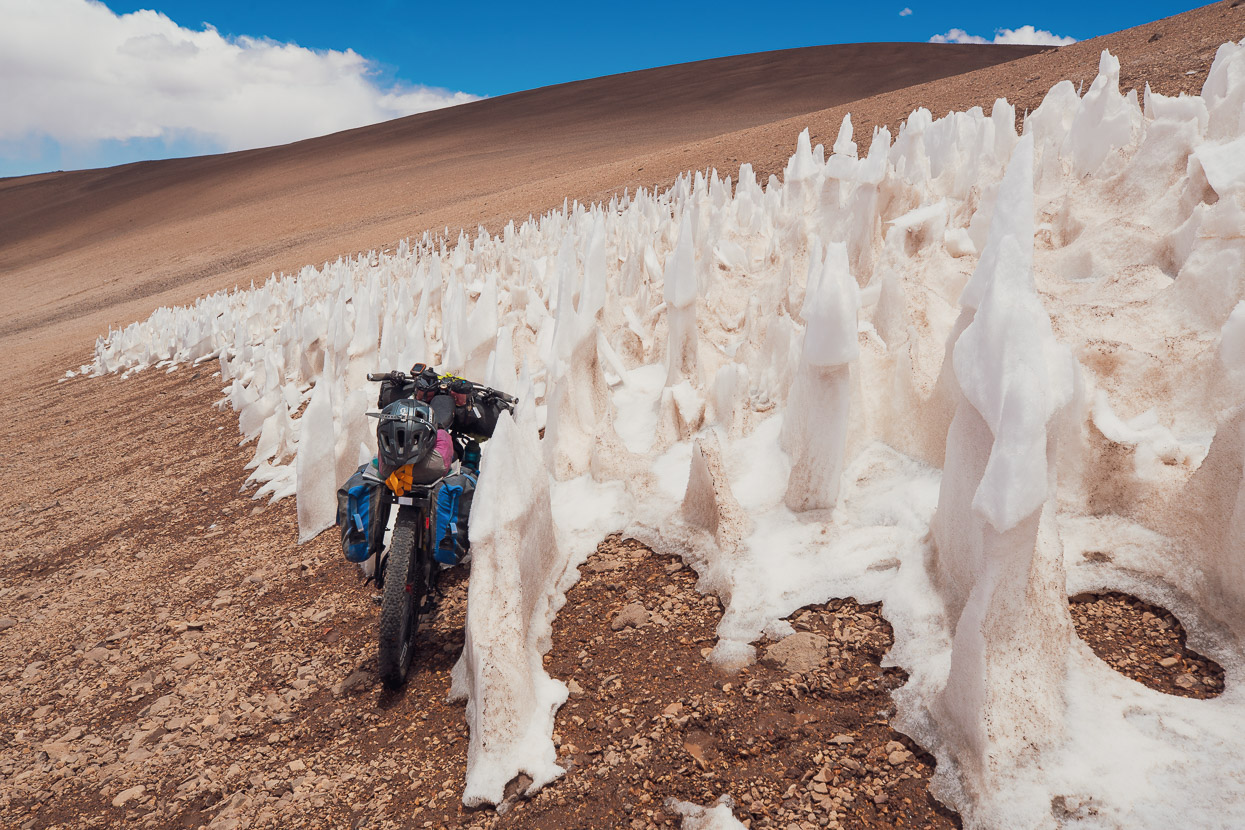
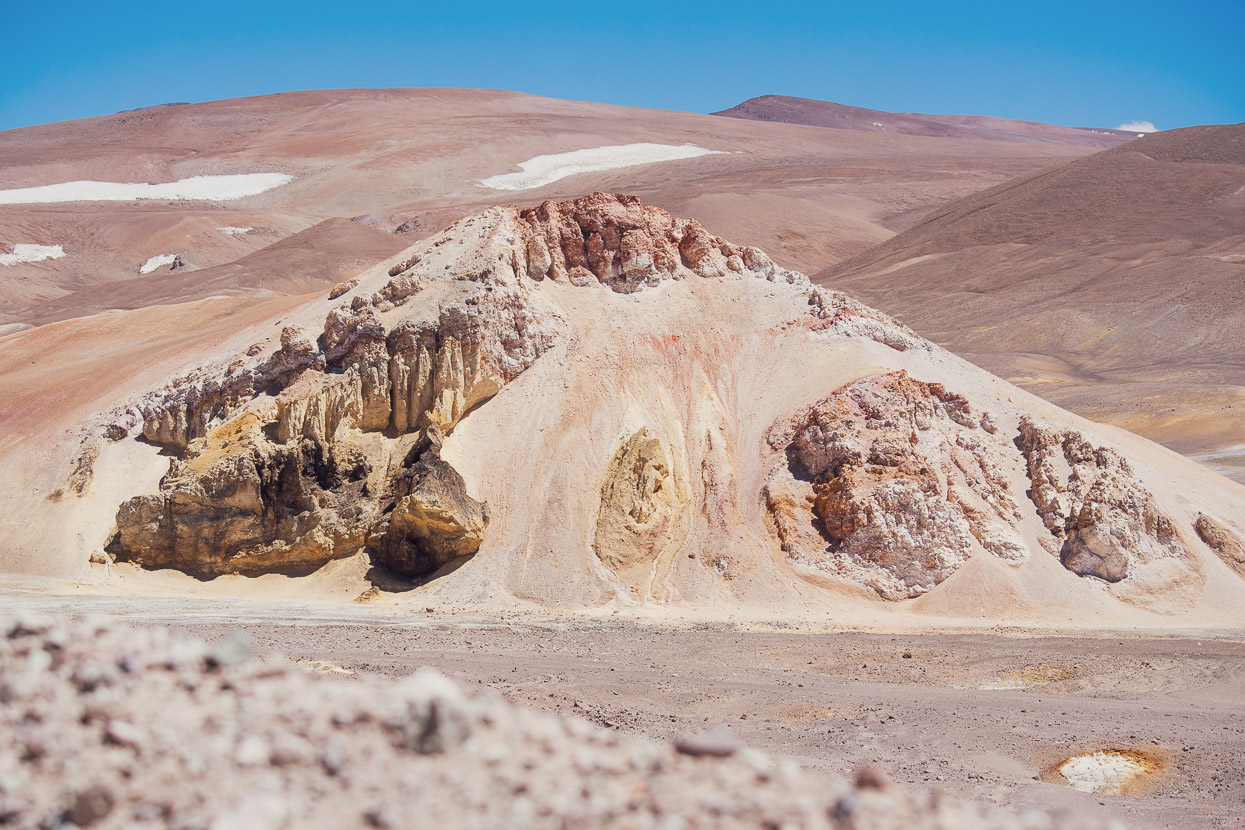
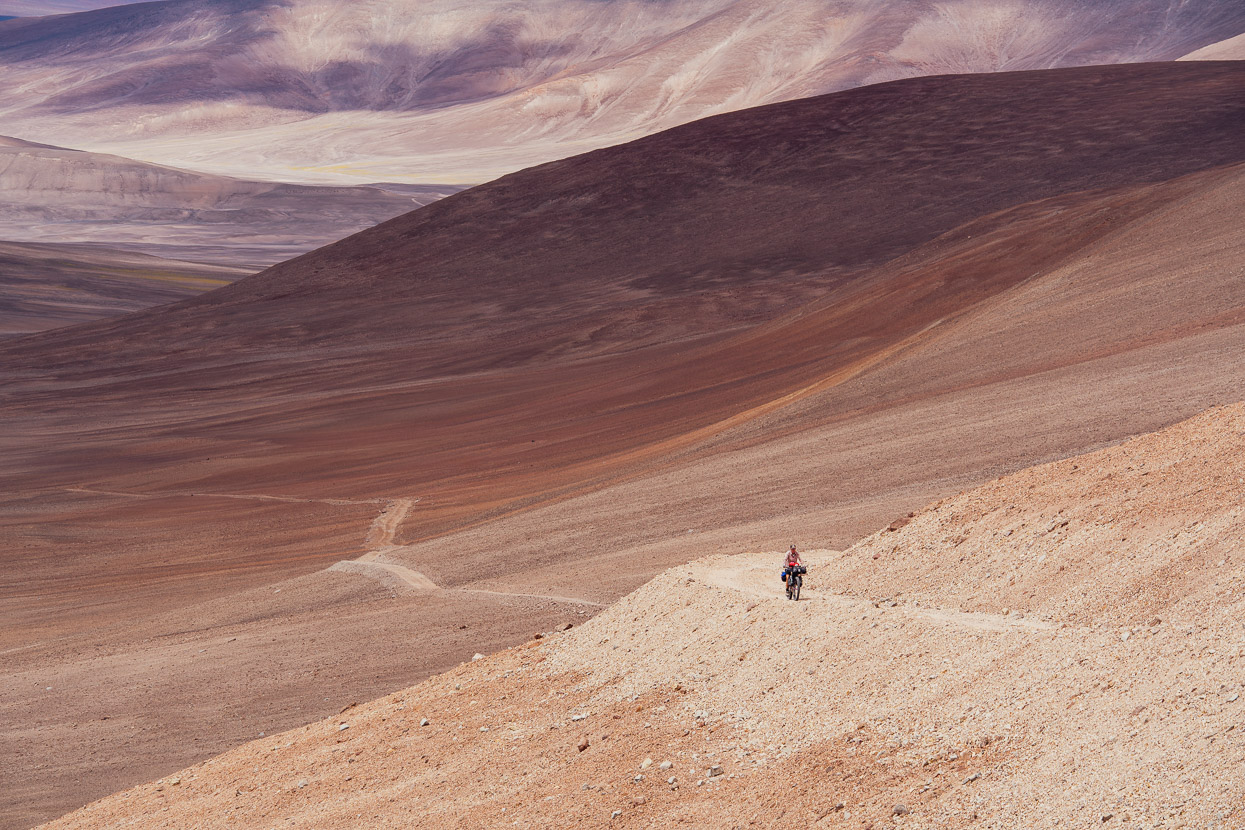
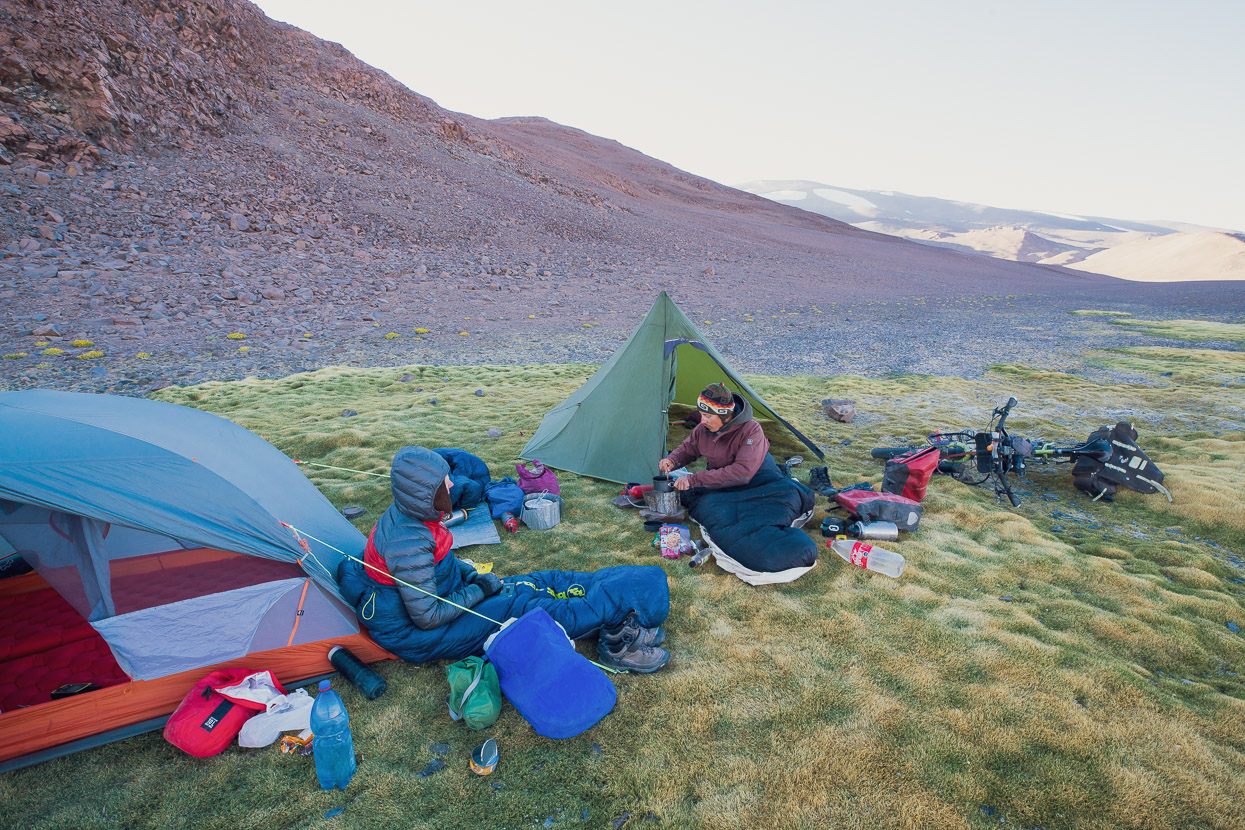
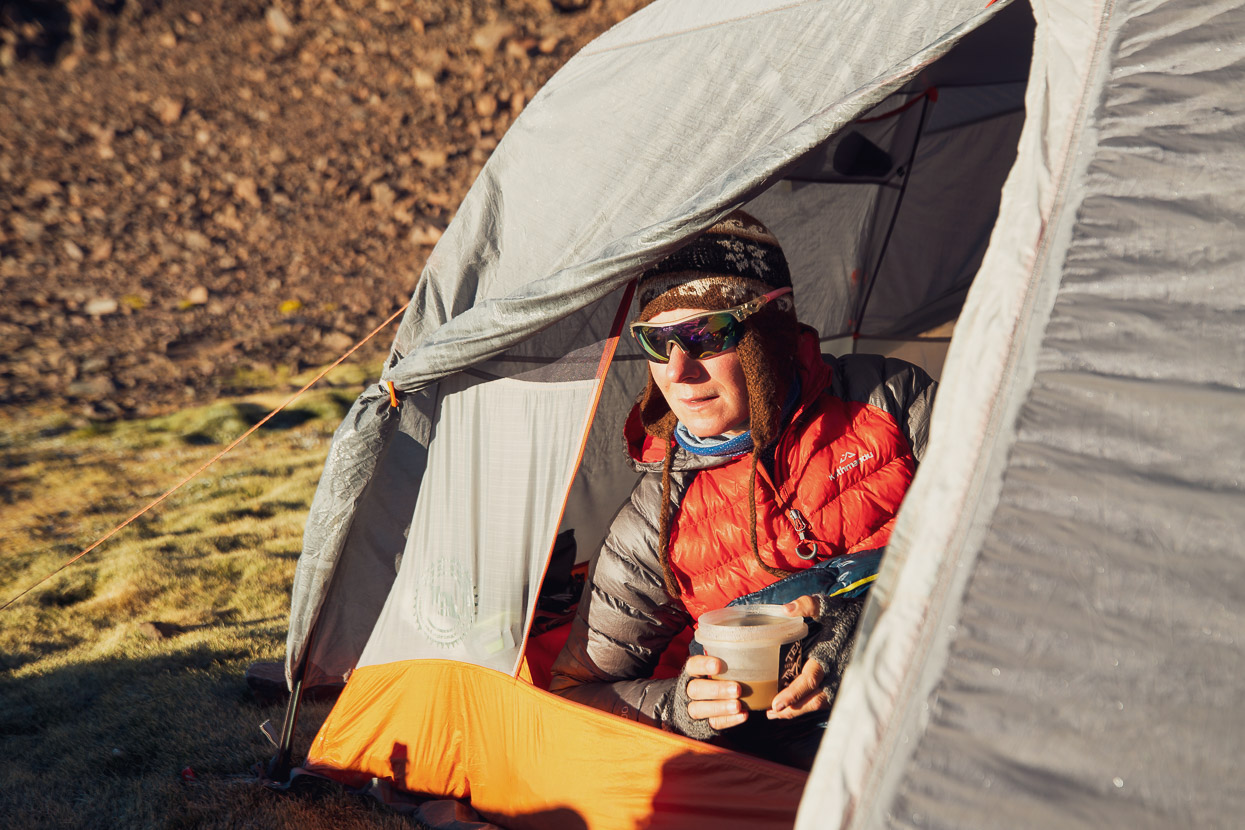
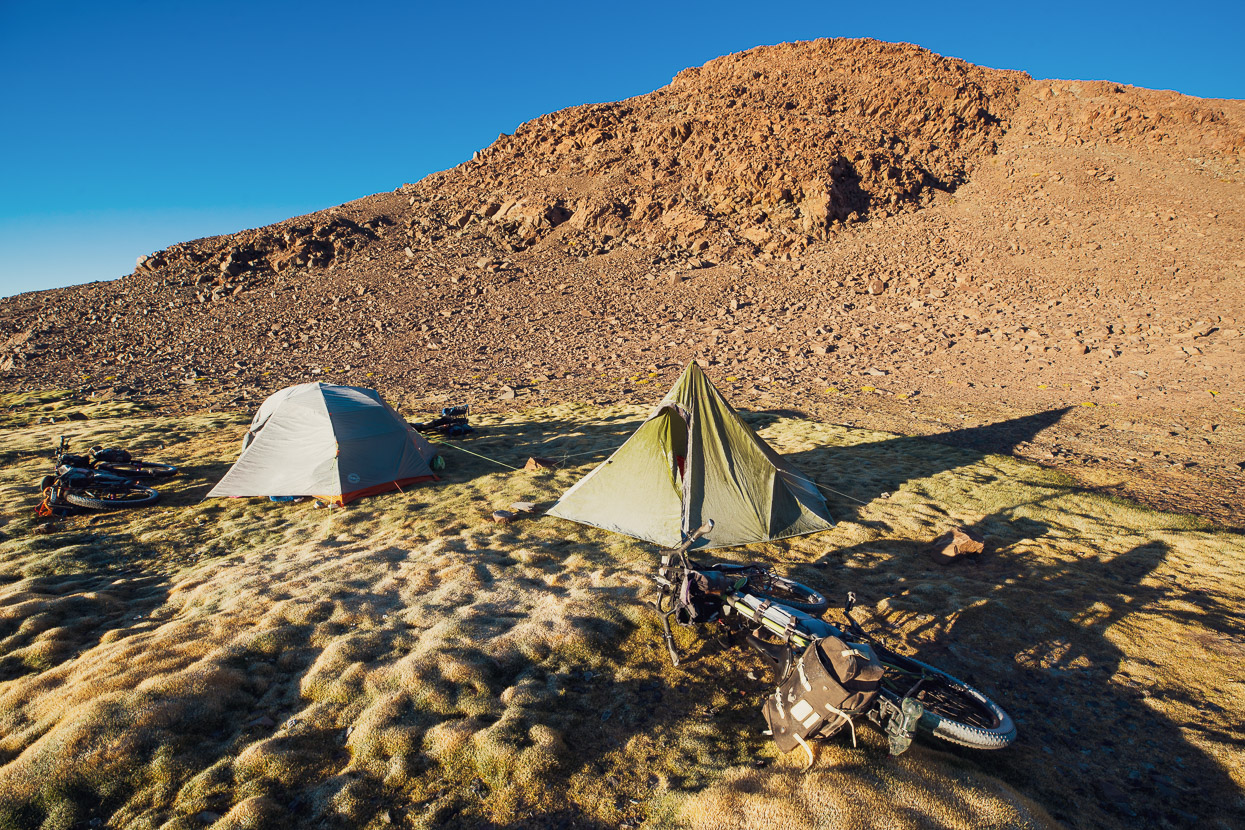
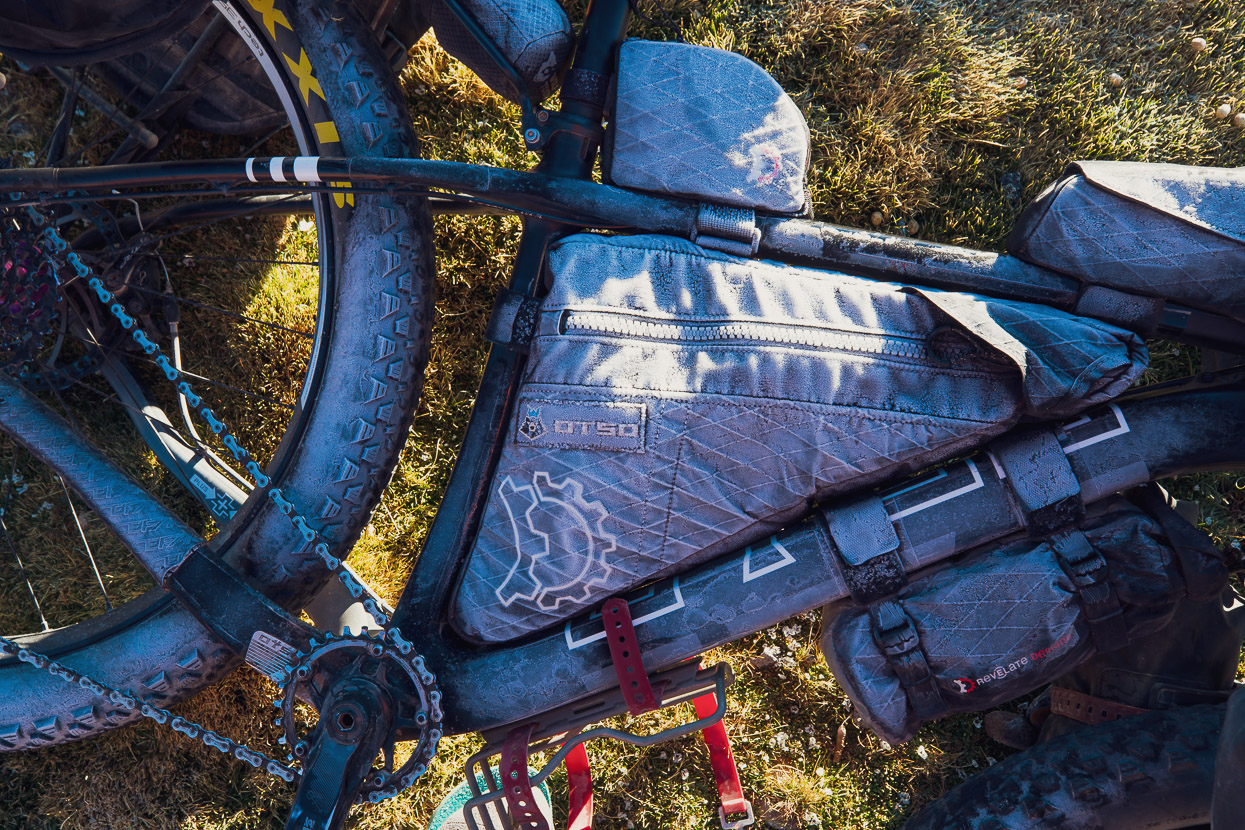
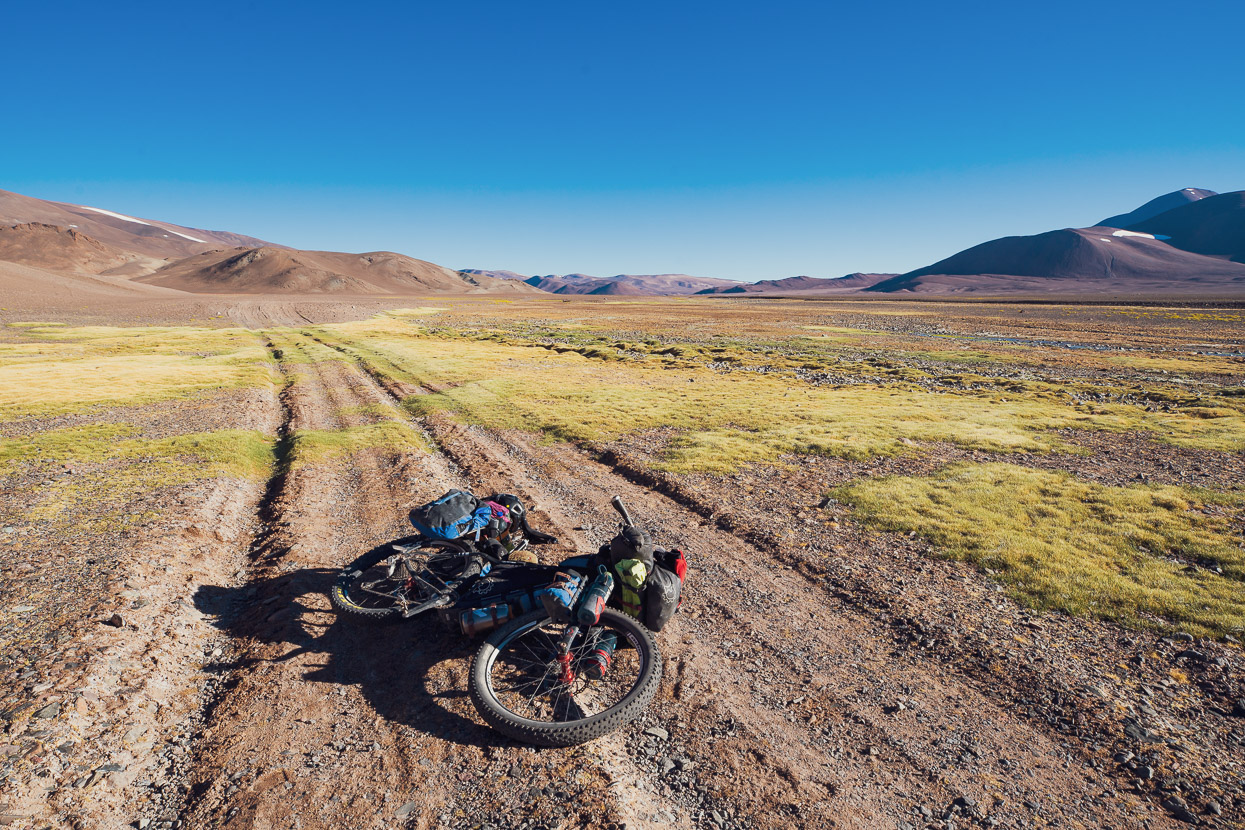
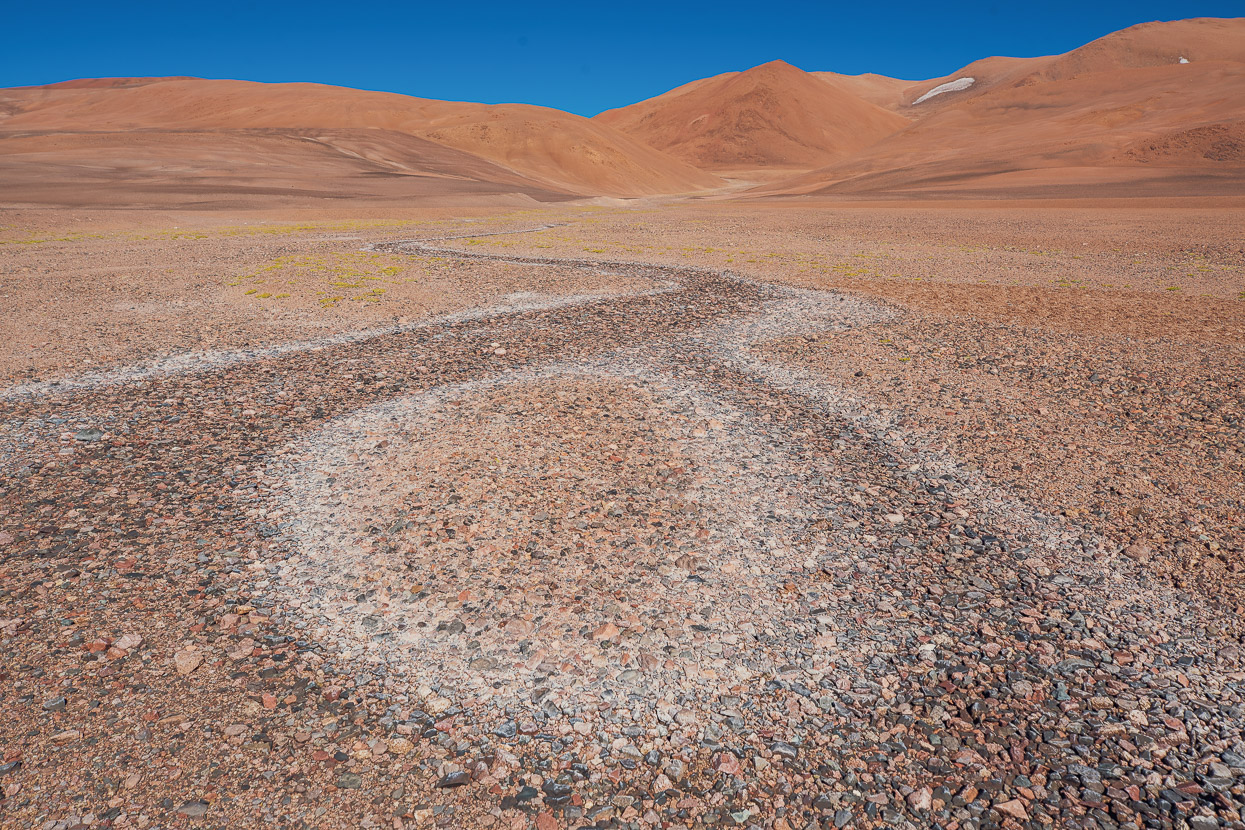
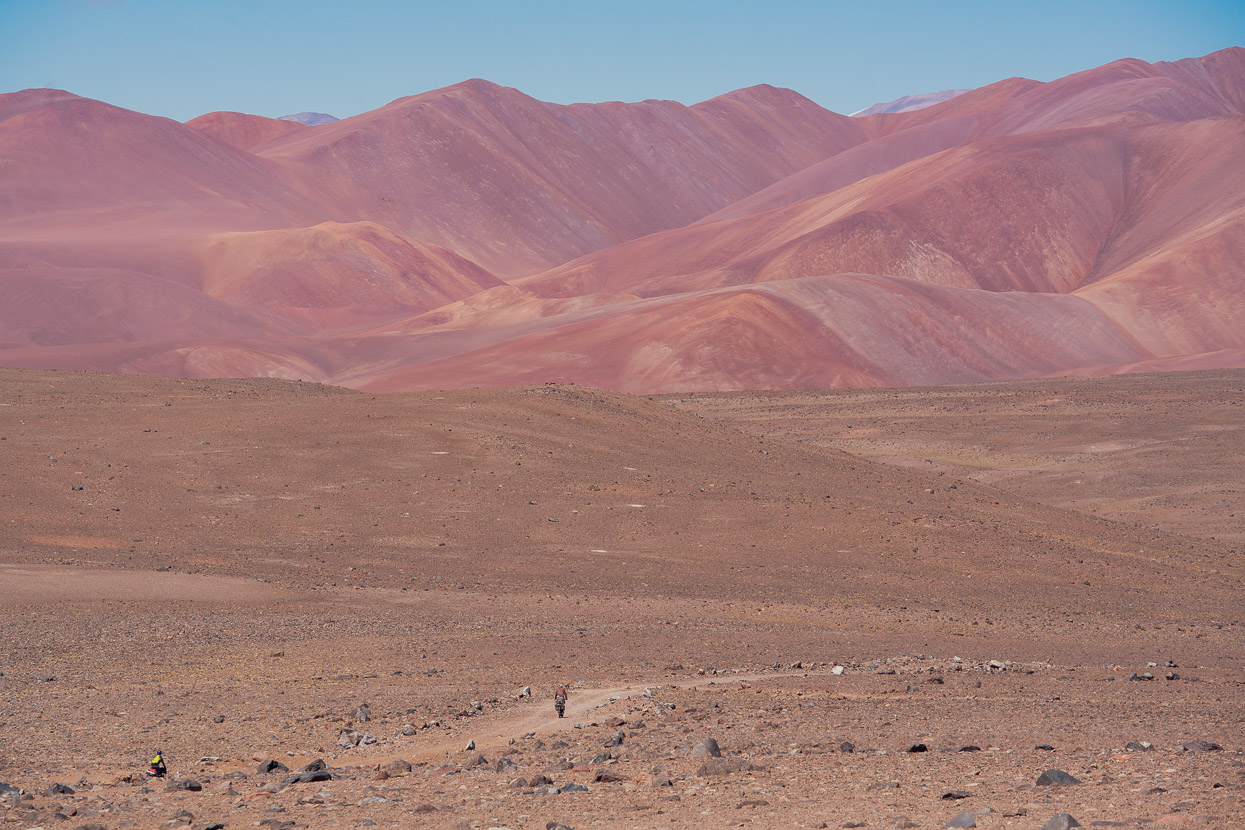
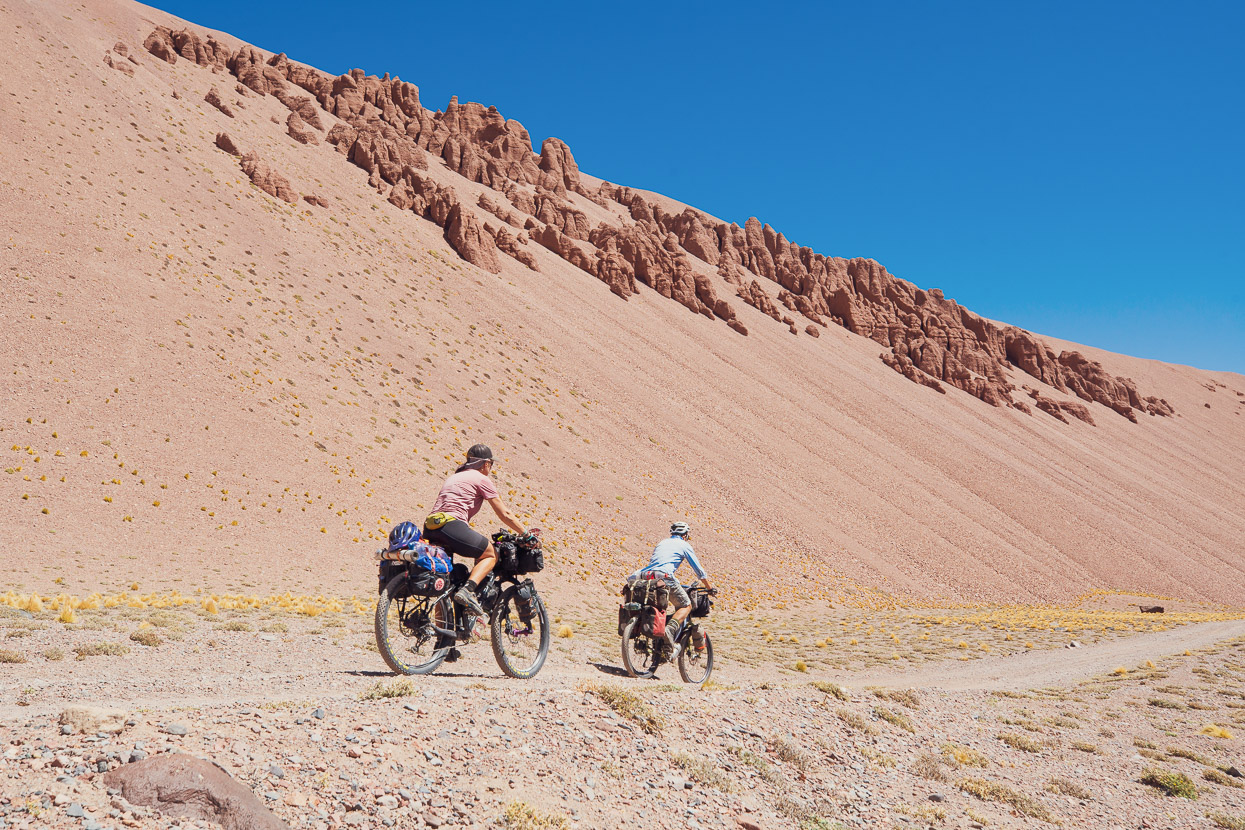
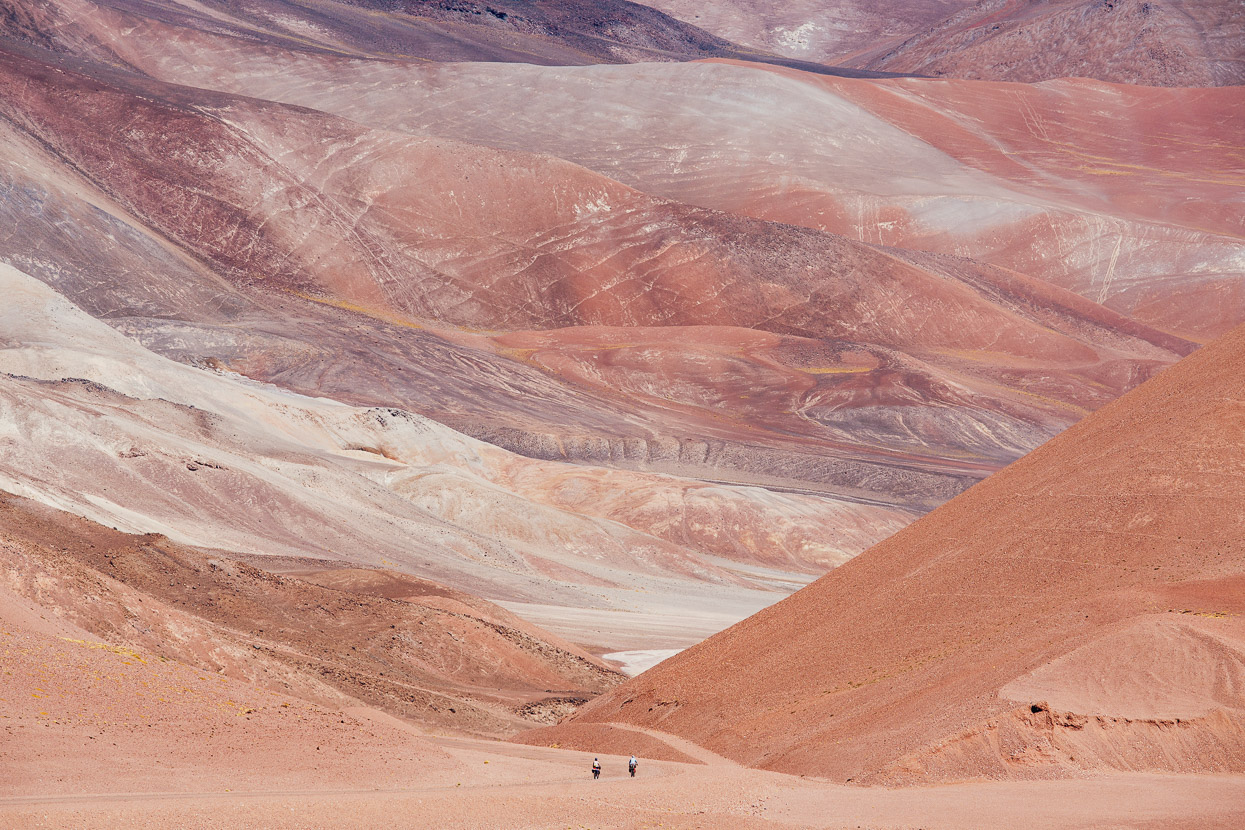
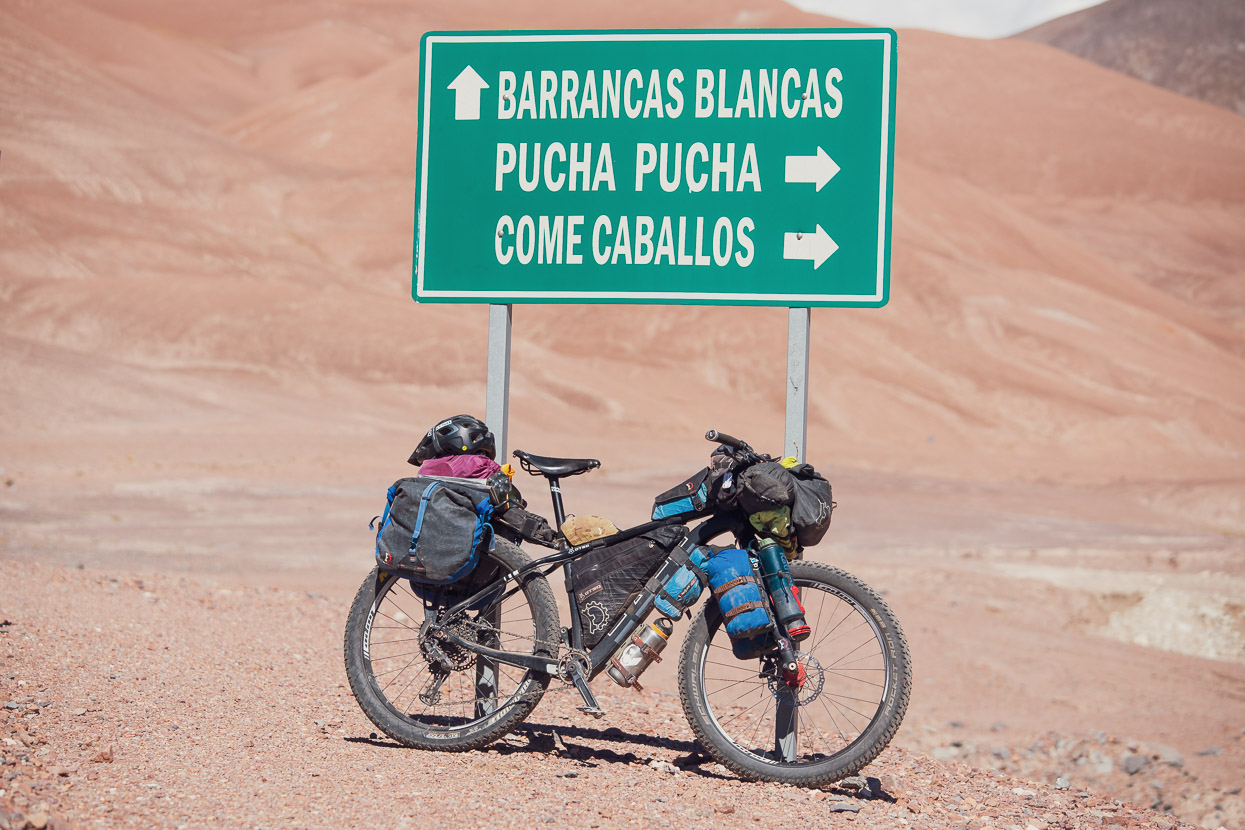
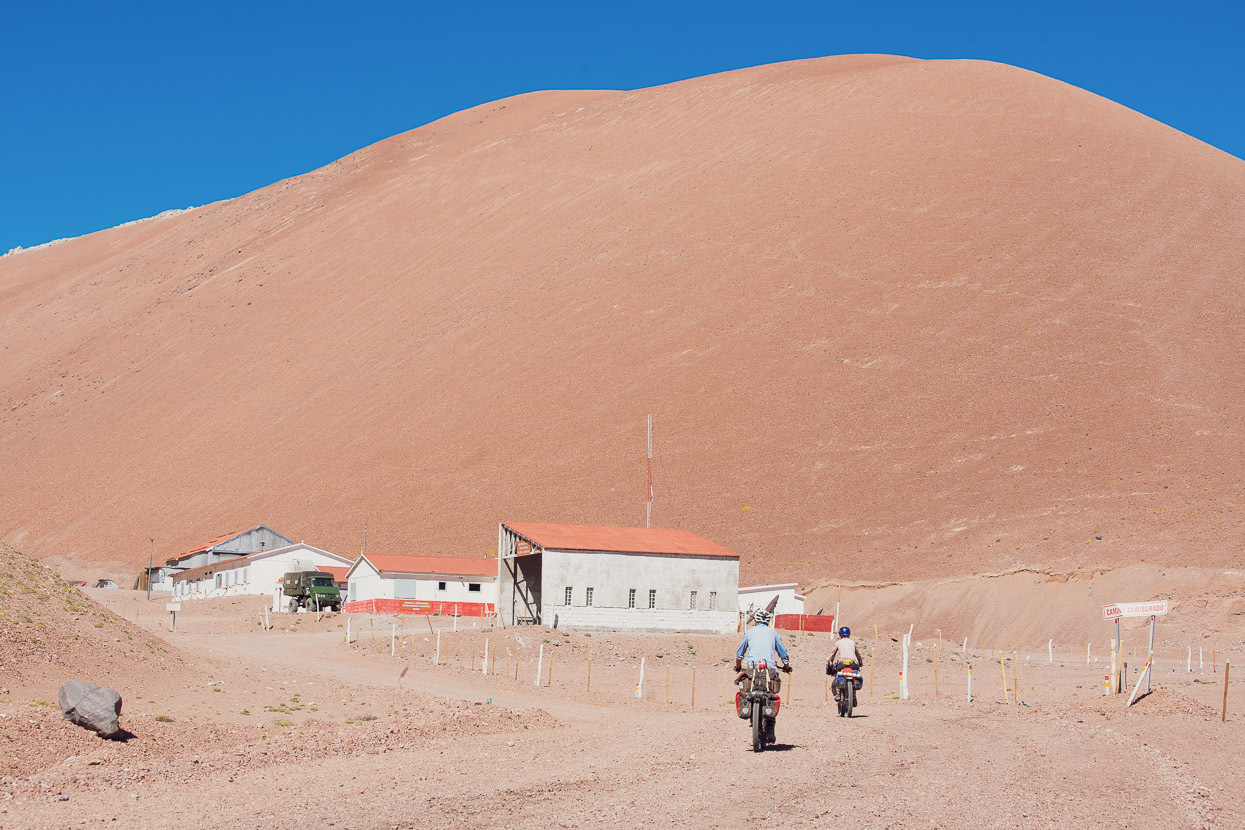
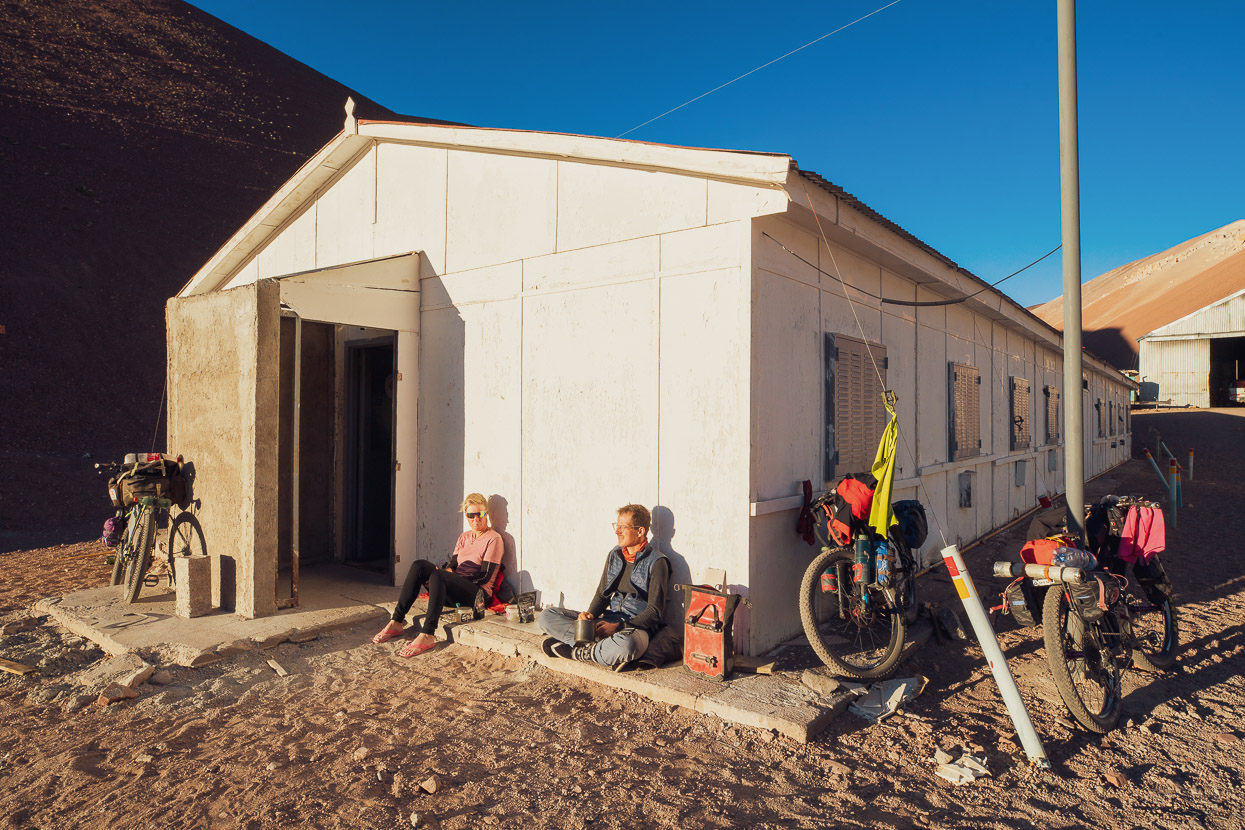
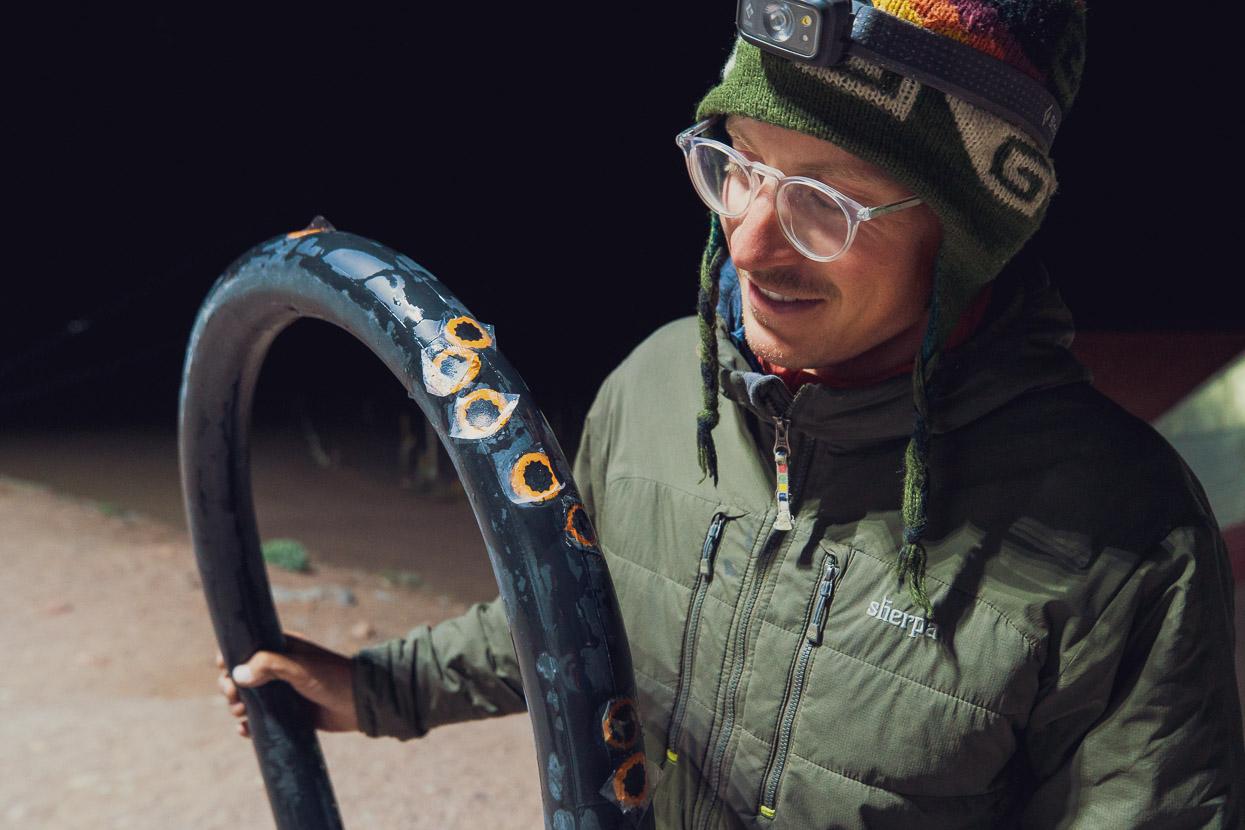
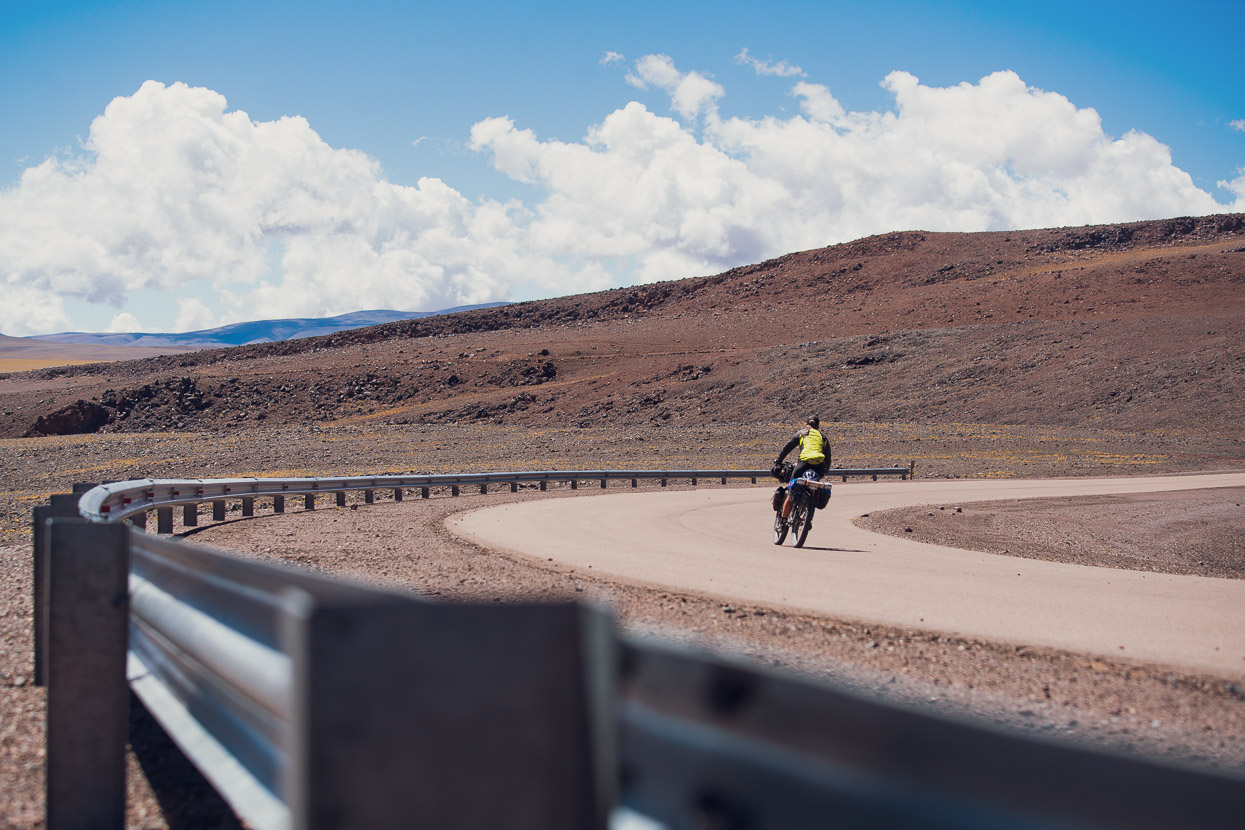
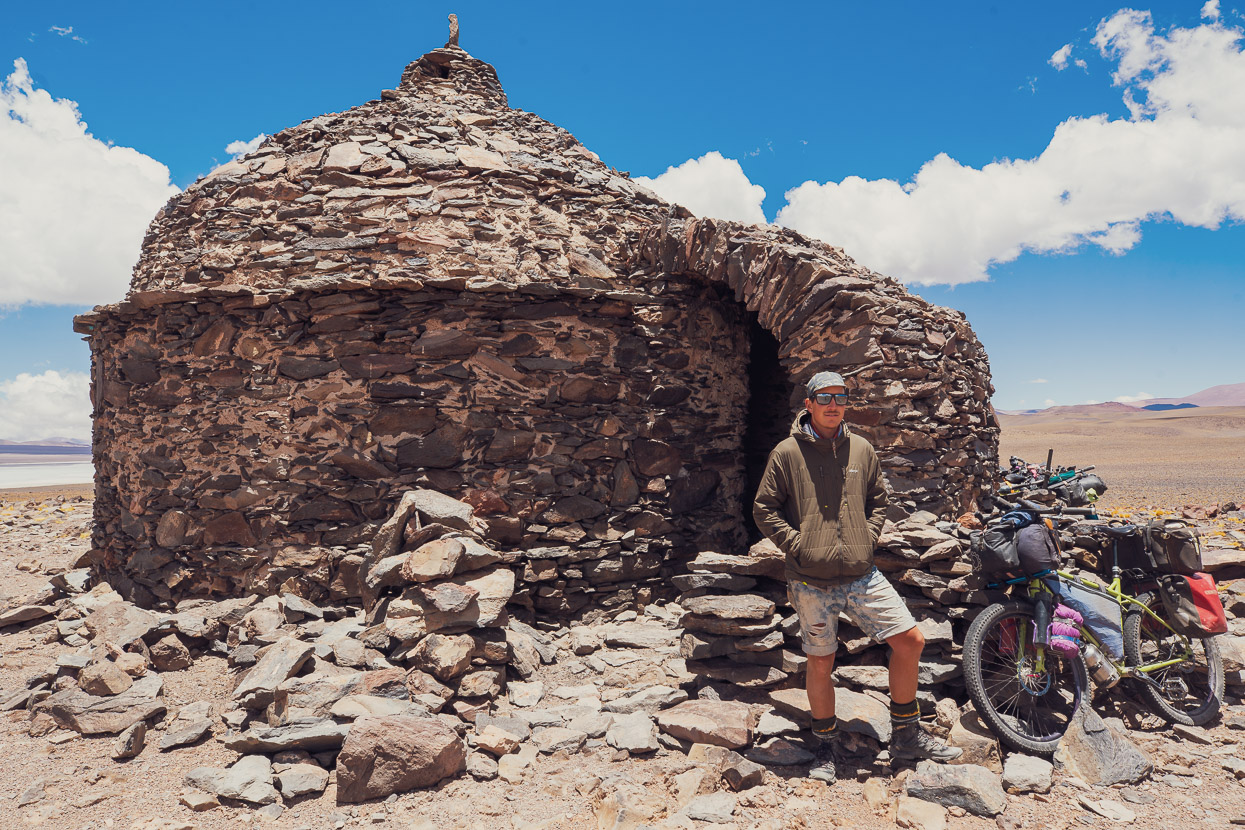
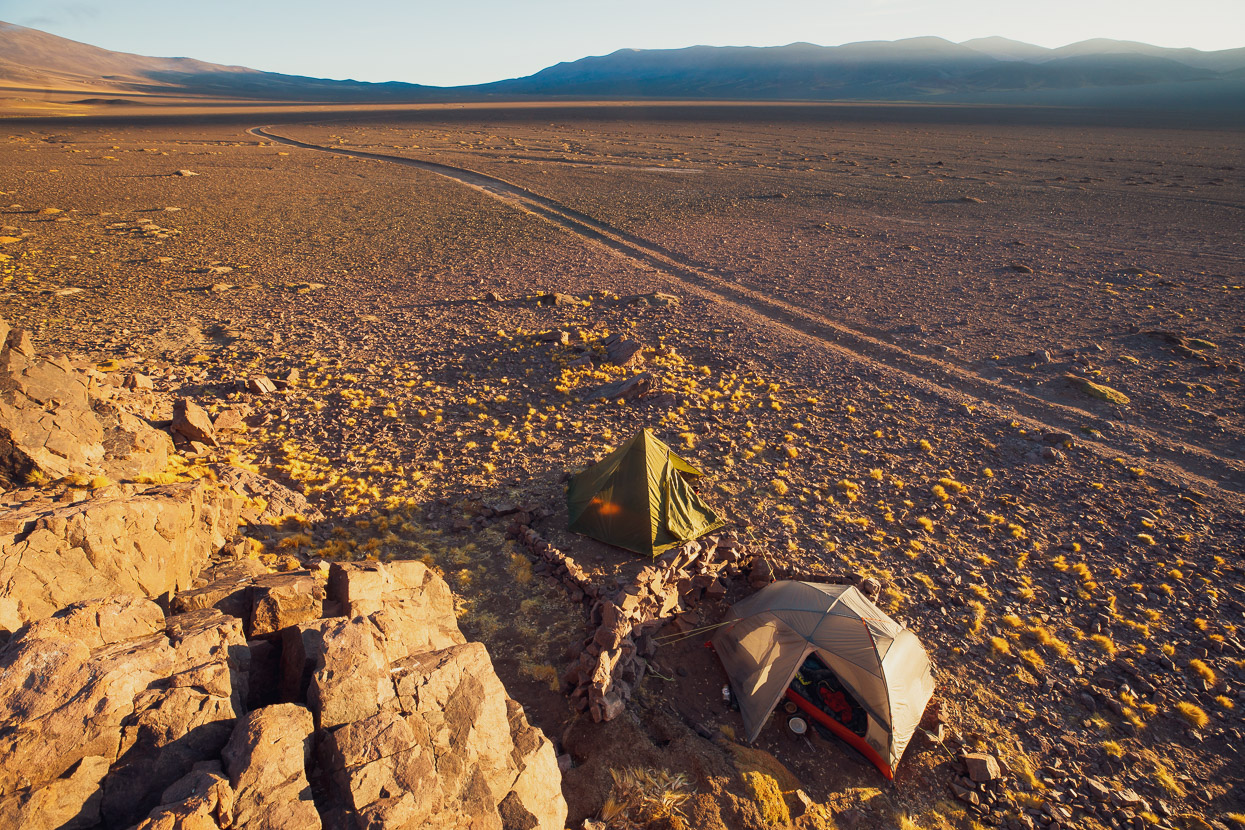
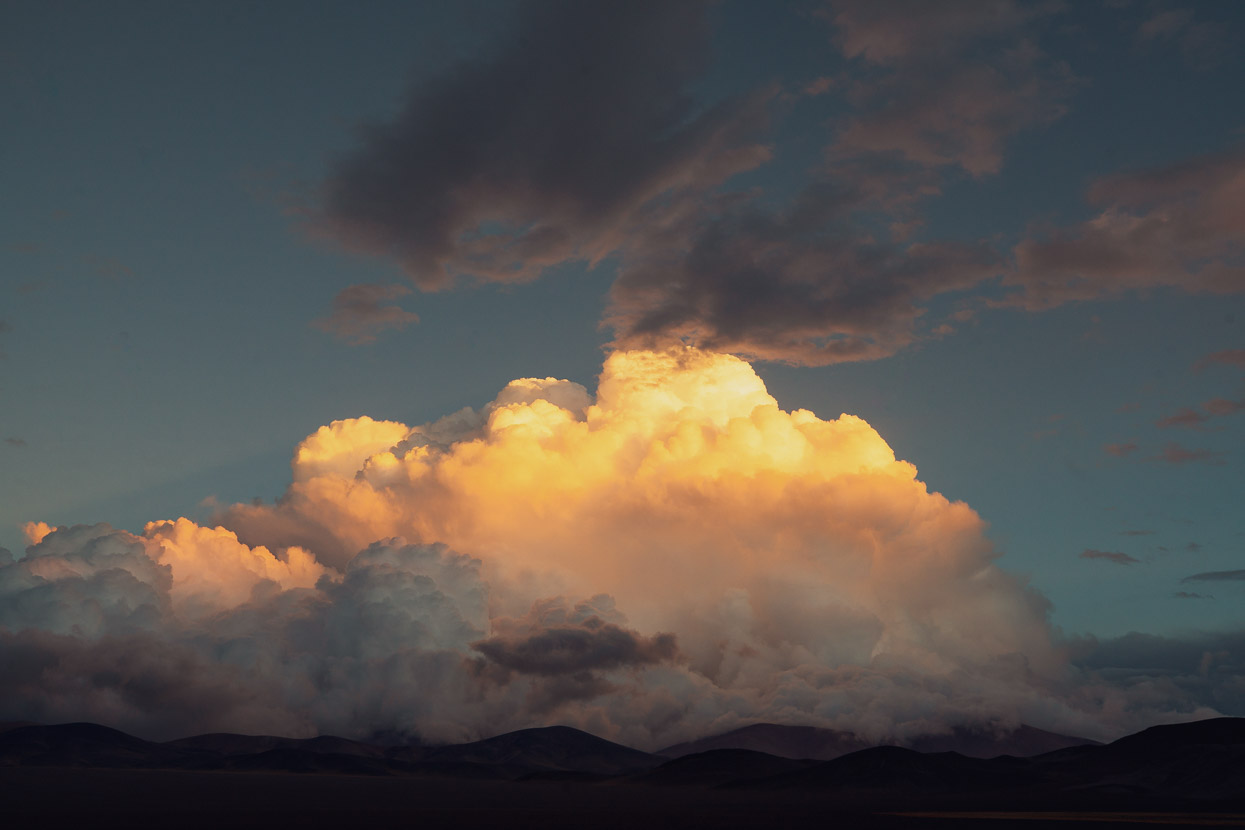
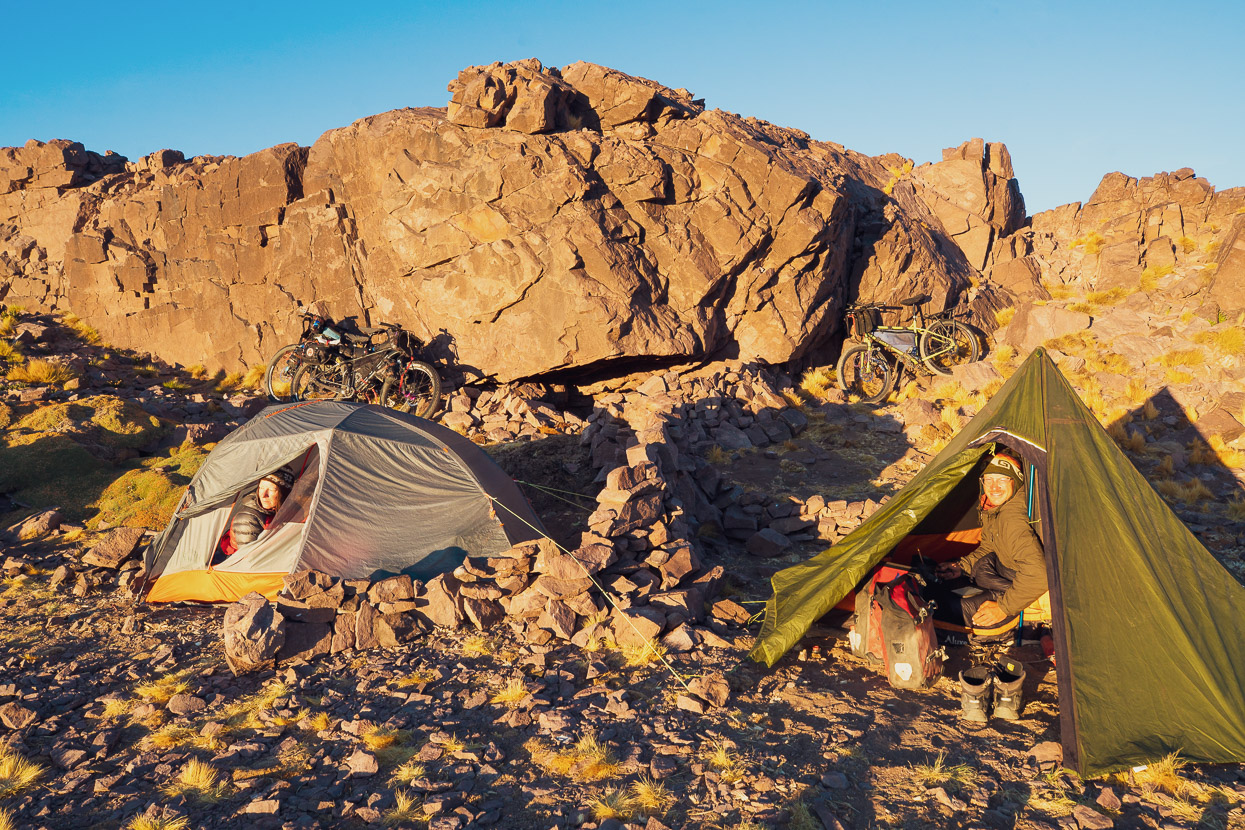
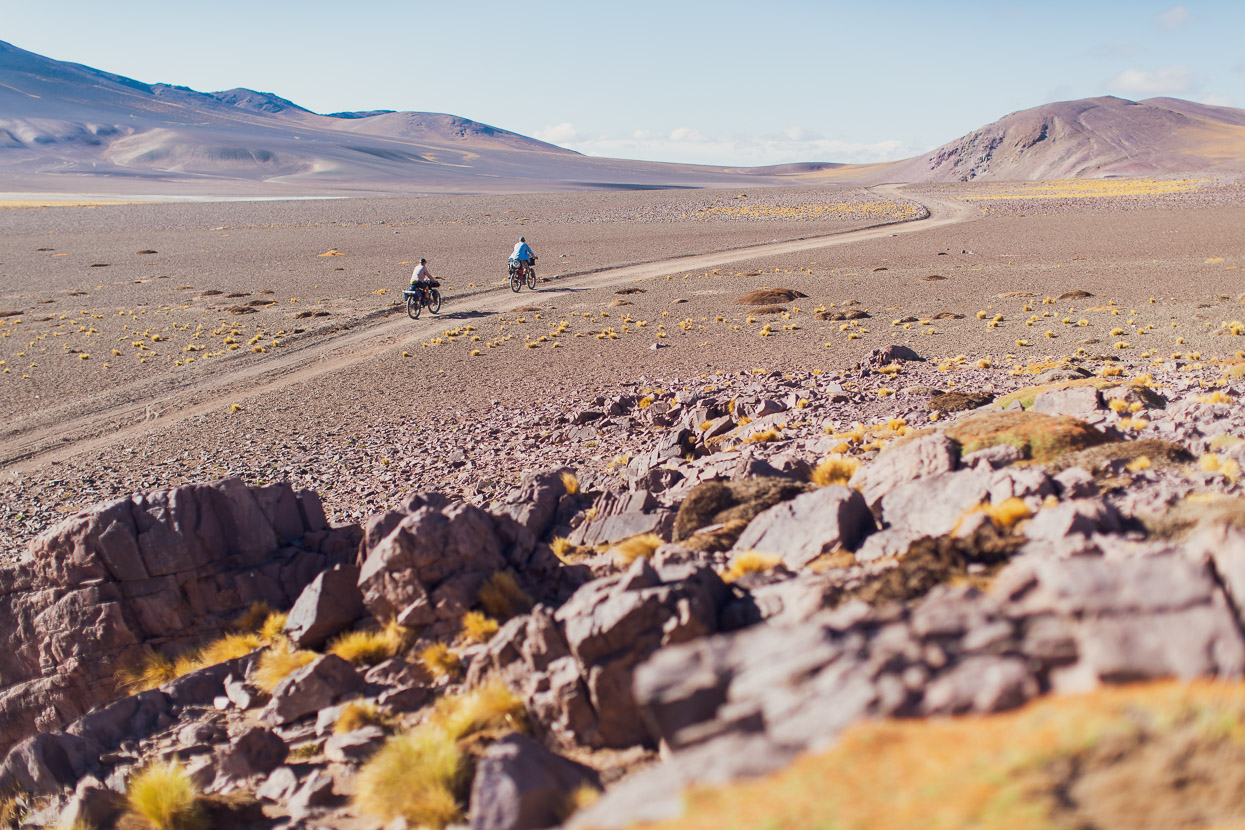
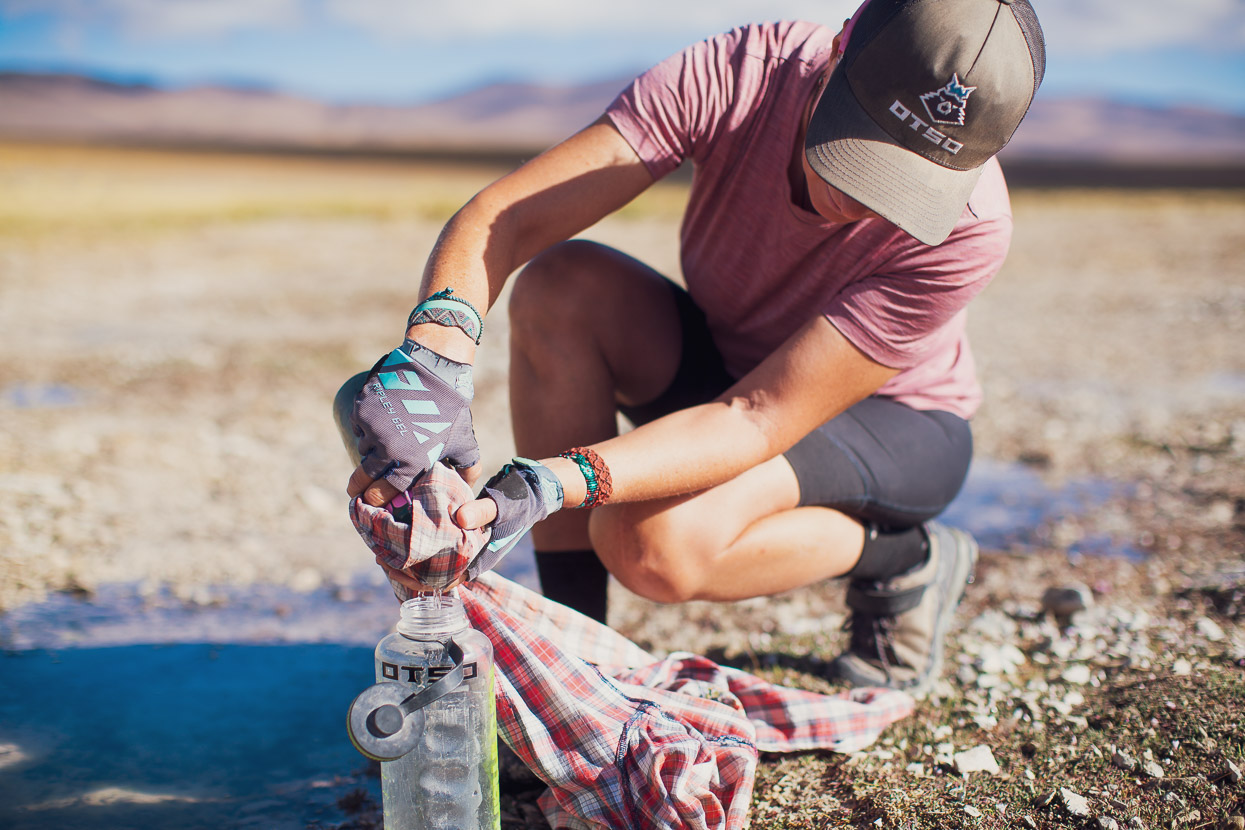
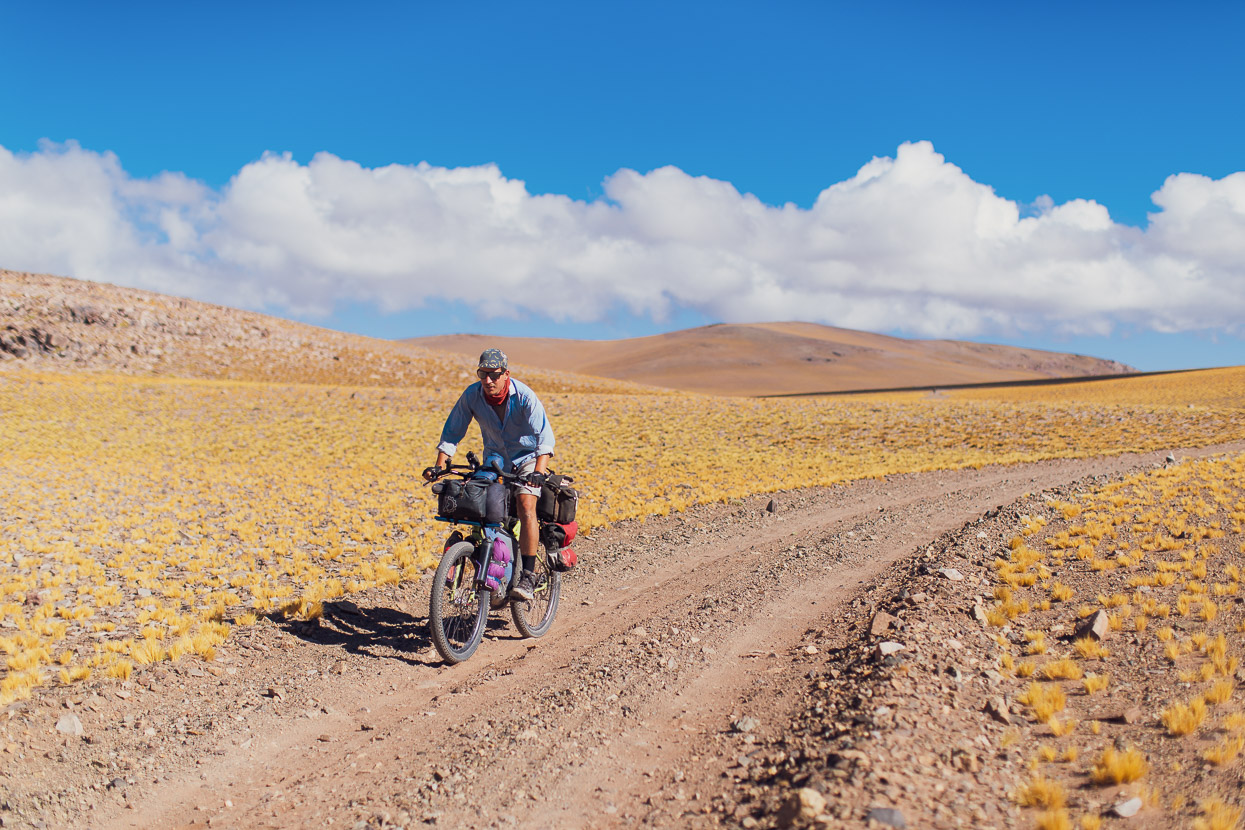
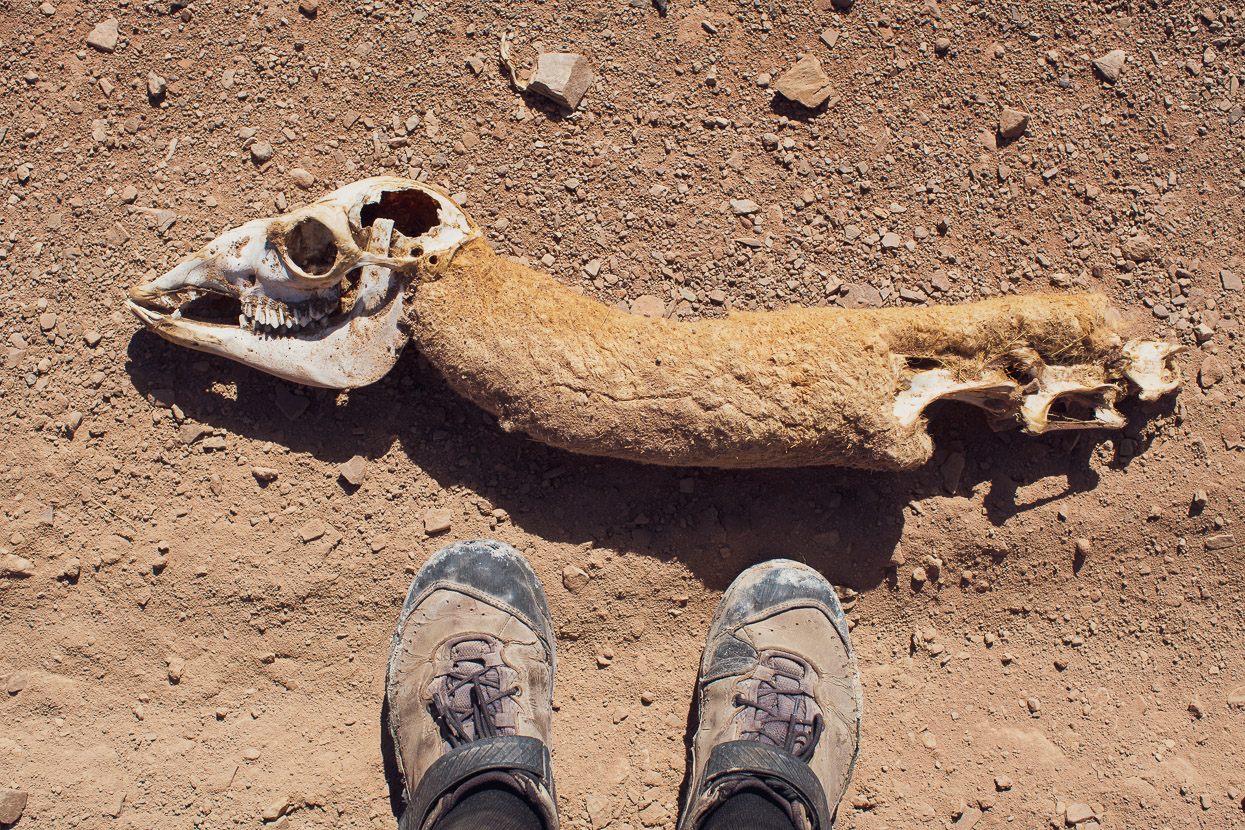
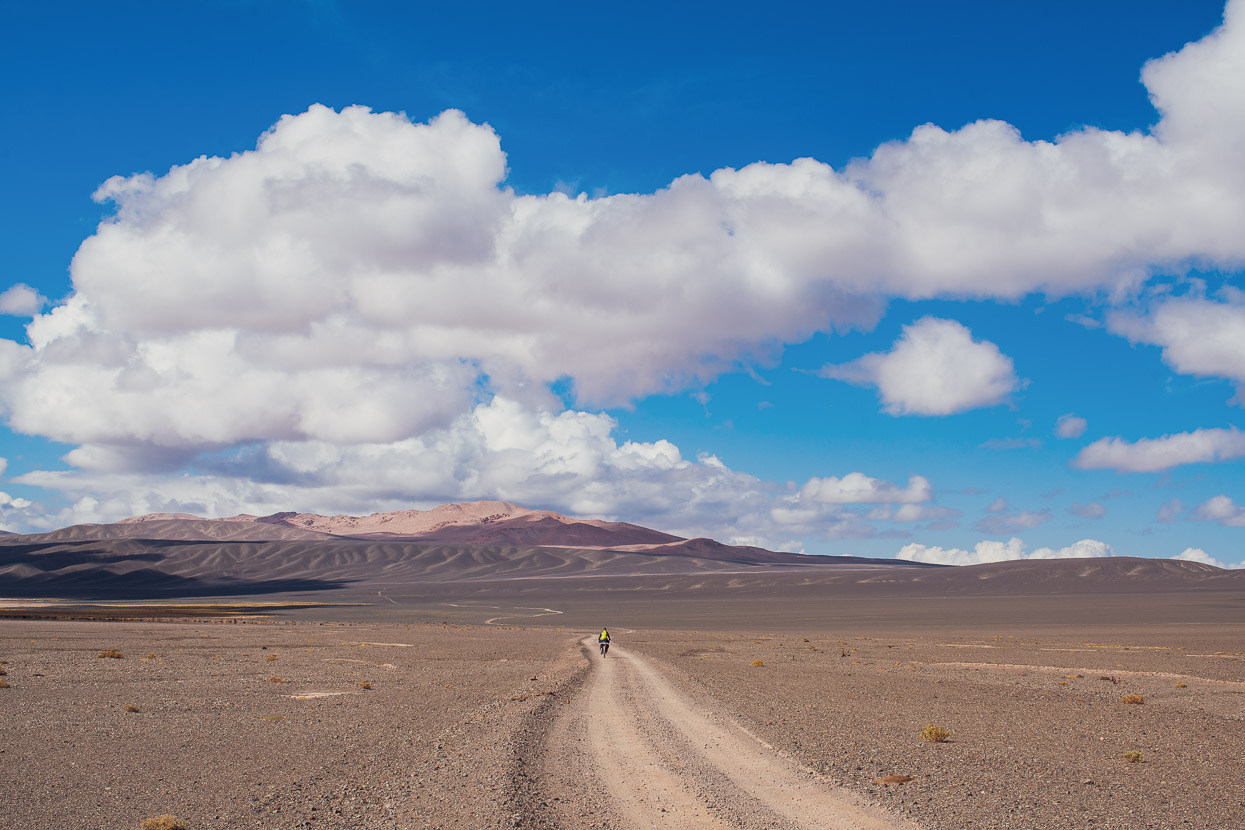
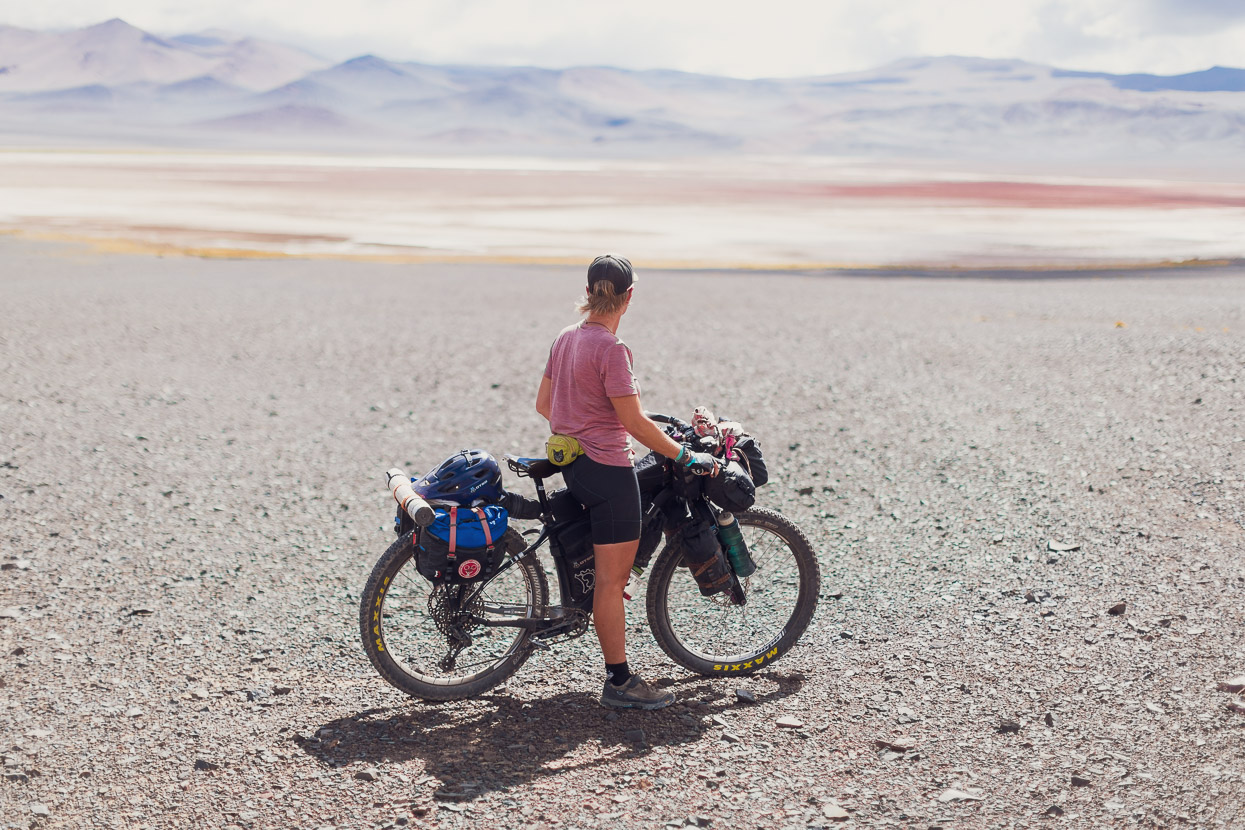
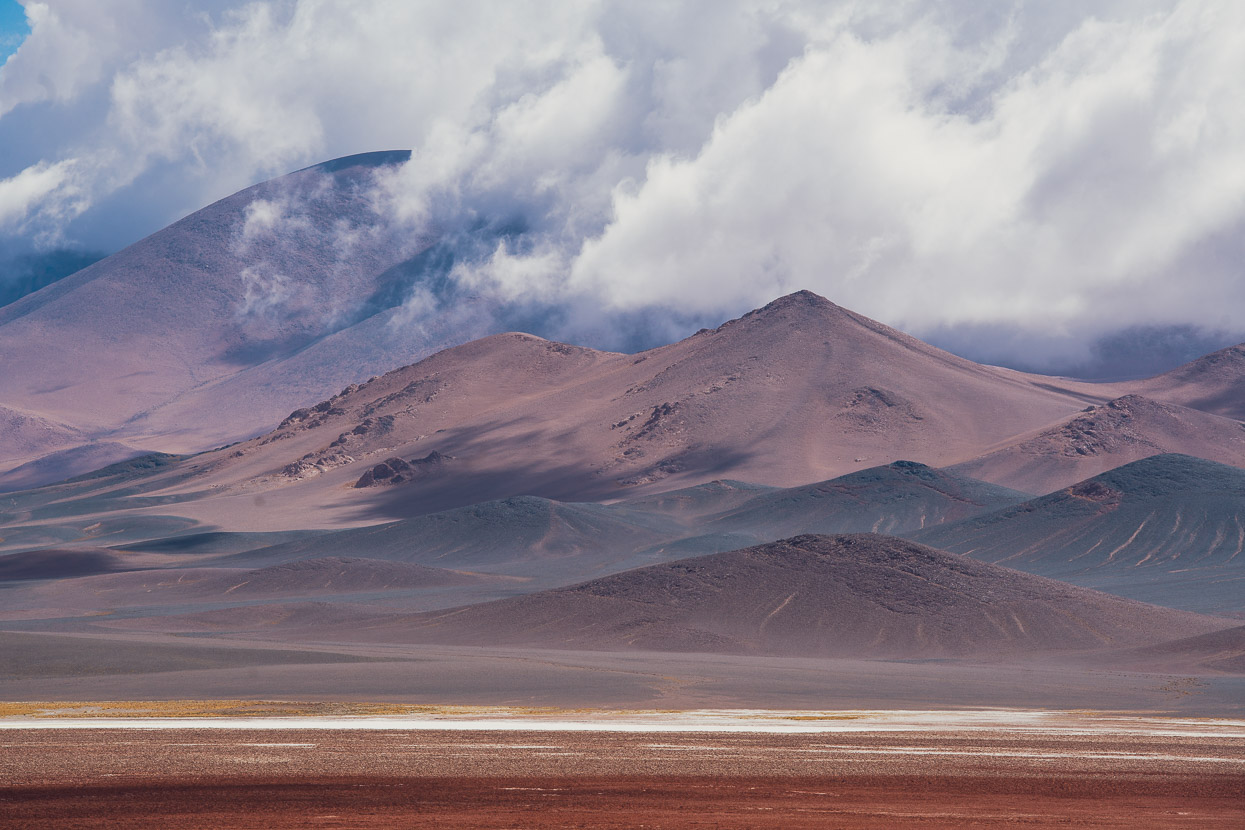
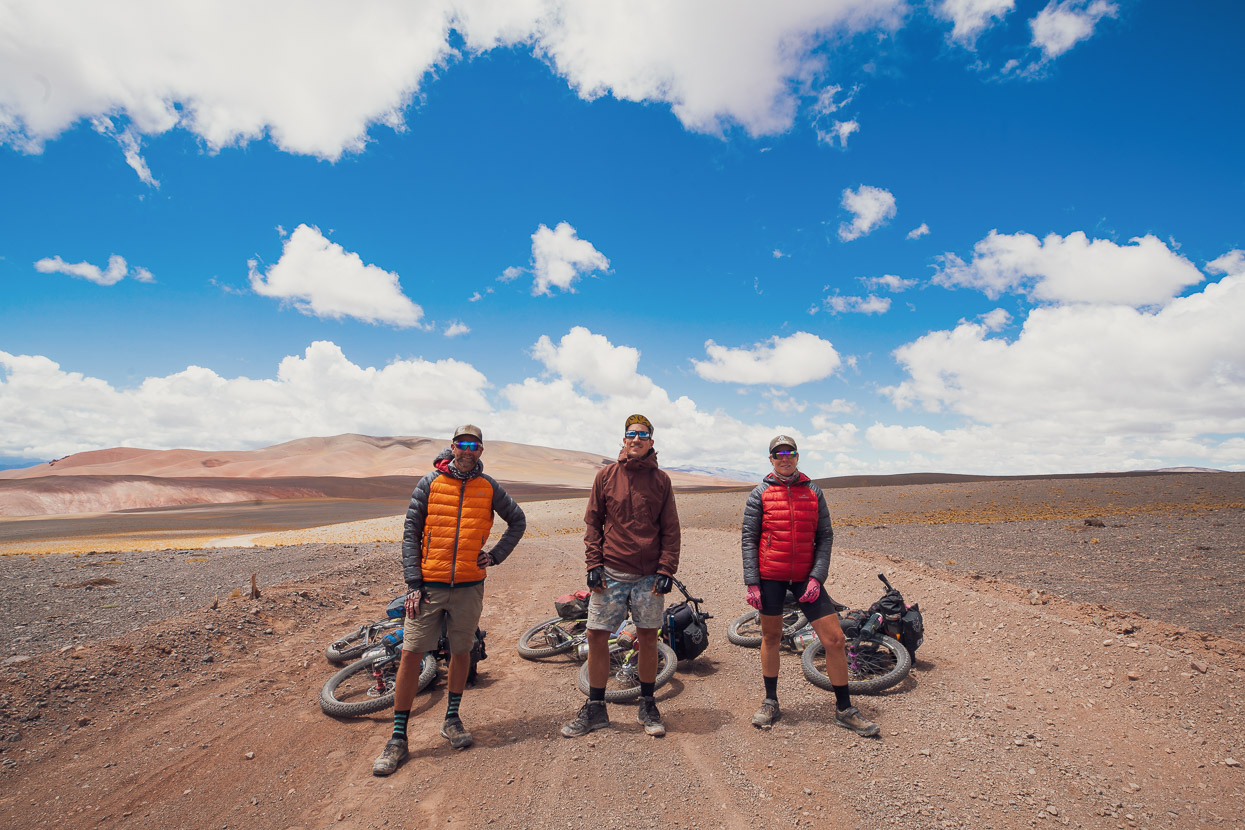
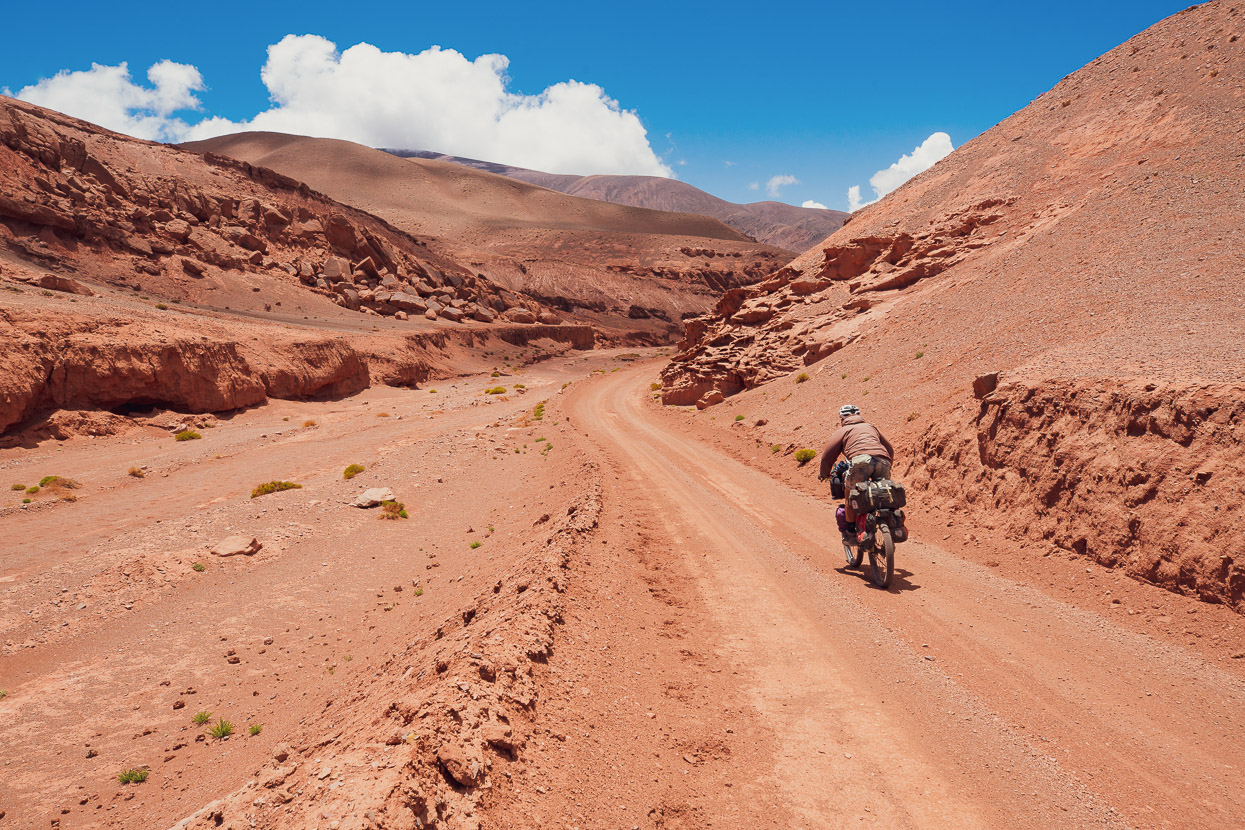
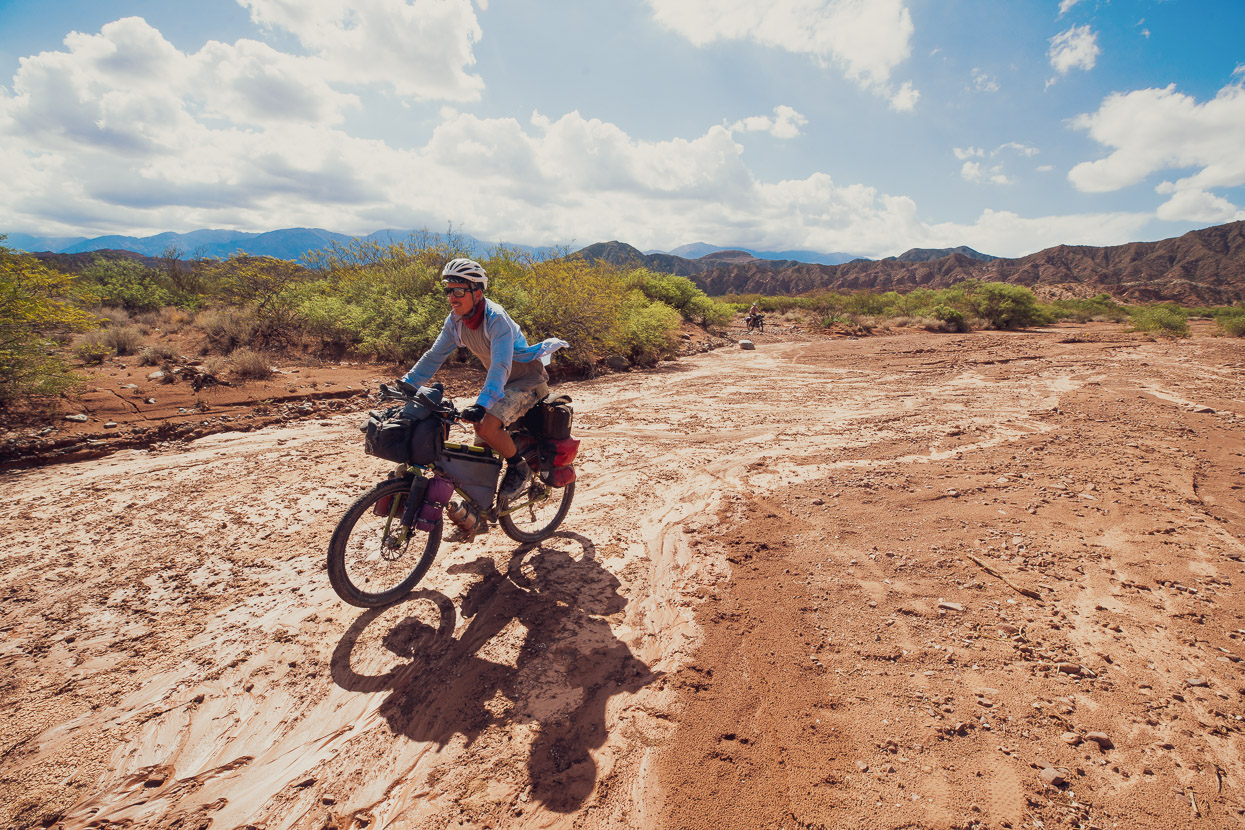
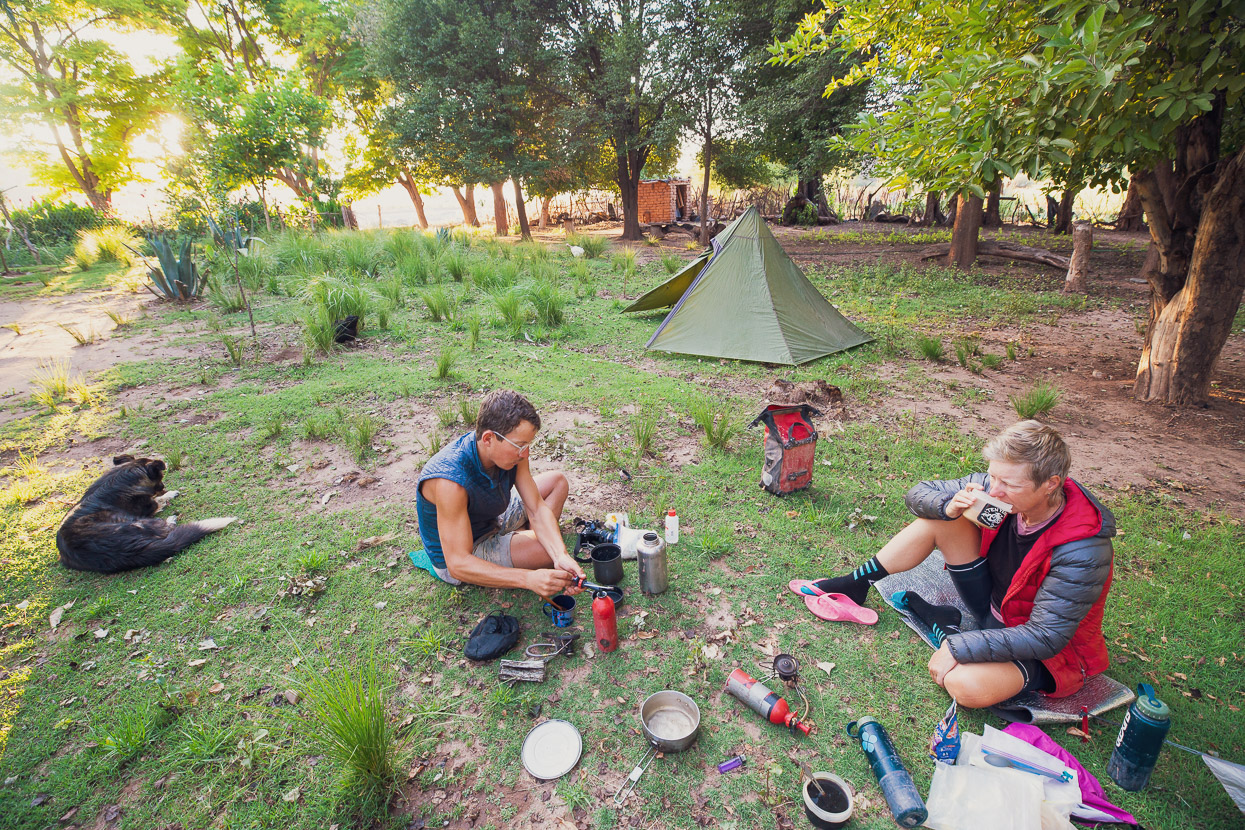
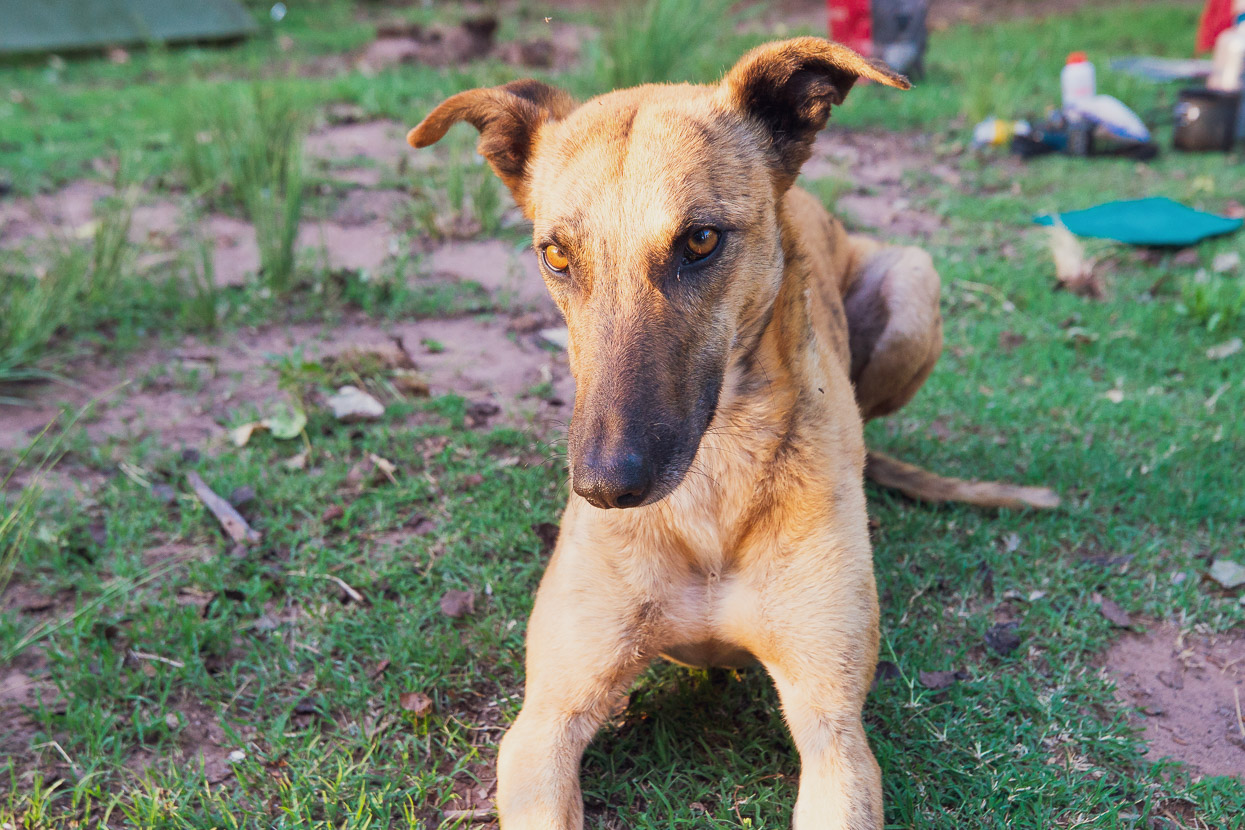
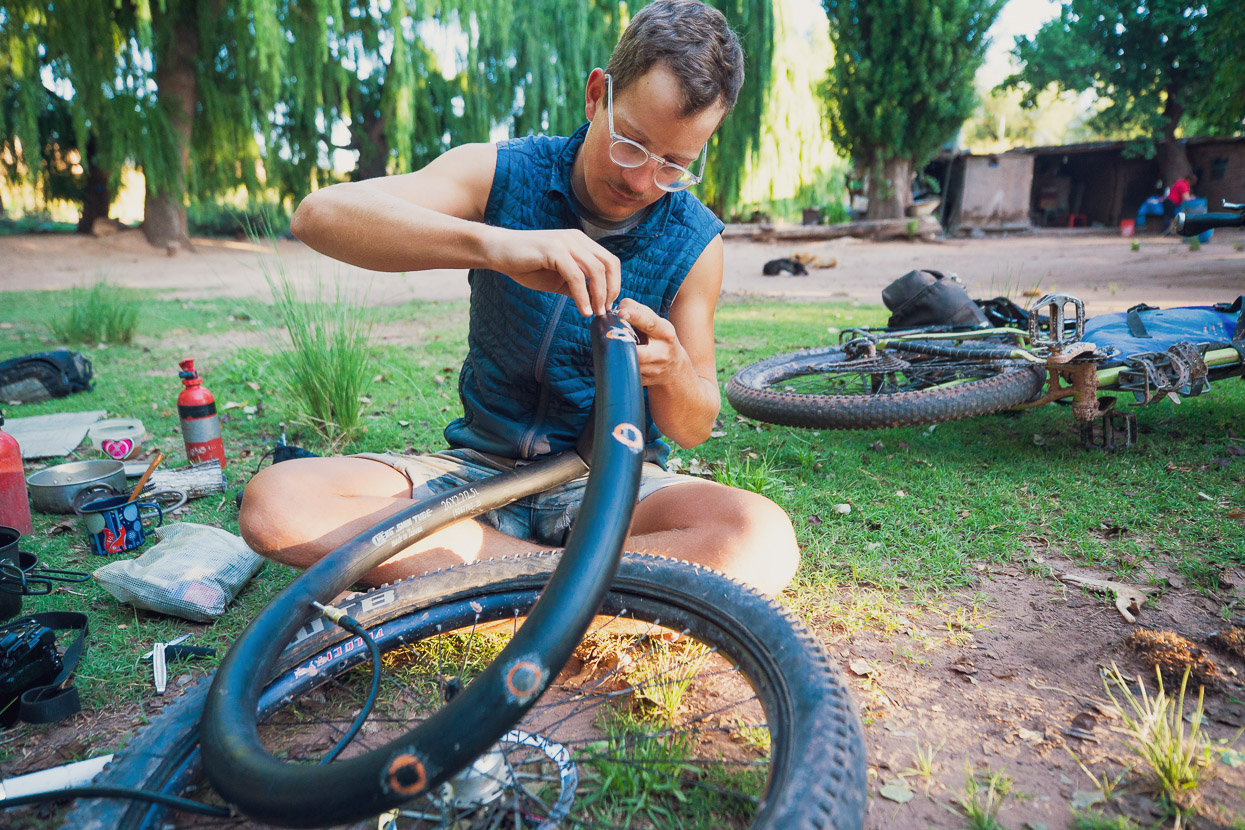
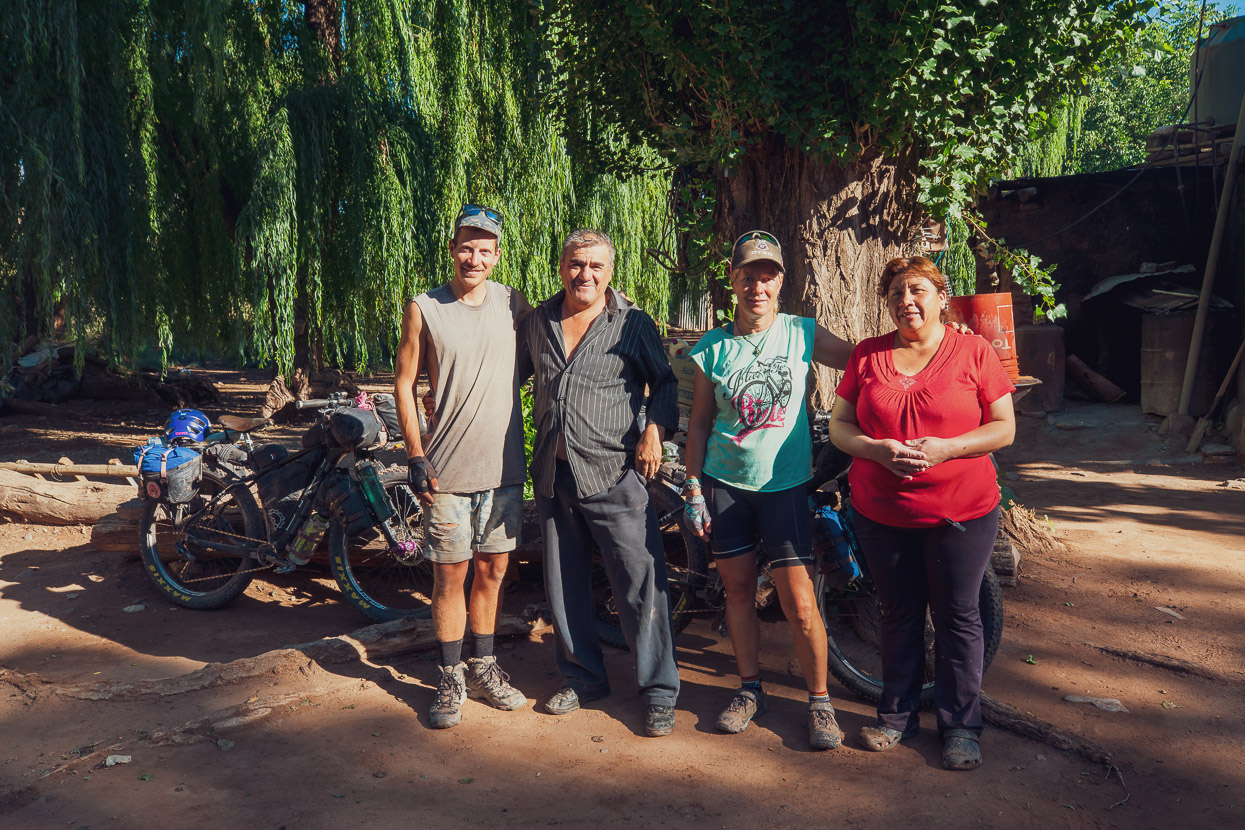
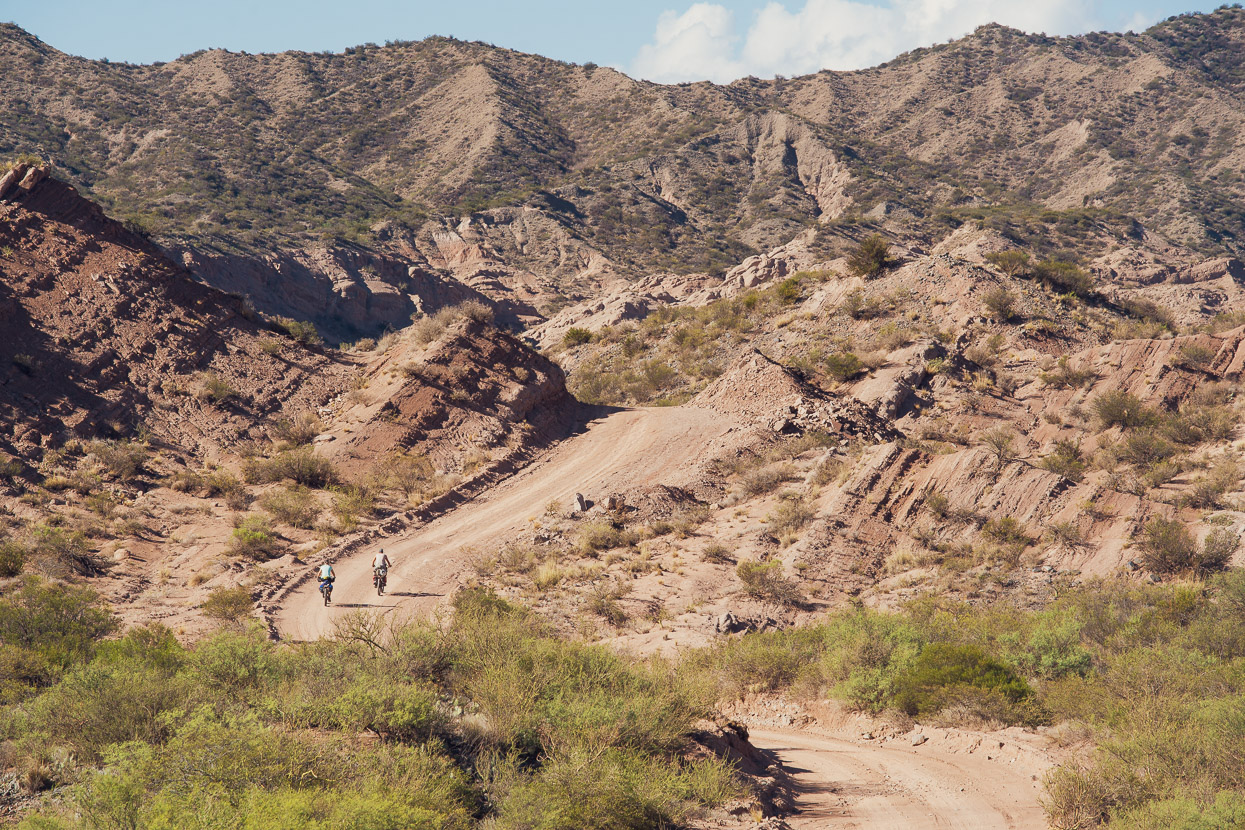
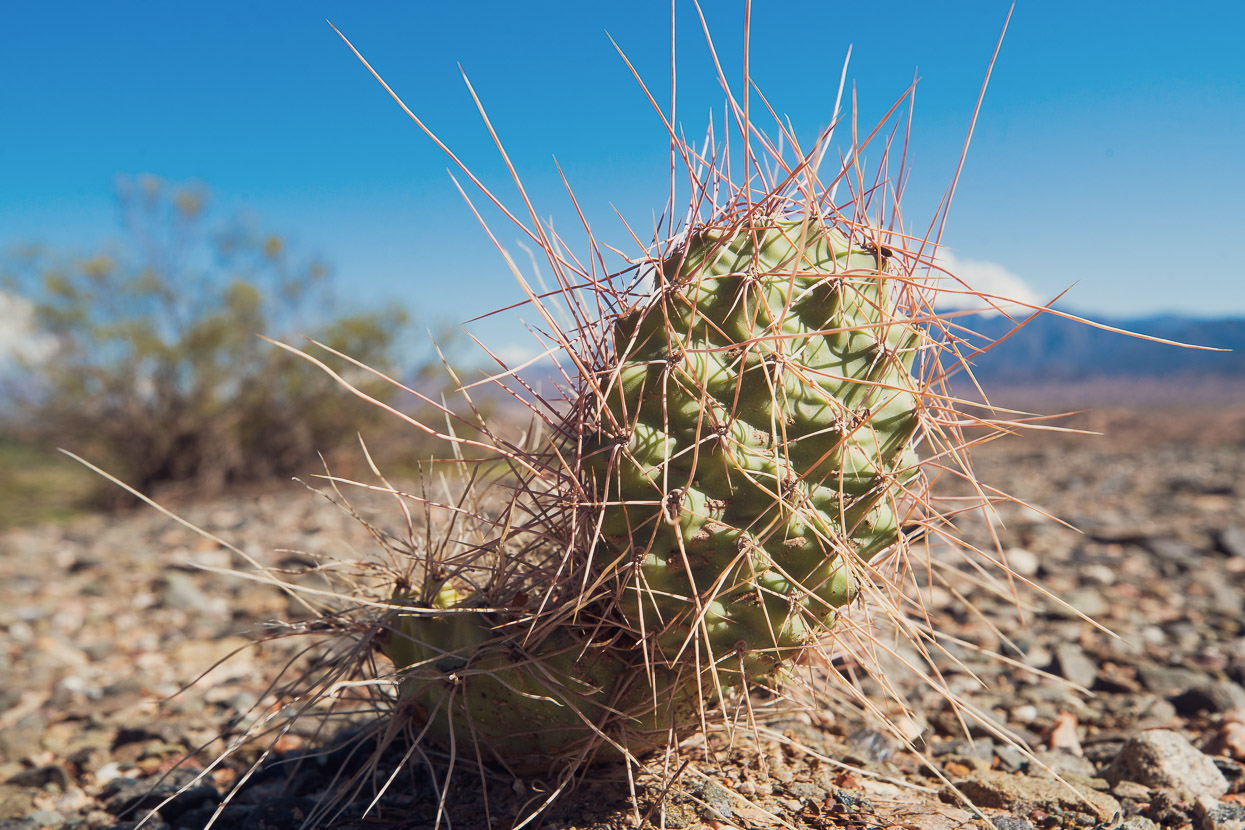
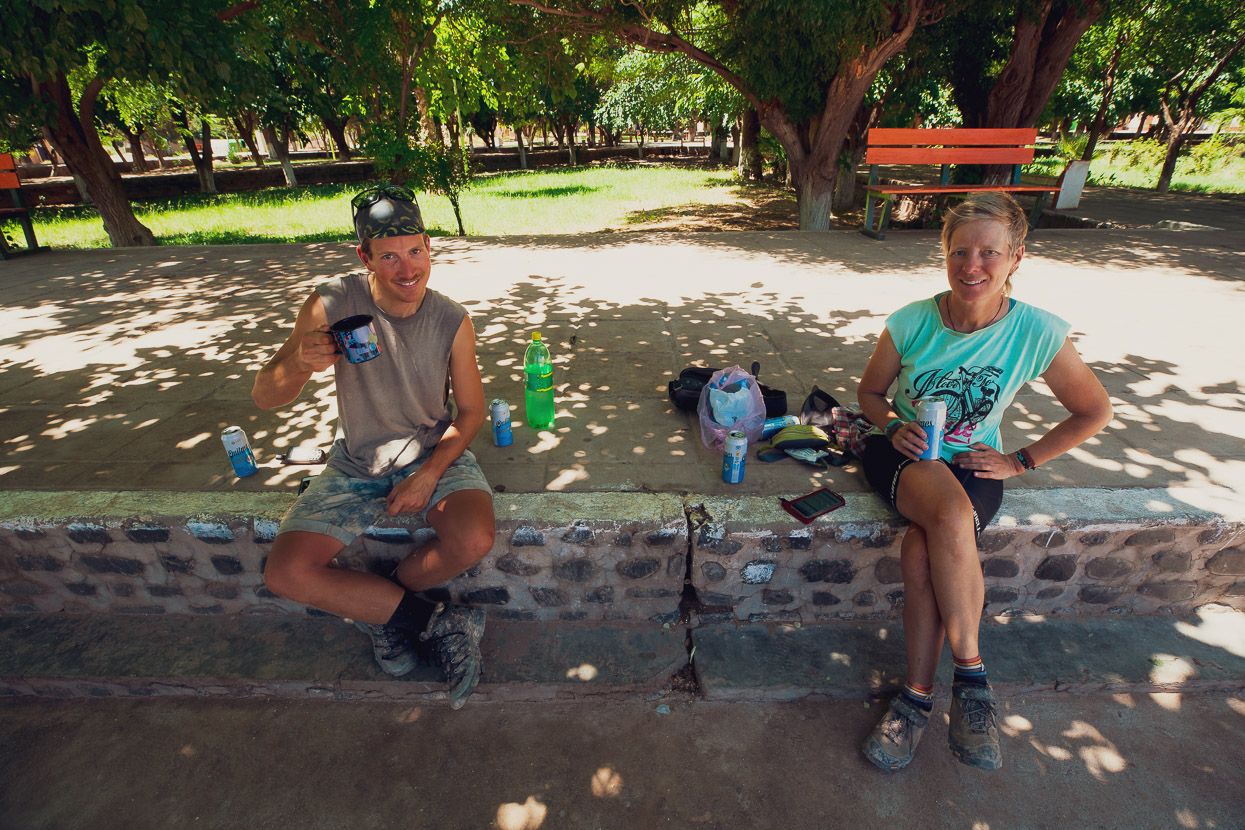
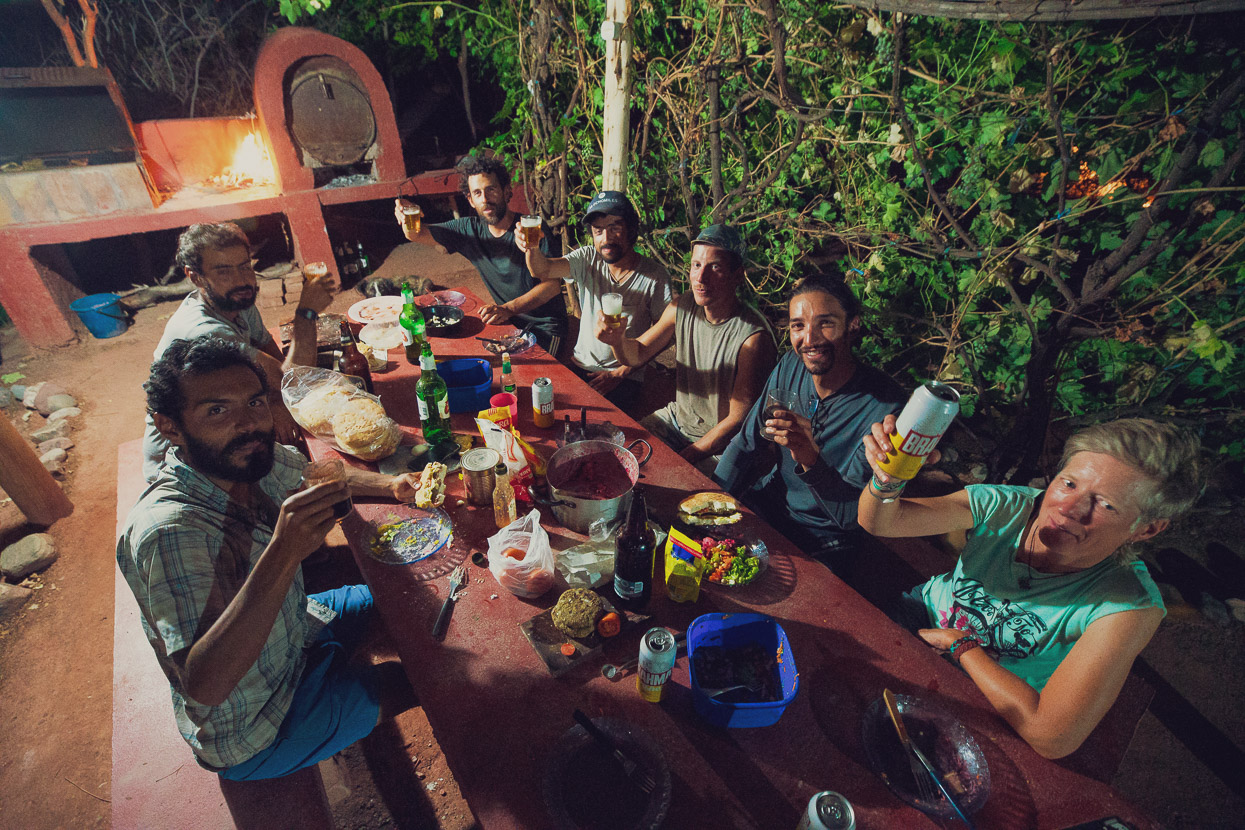




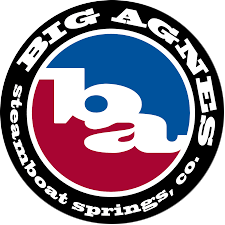





luvly
Great area, great ride.
Thanks Richard – it was a special experience indeed. One of the best.
Hi Guys,
There are few places in the world, outside of the high latitudes, that require such a deep immersion in the spirit of adventure & its attendant risks. Few people will understand what you have just done. Well done to both of you & your colleagues, a great achievement.
Regards
Peter
Nice words. Thanks Peter. Yes to travel through there independently and with self reliance was a powerful experience. We had an opportunity to apply the skills we have developed over the years, and also to learn some more! Amazing place & experience.